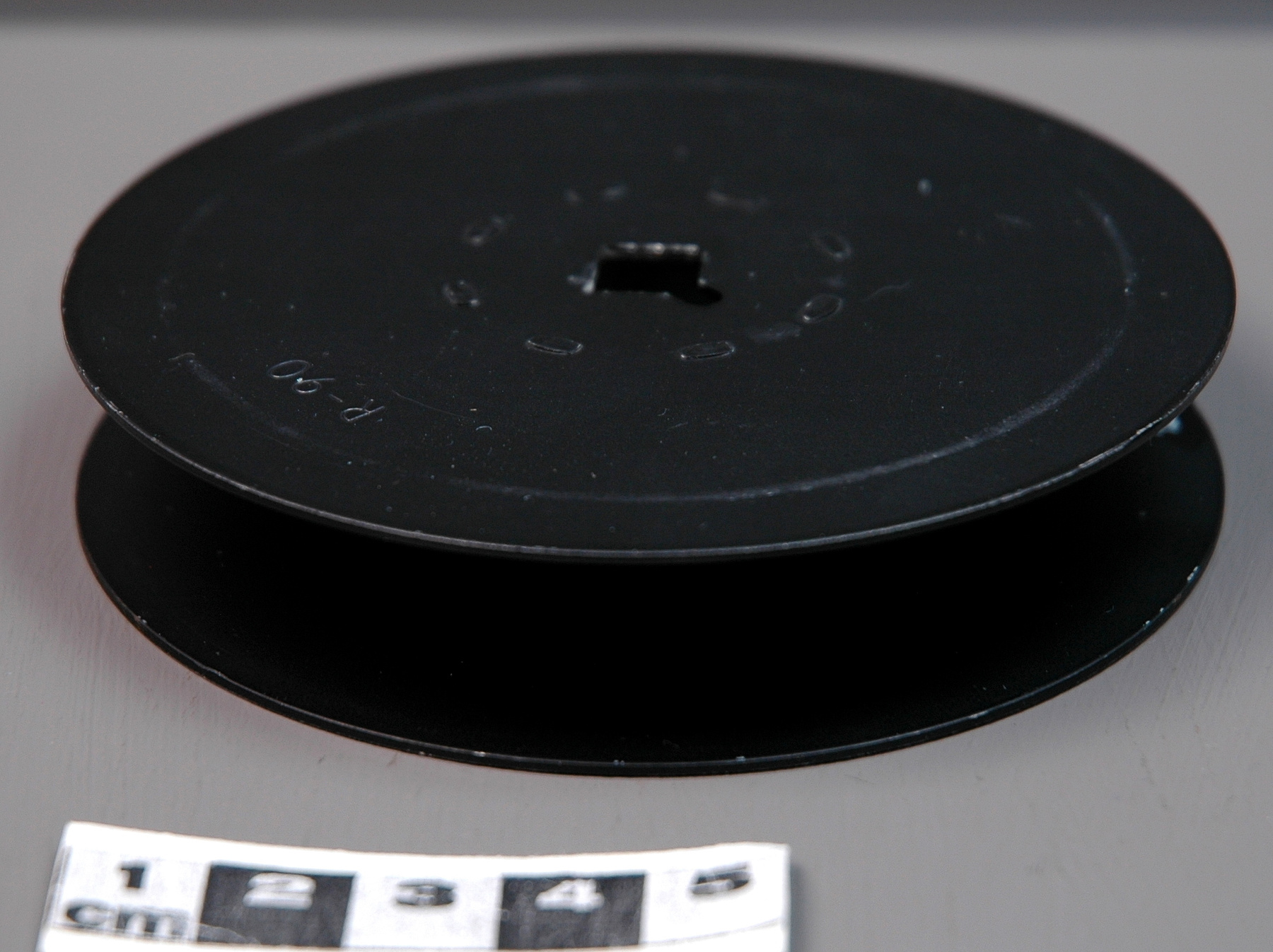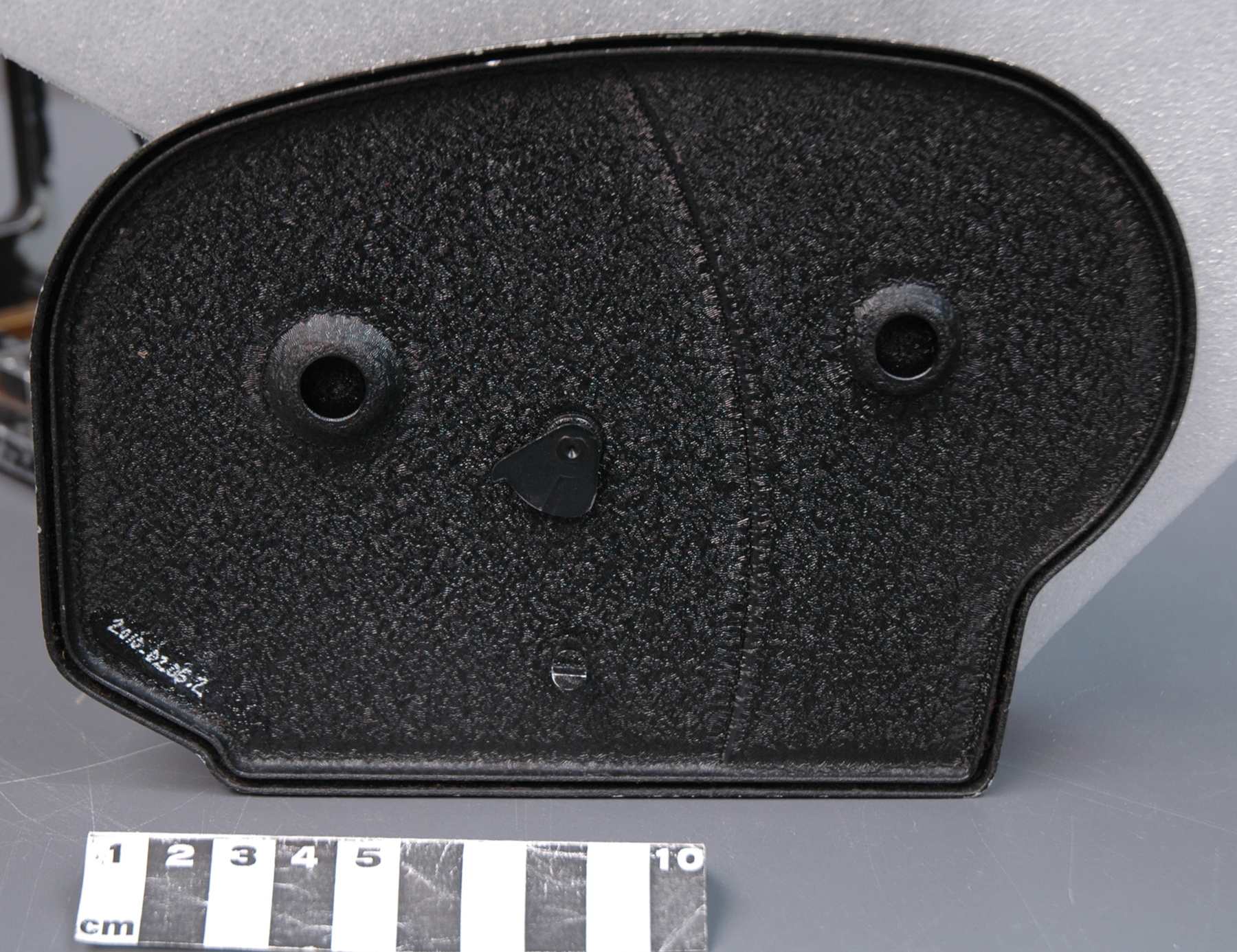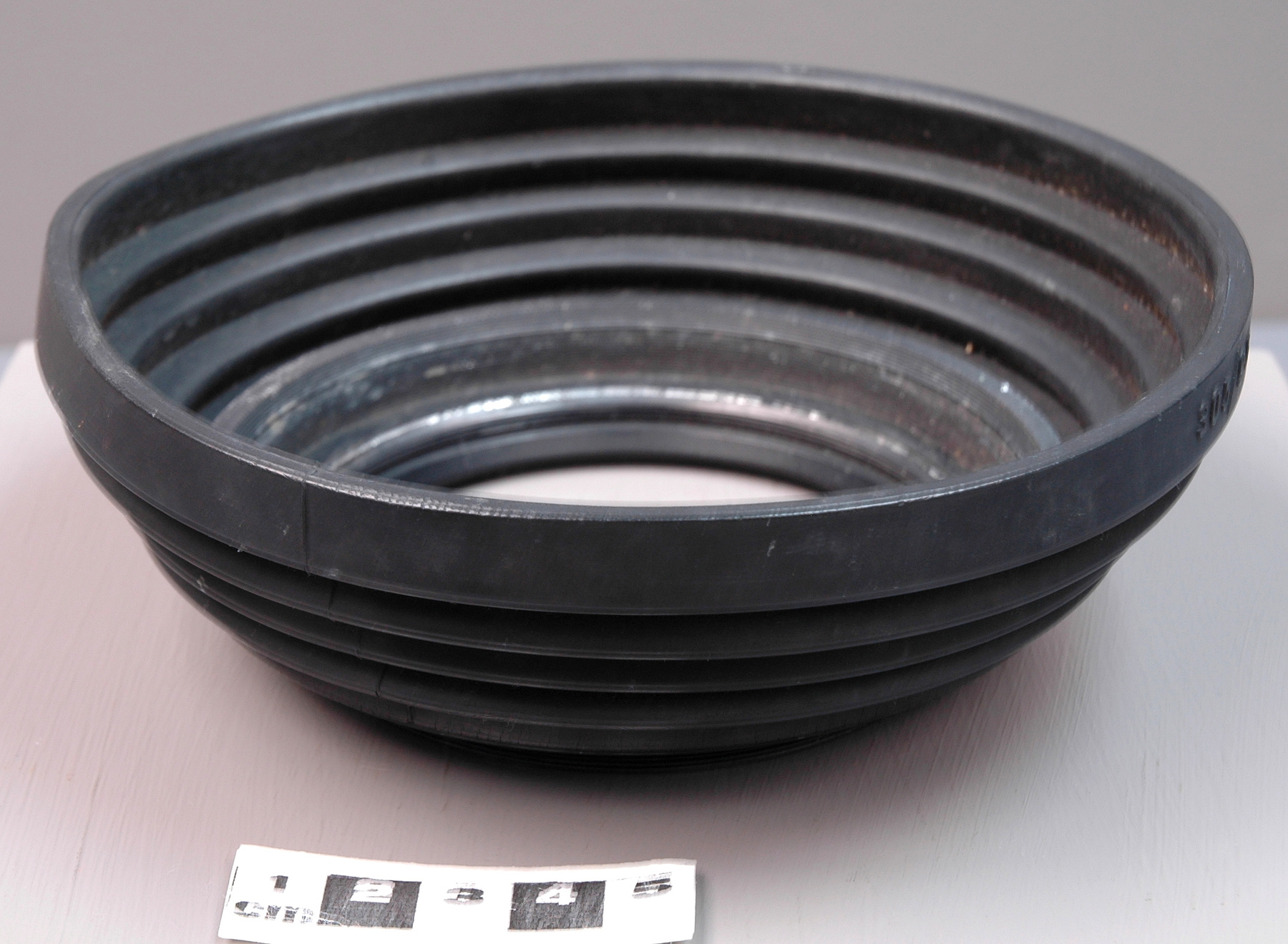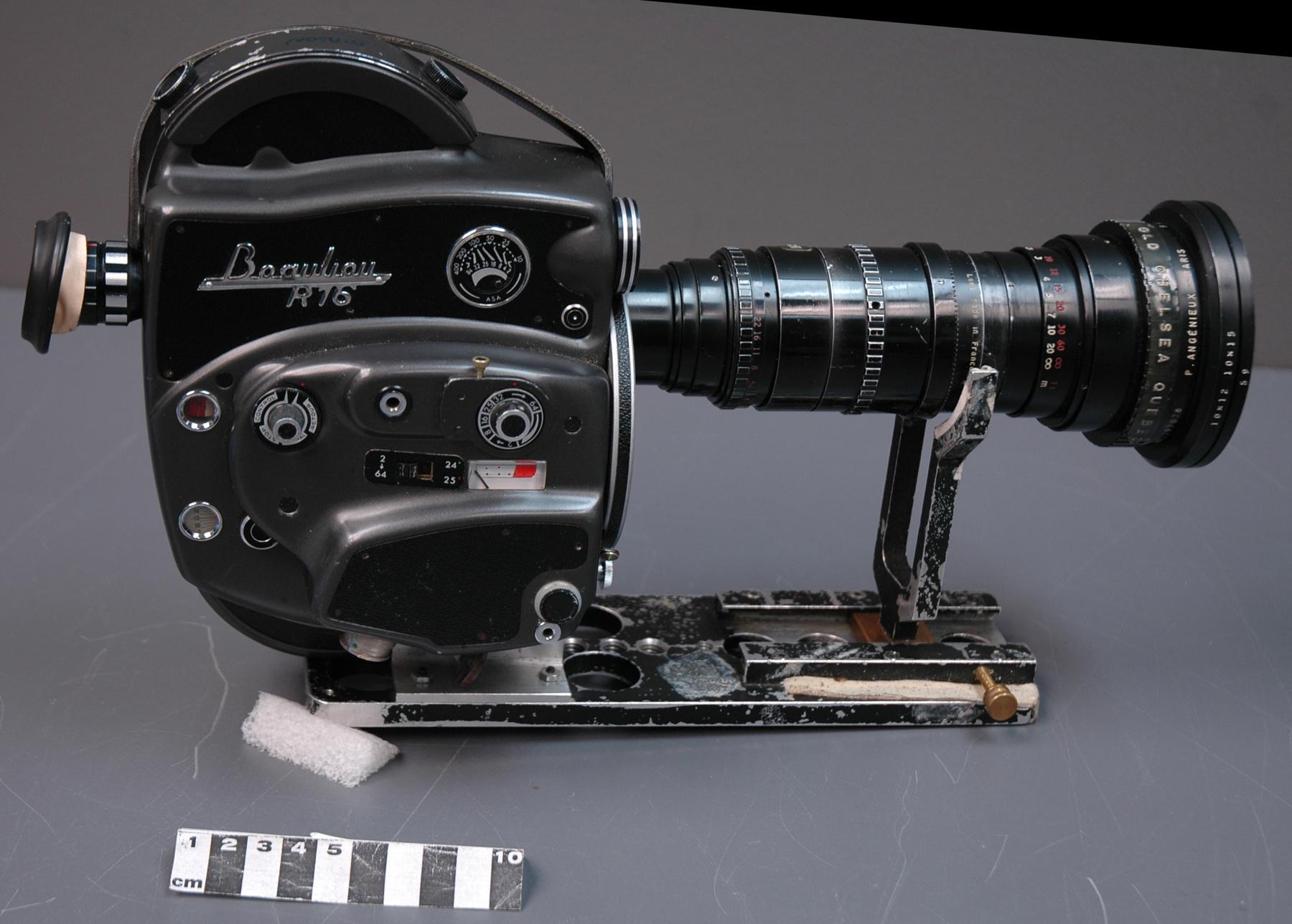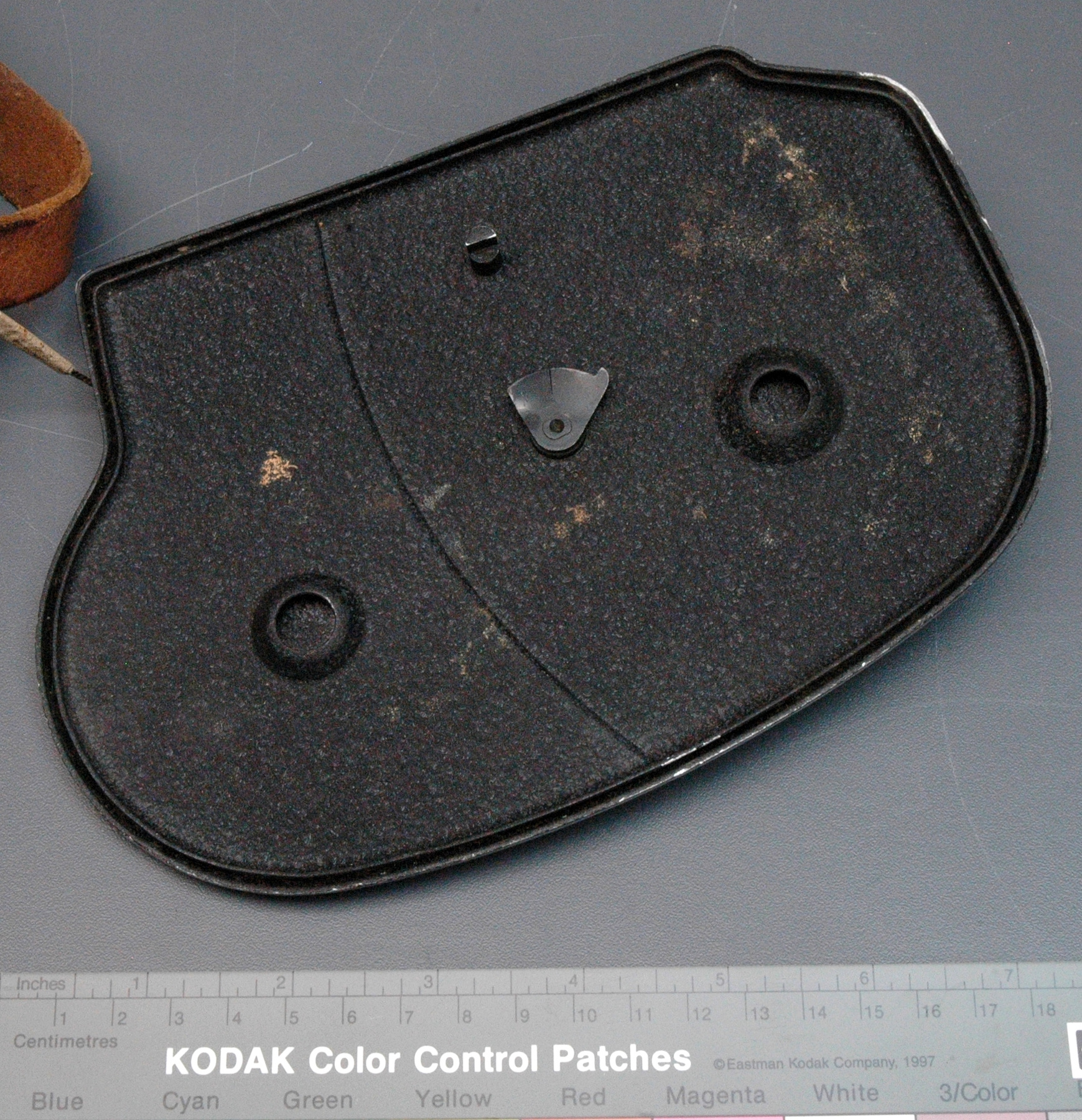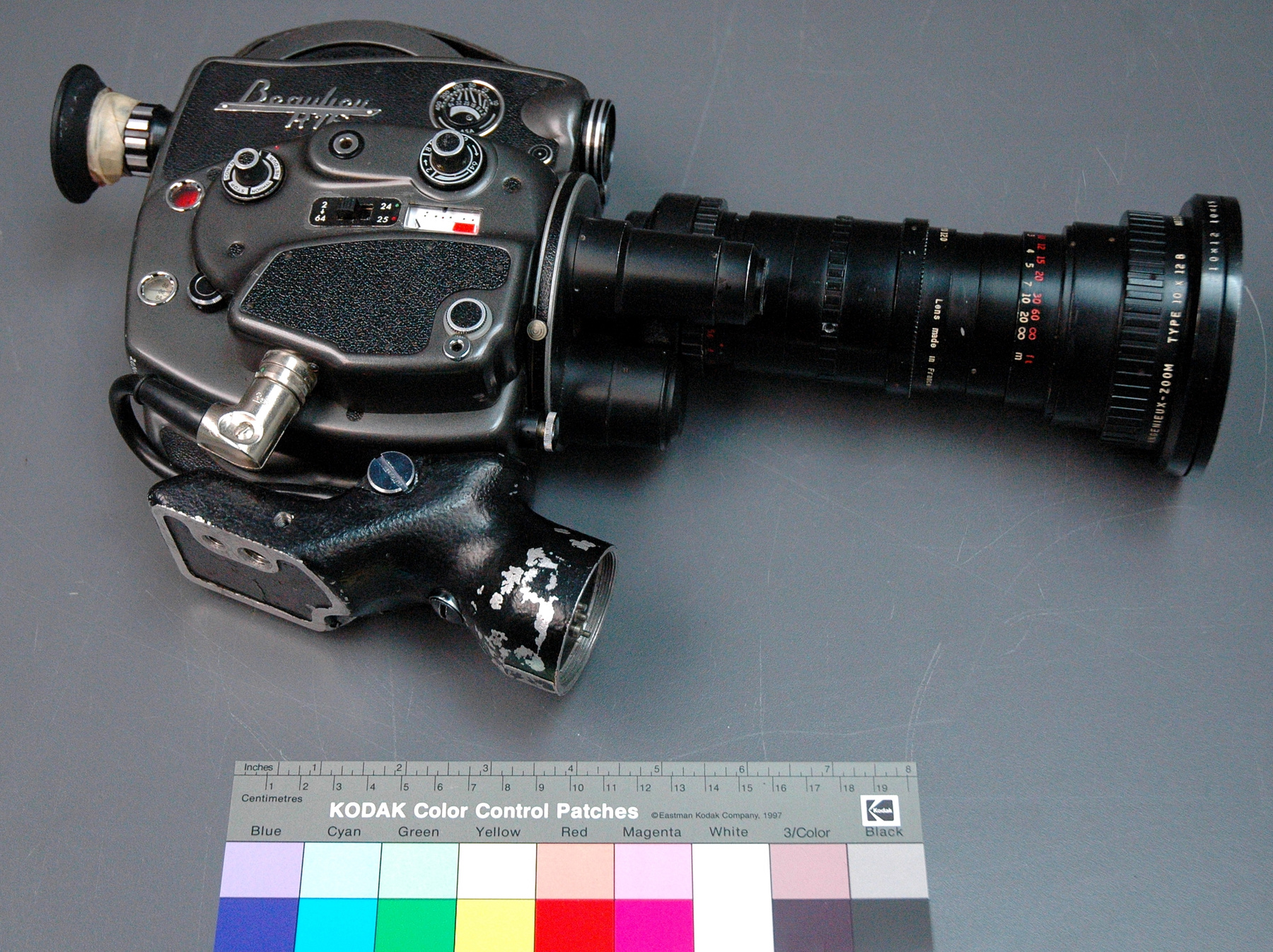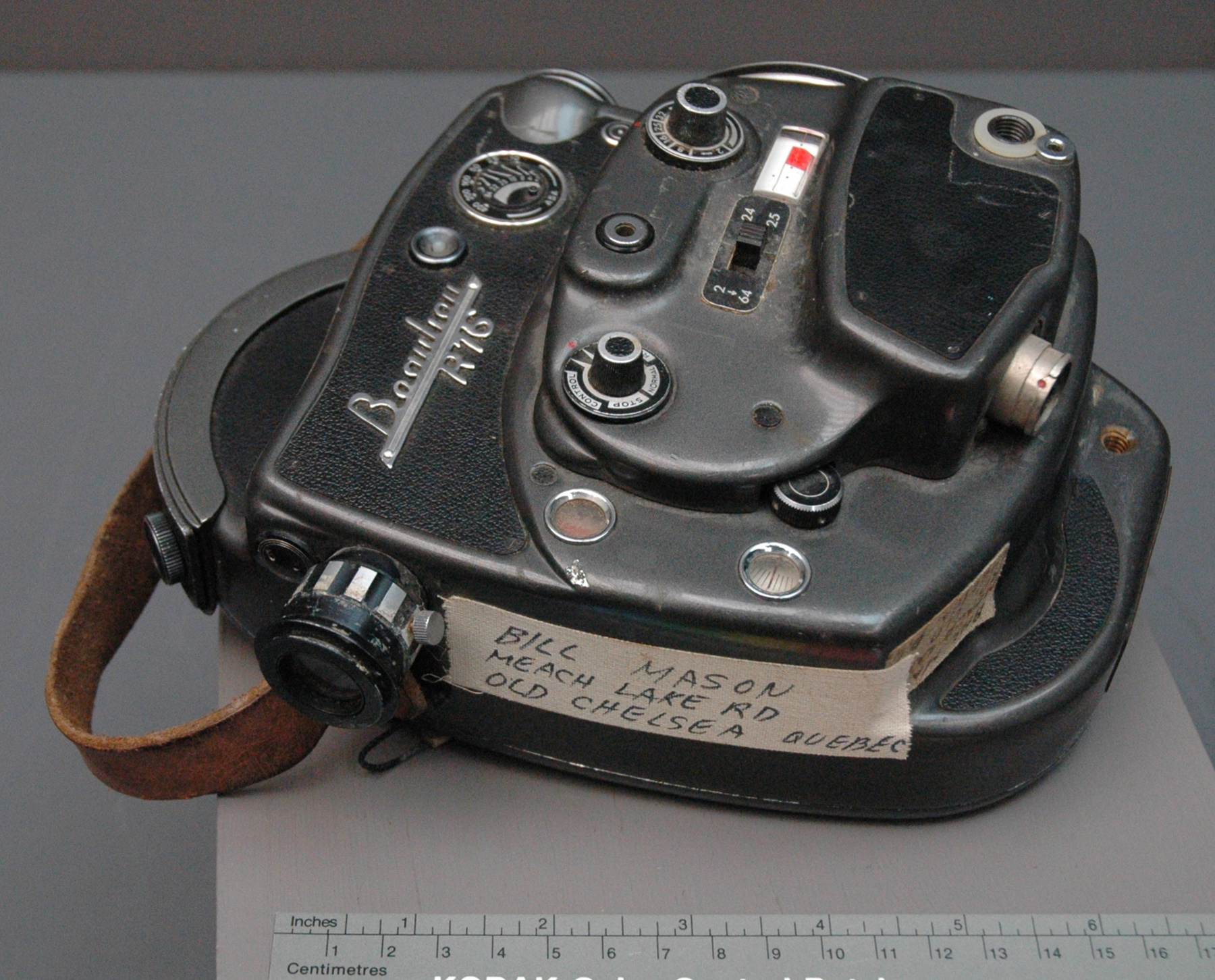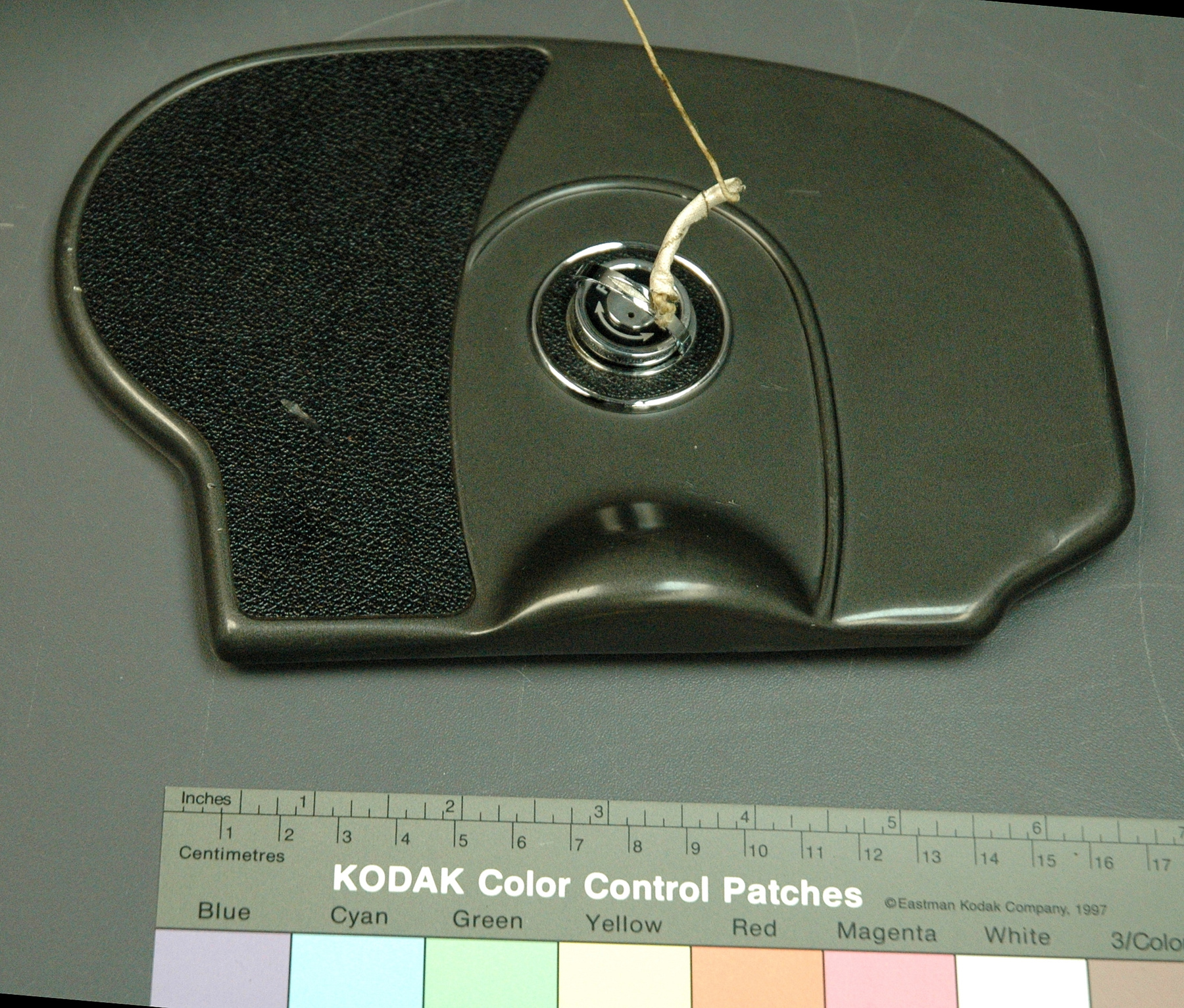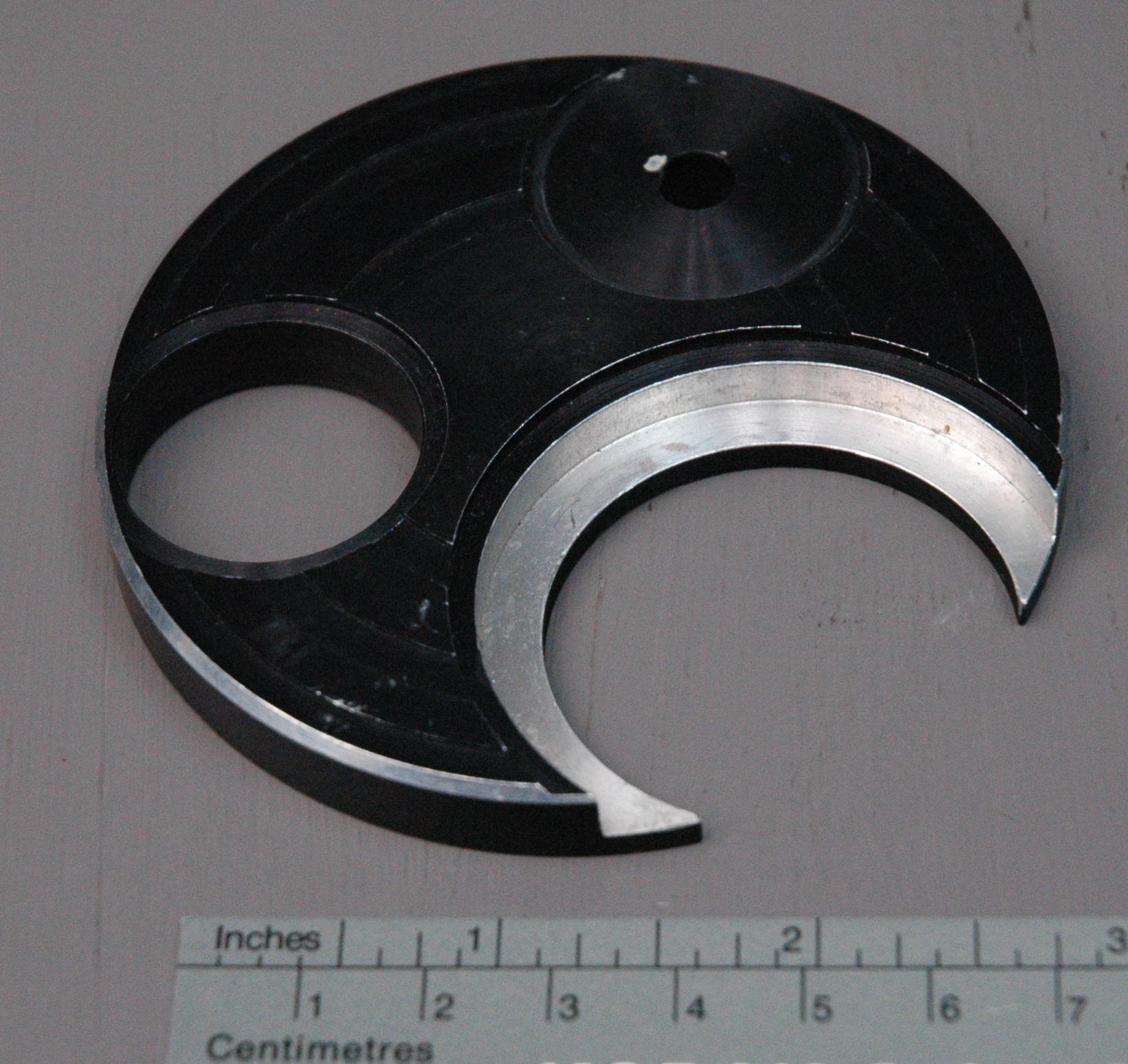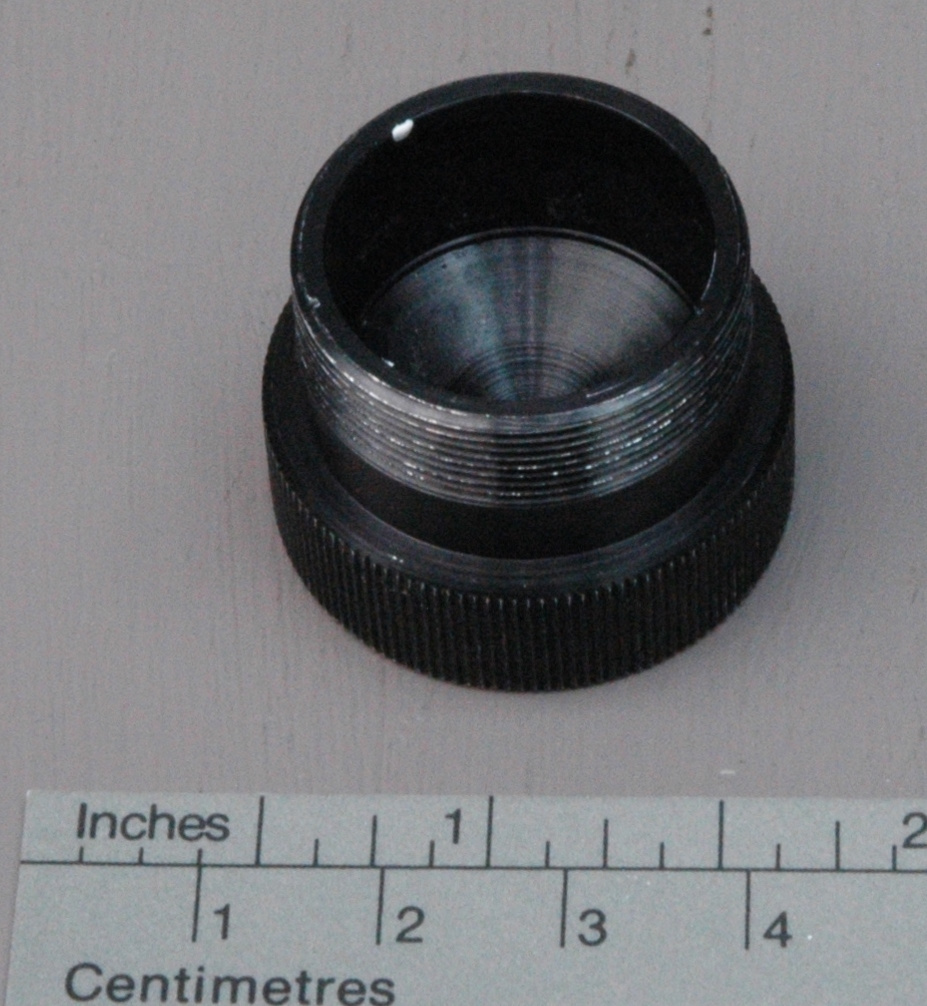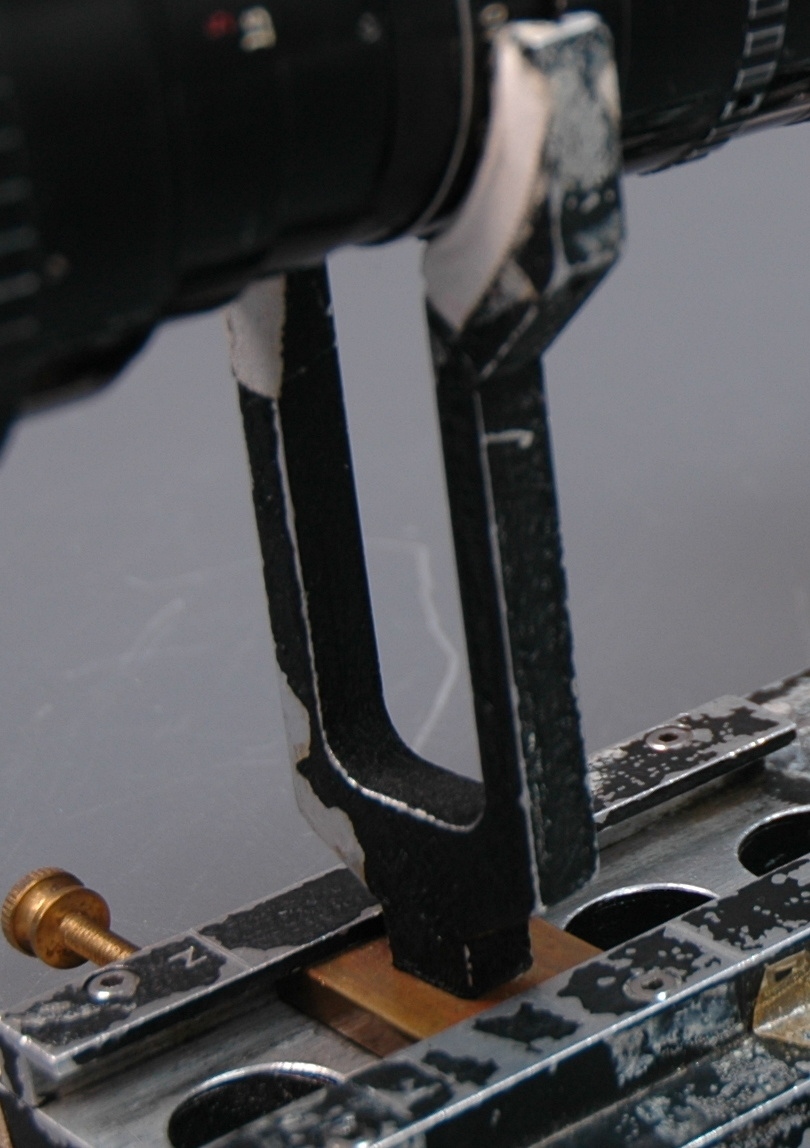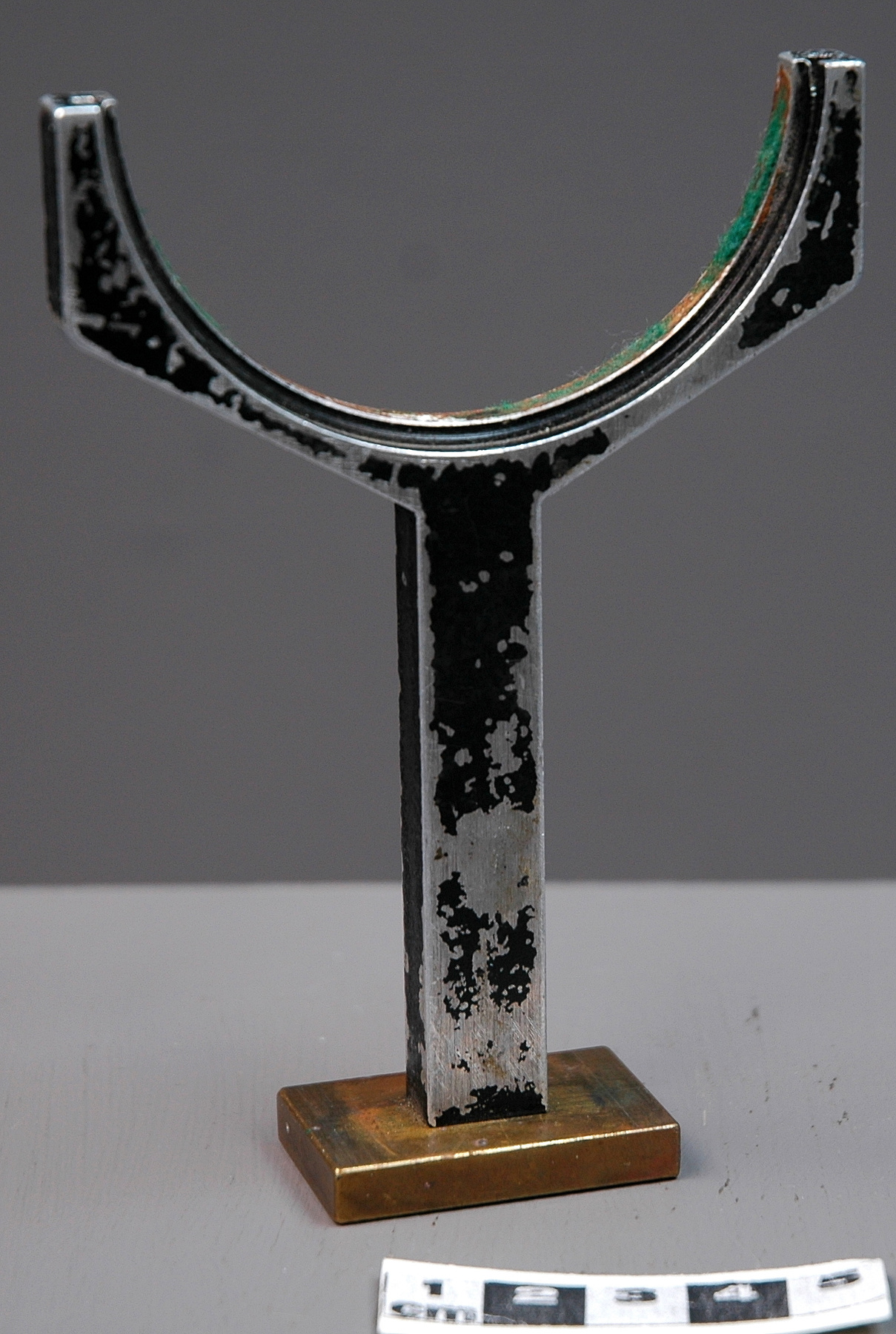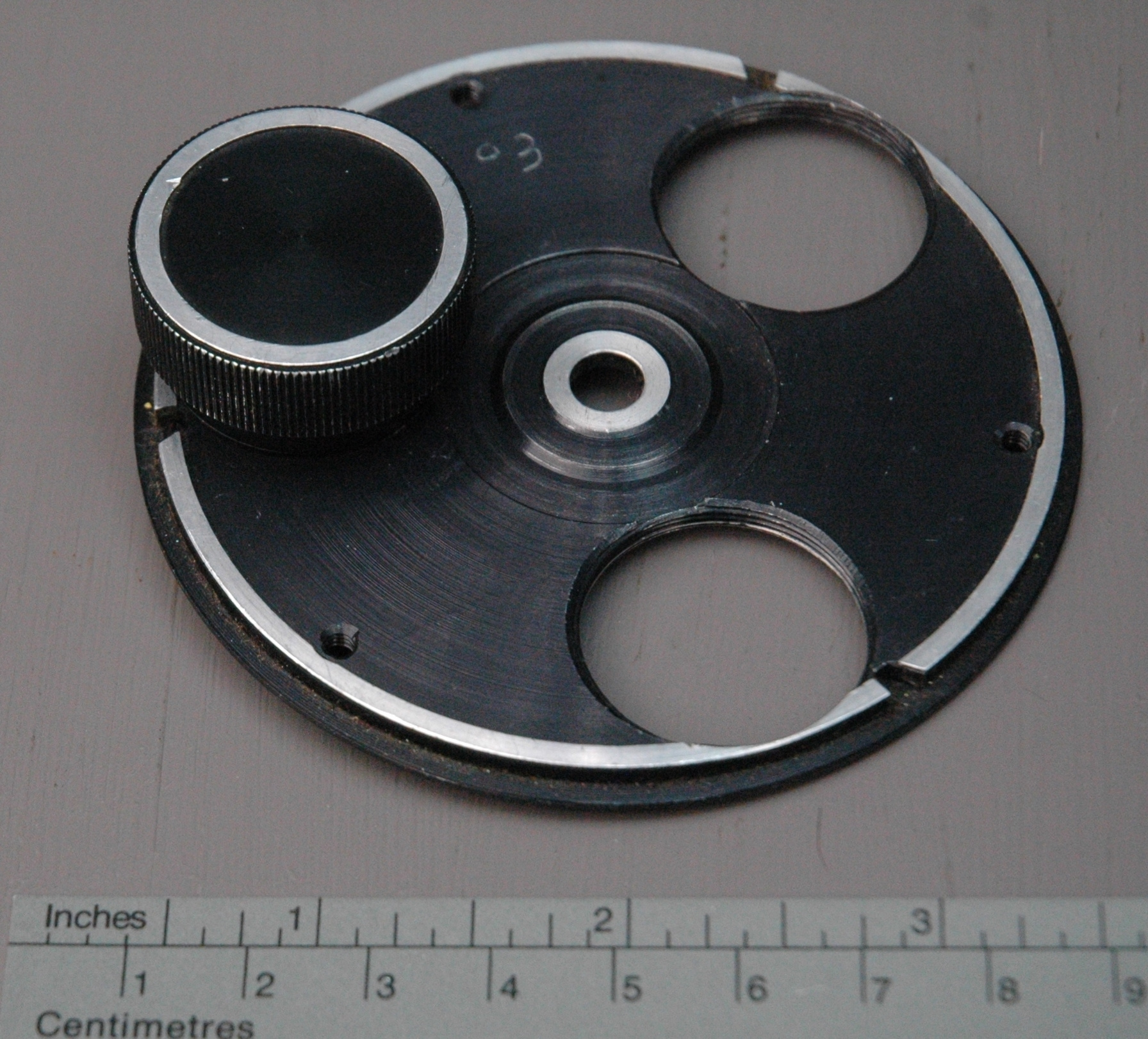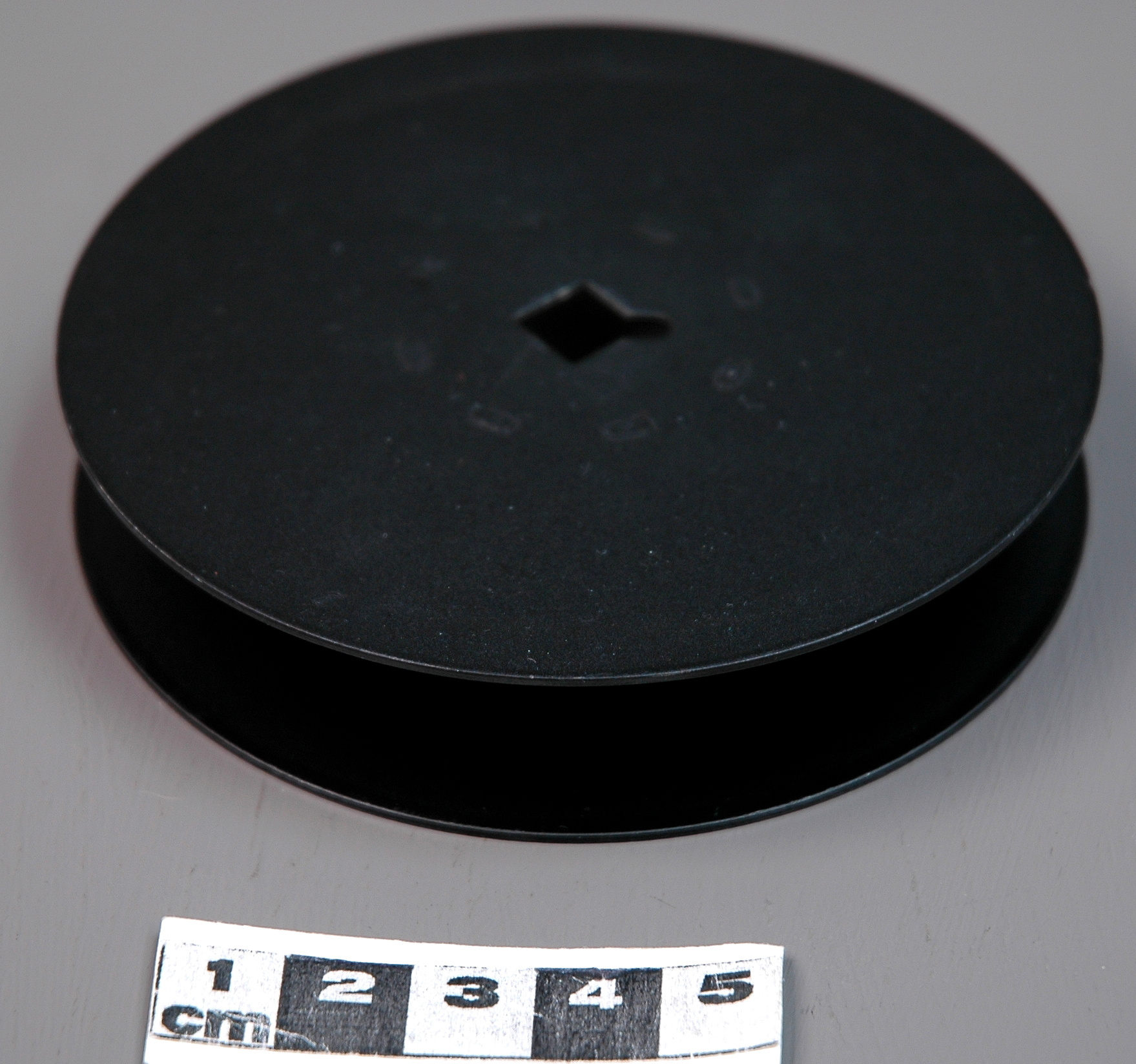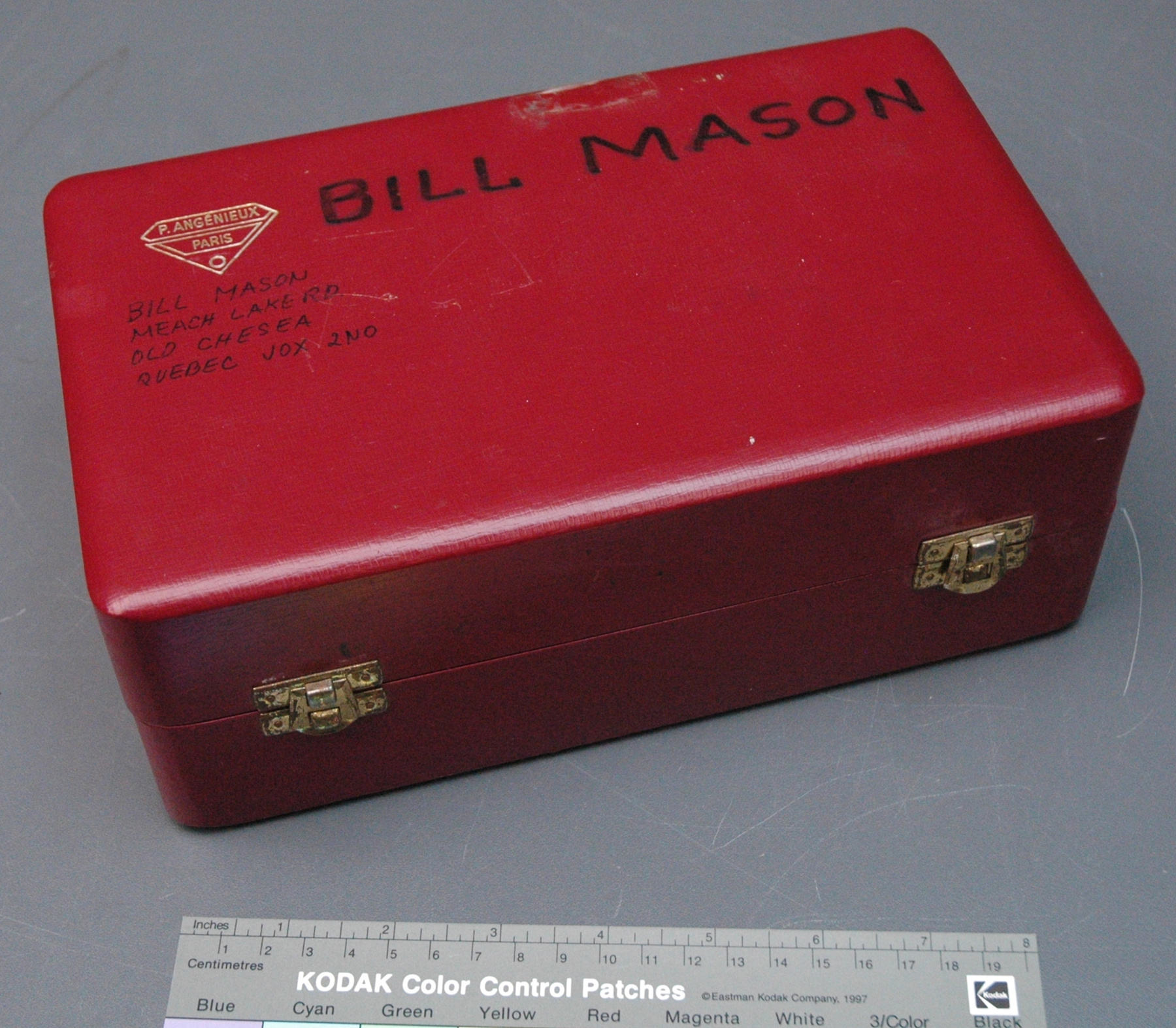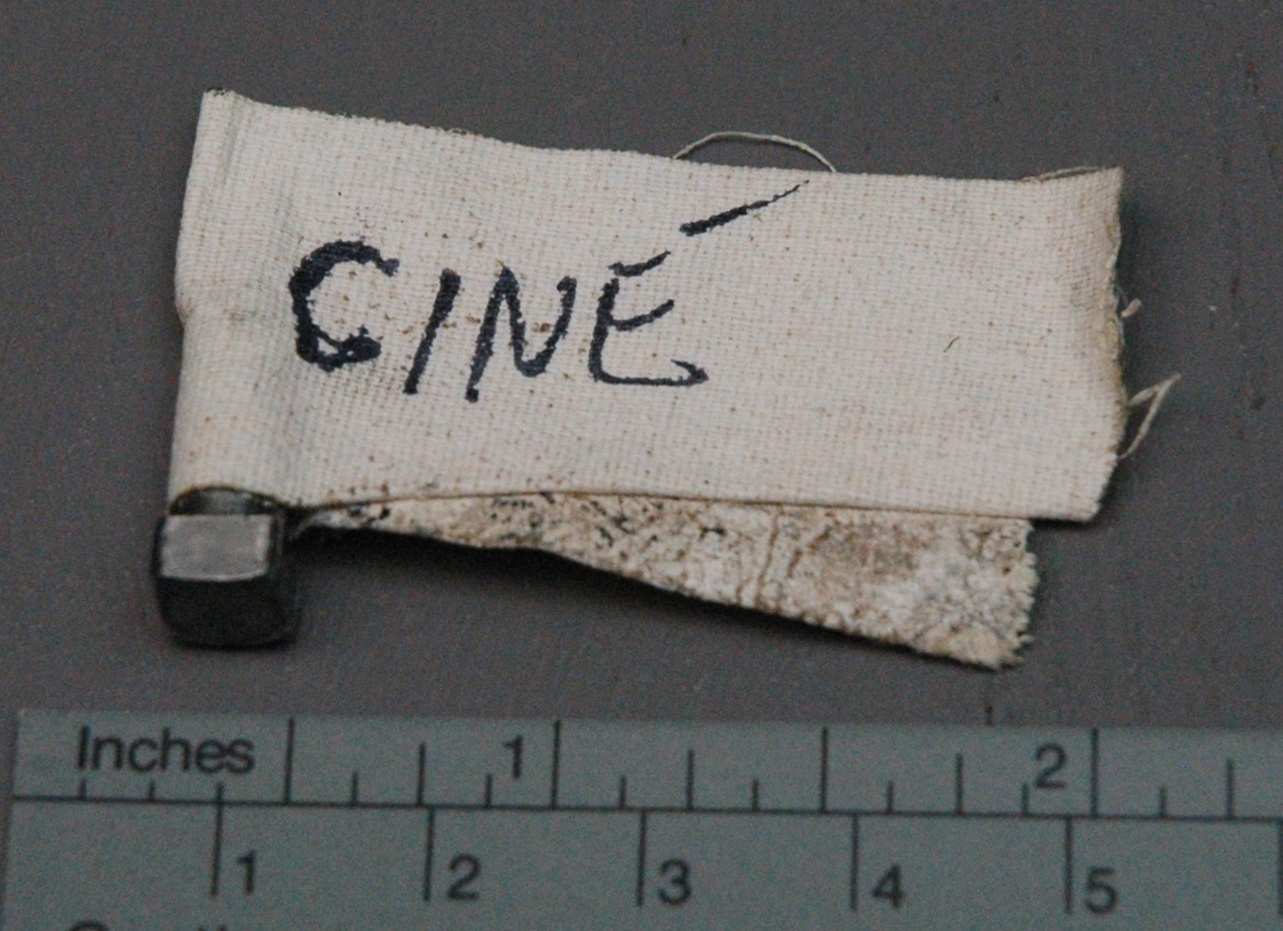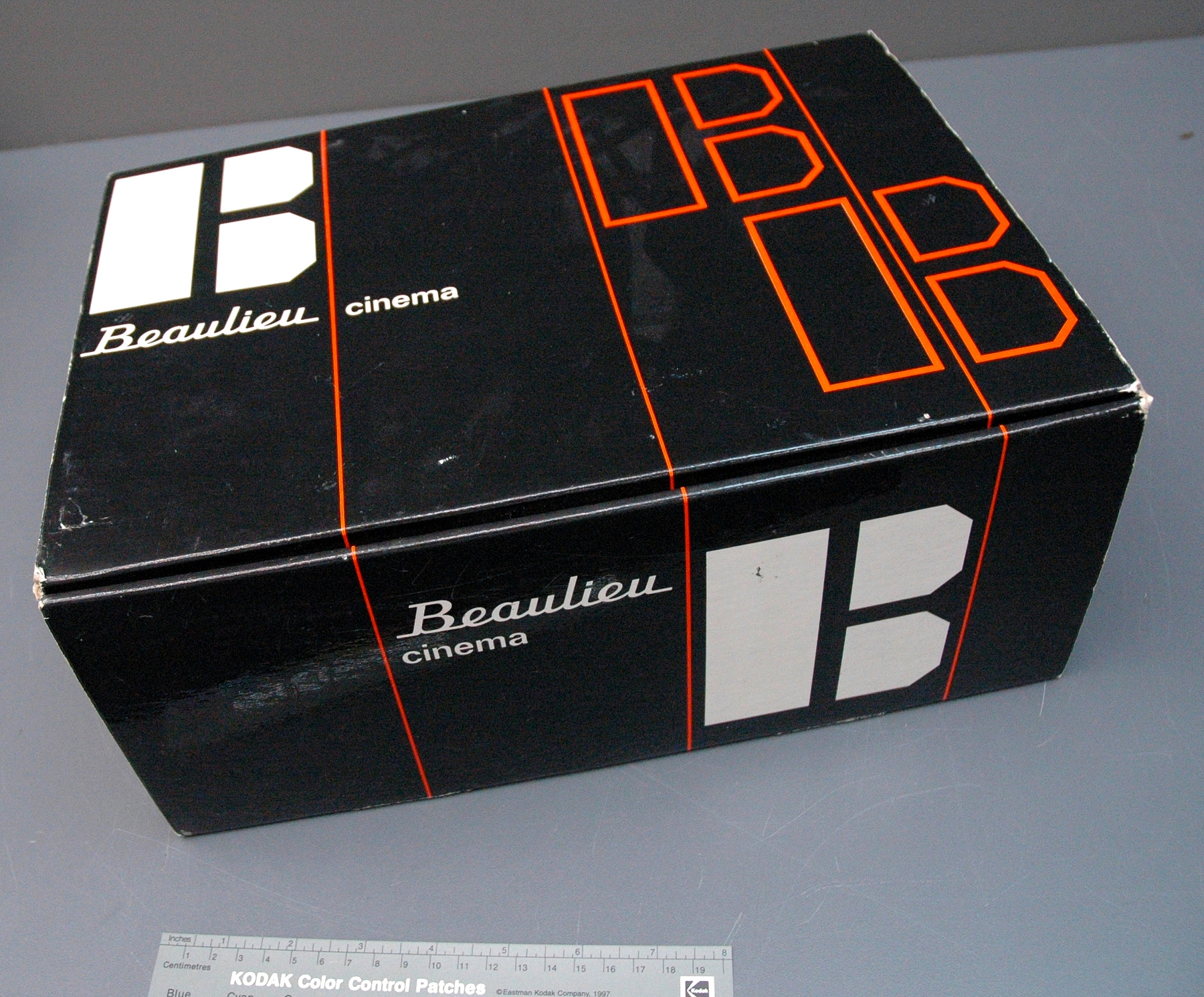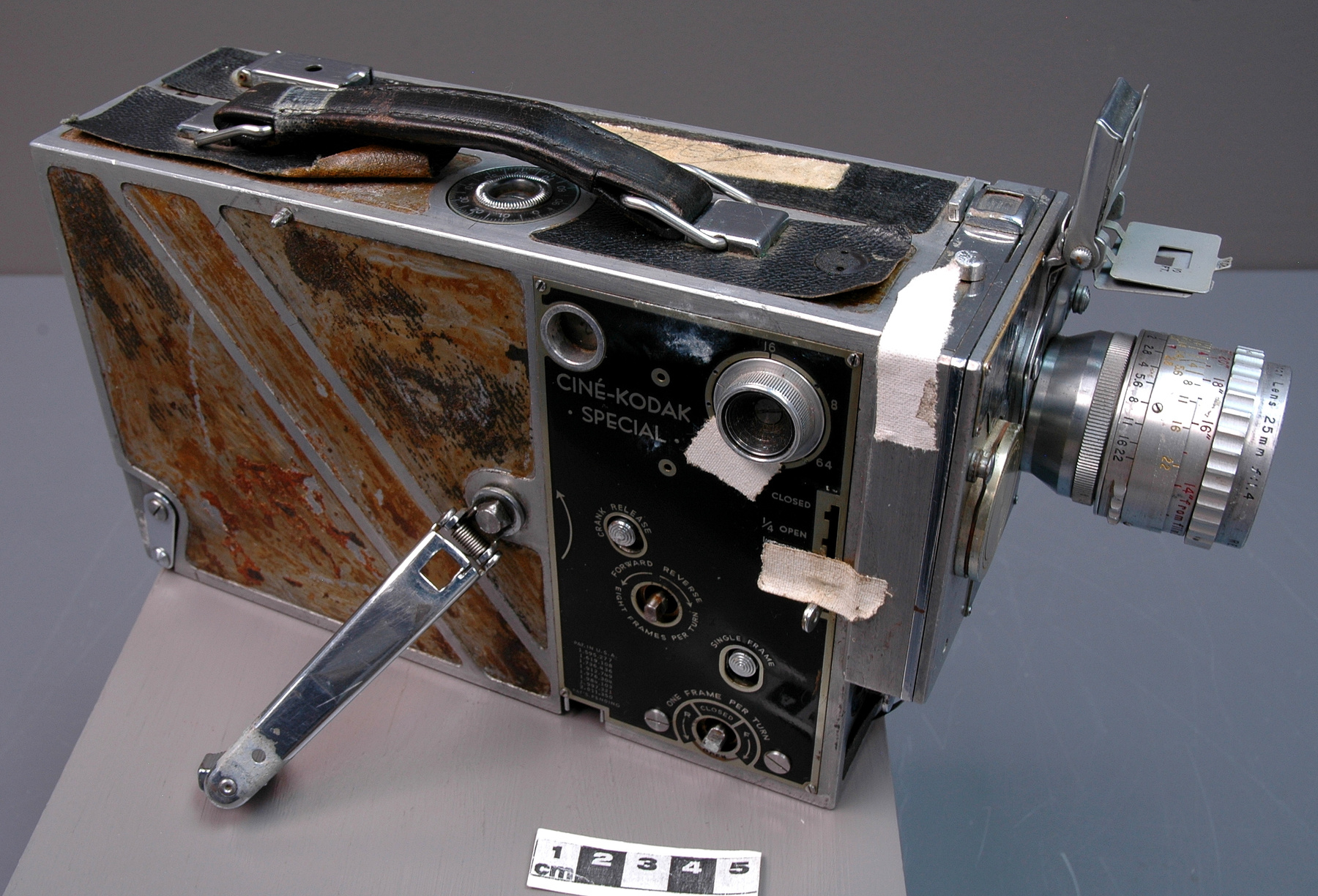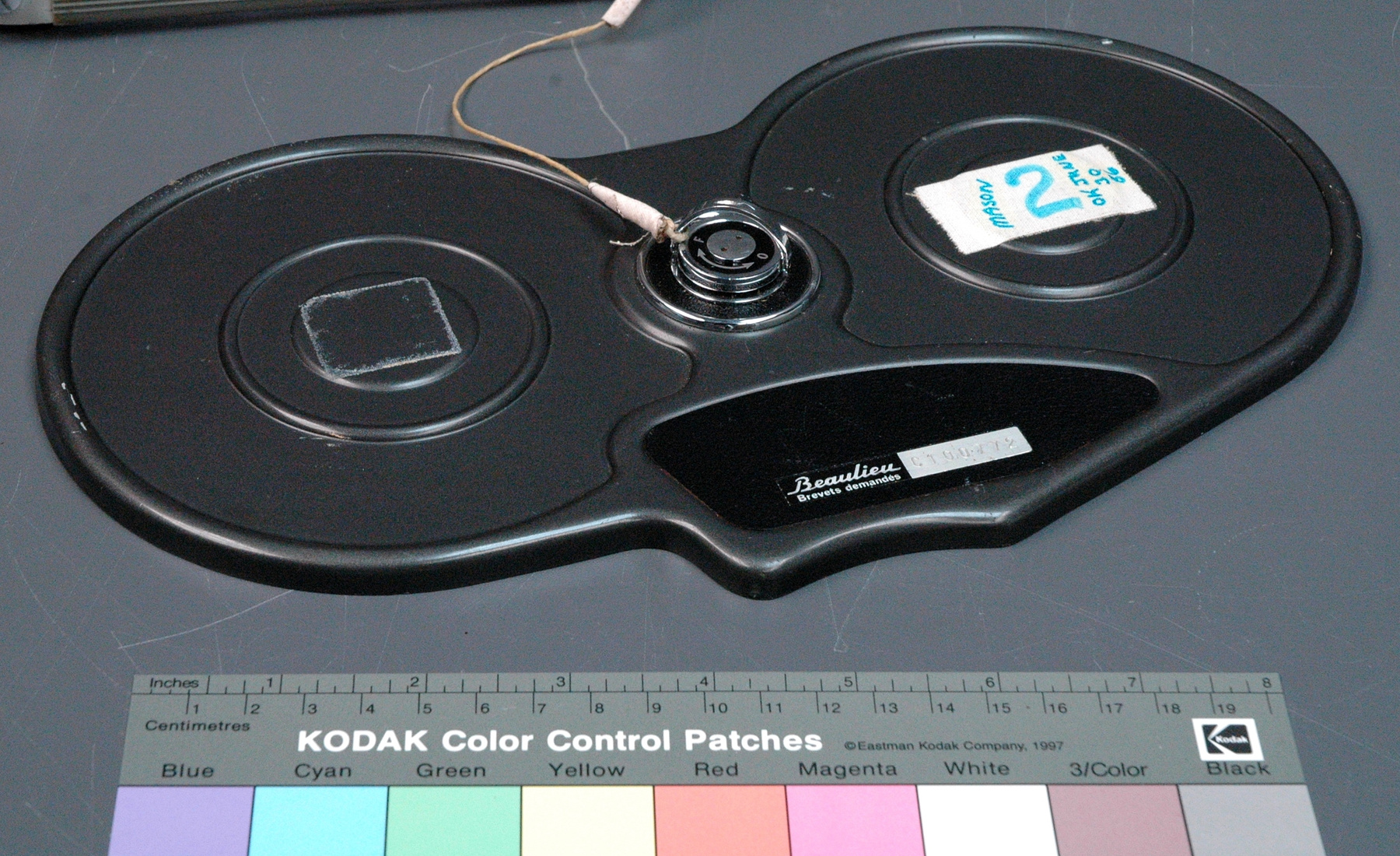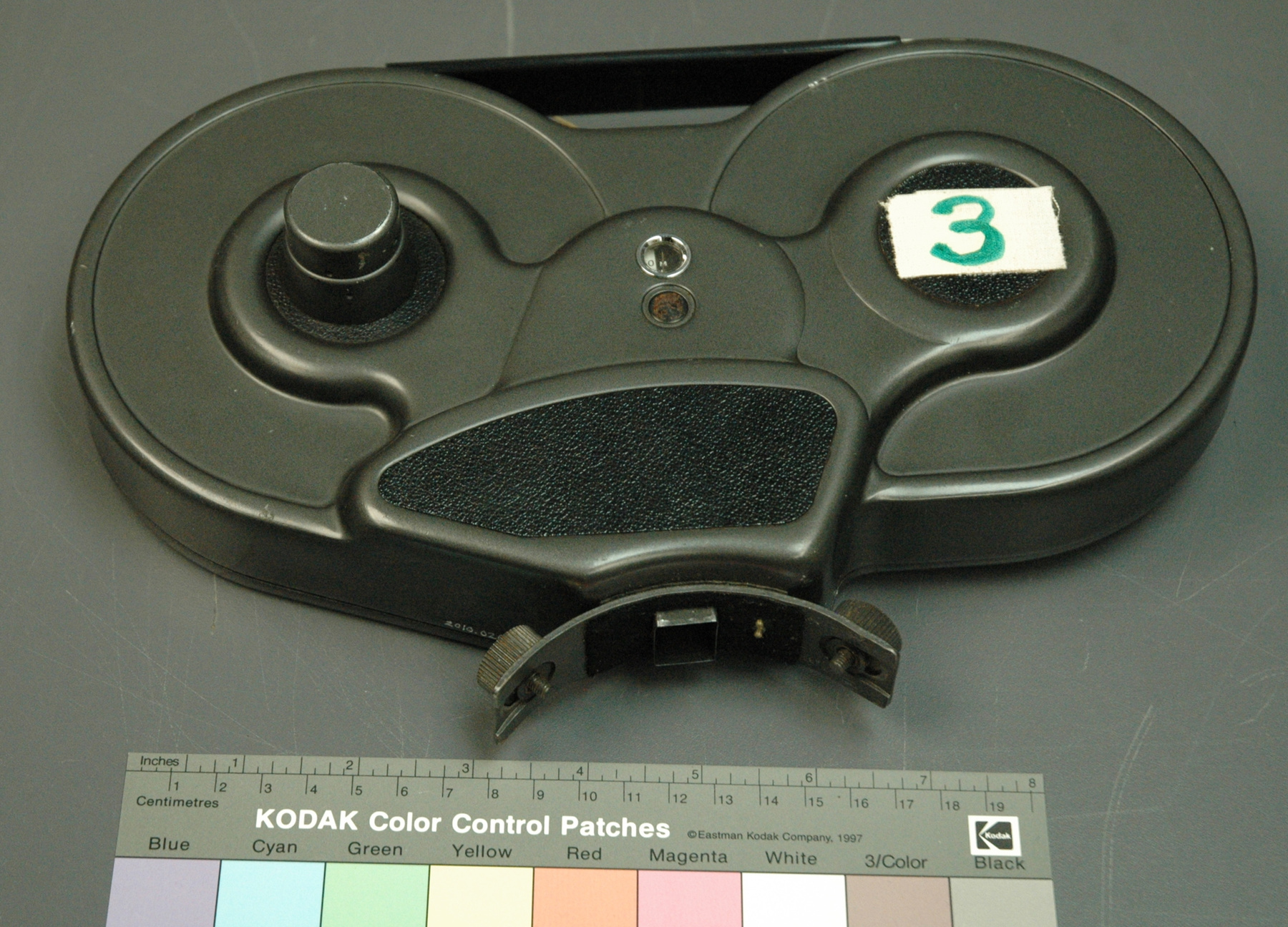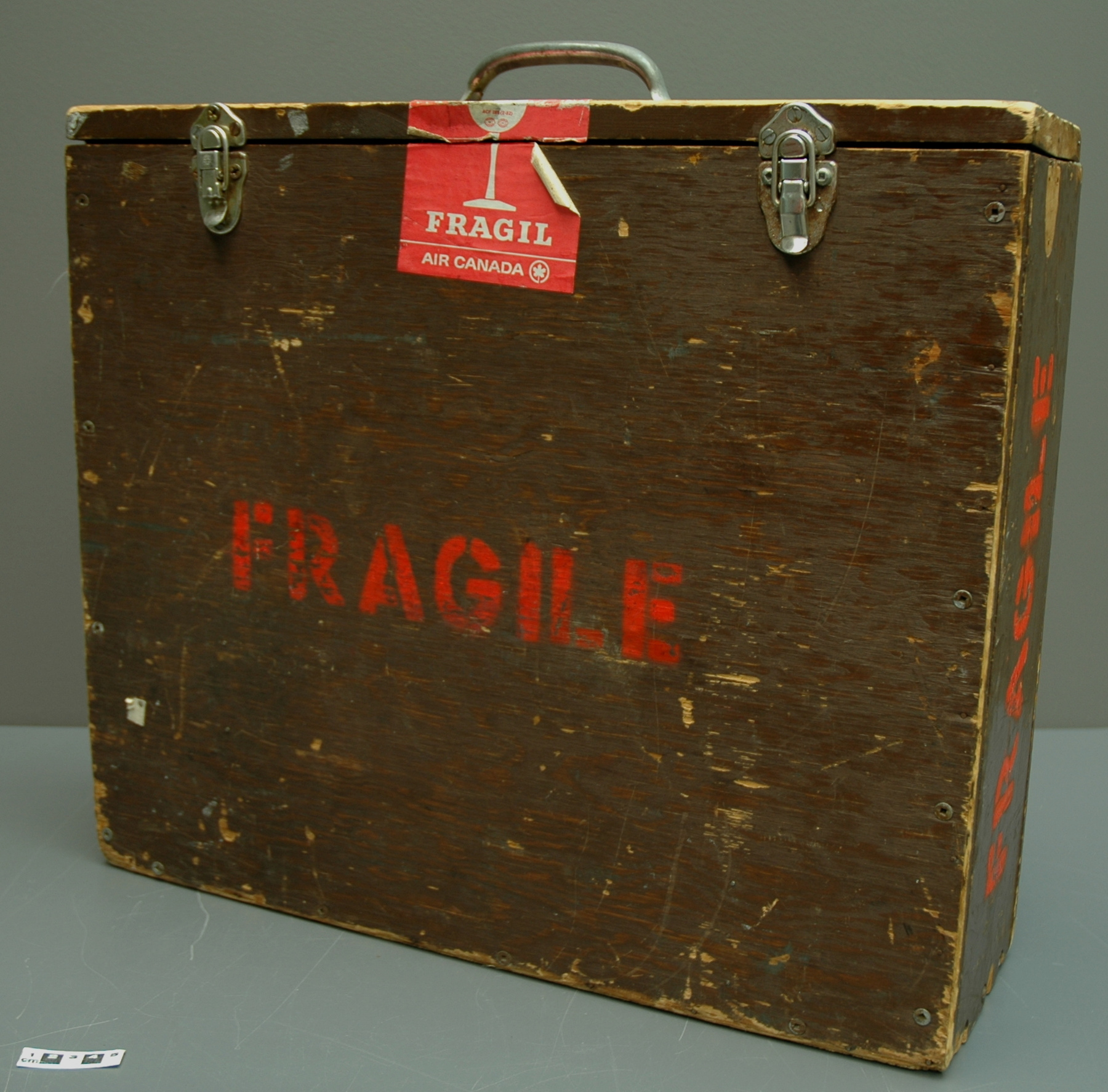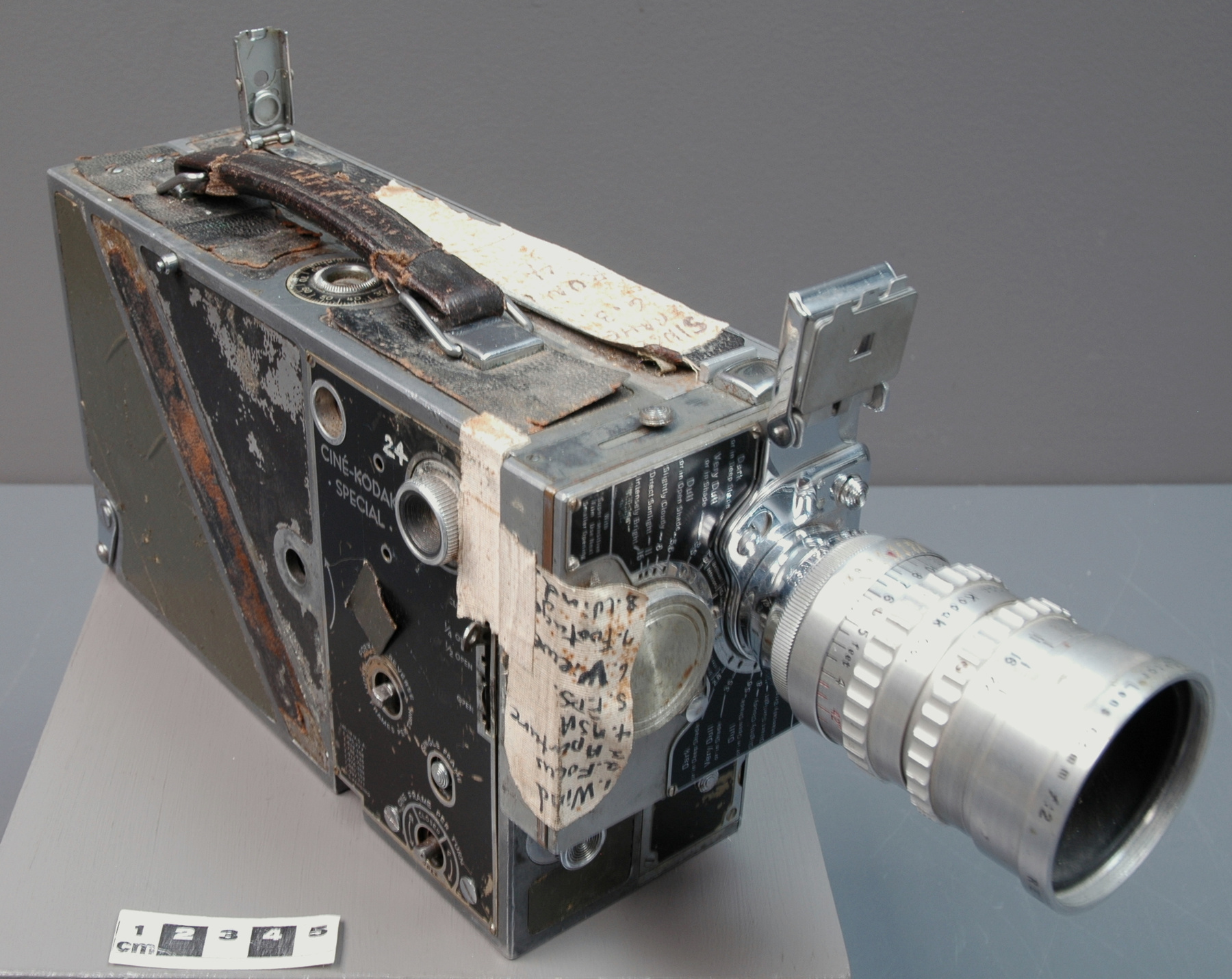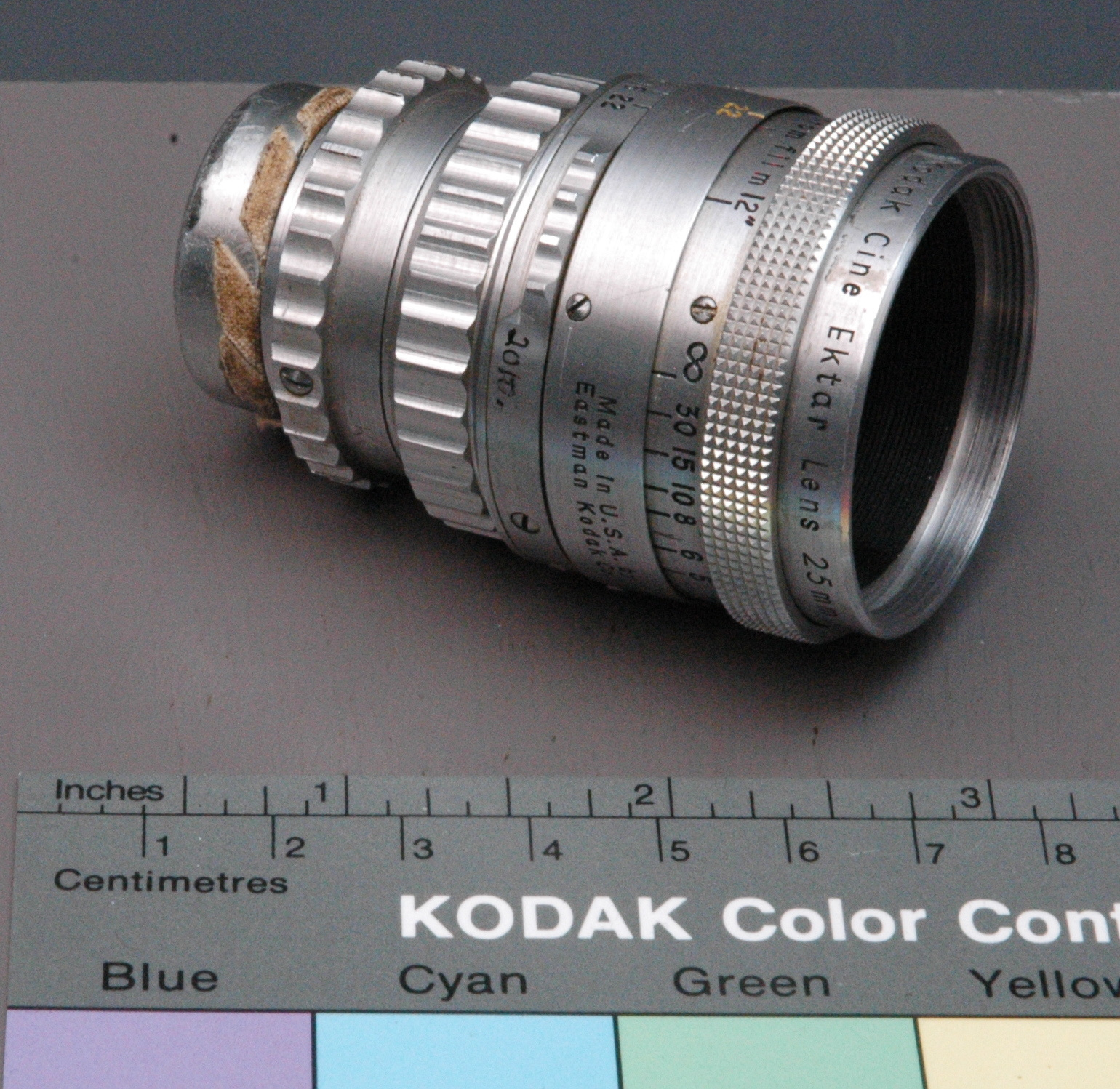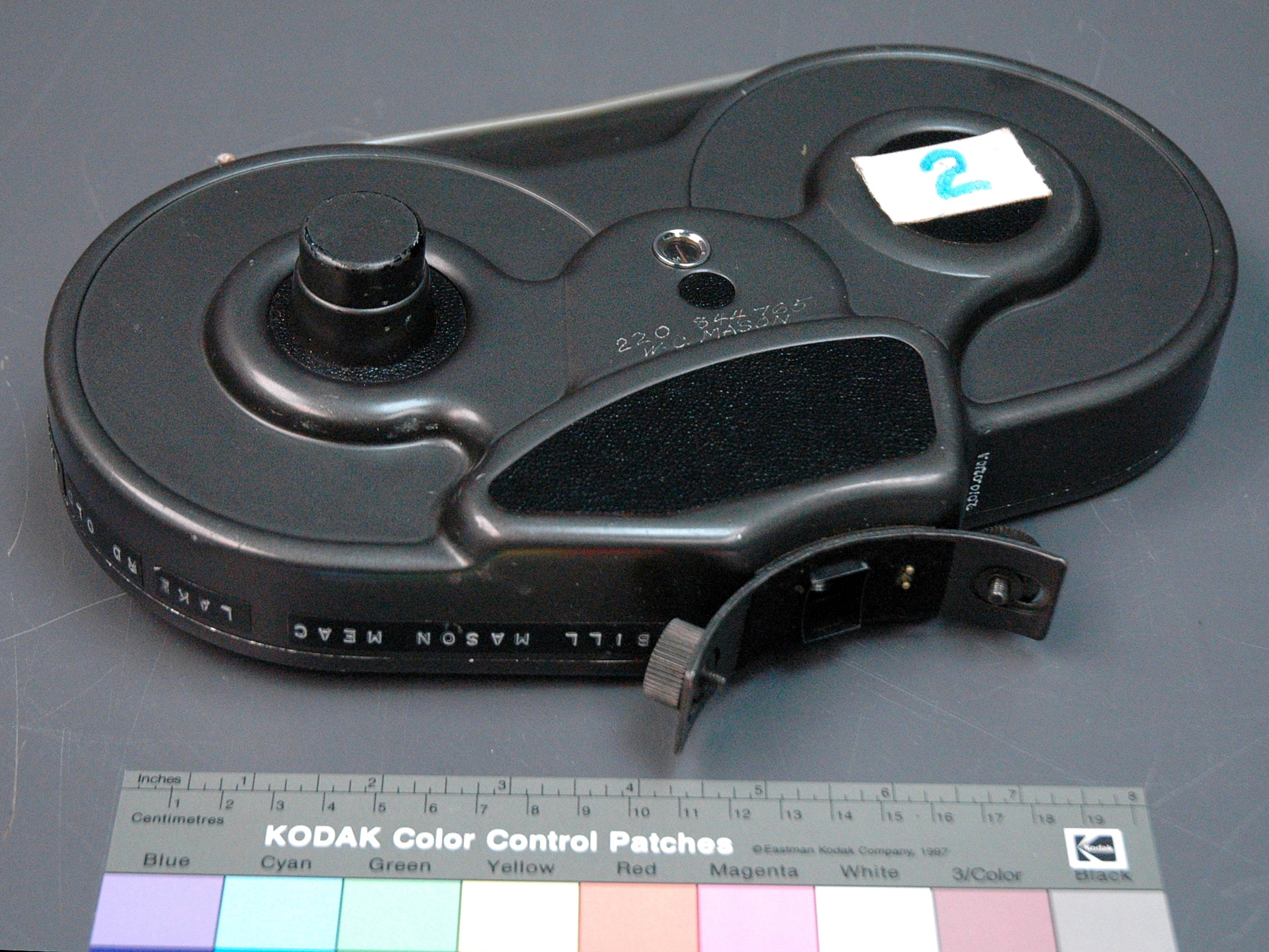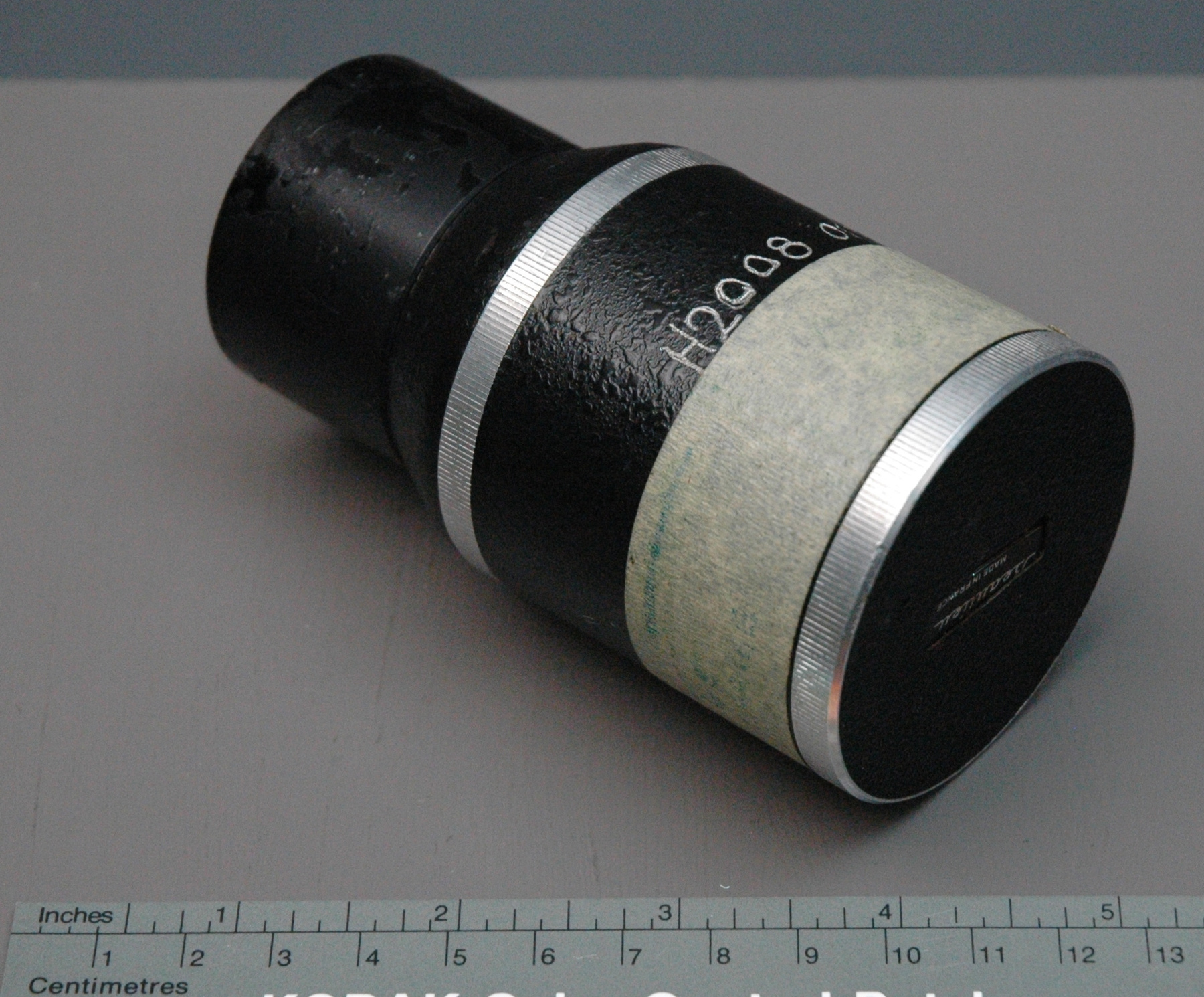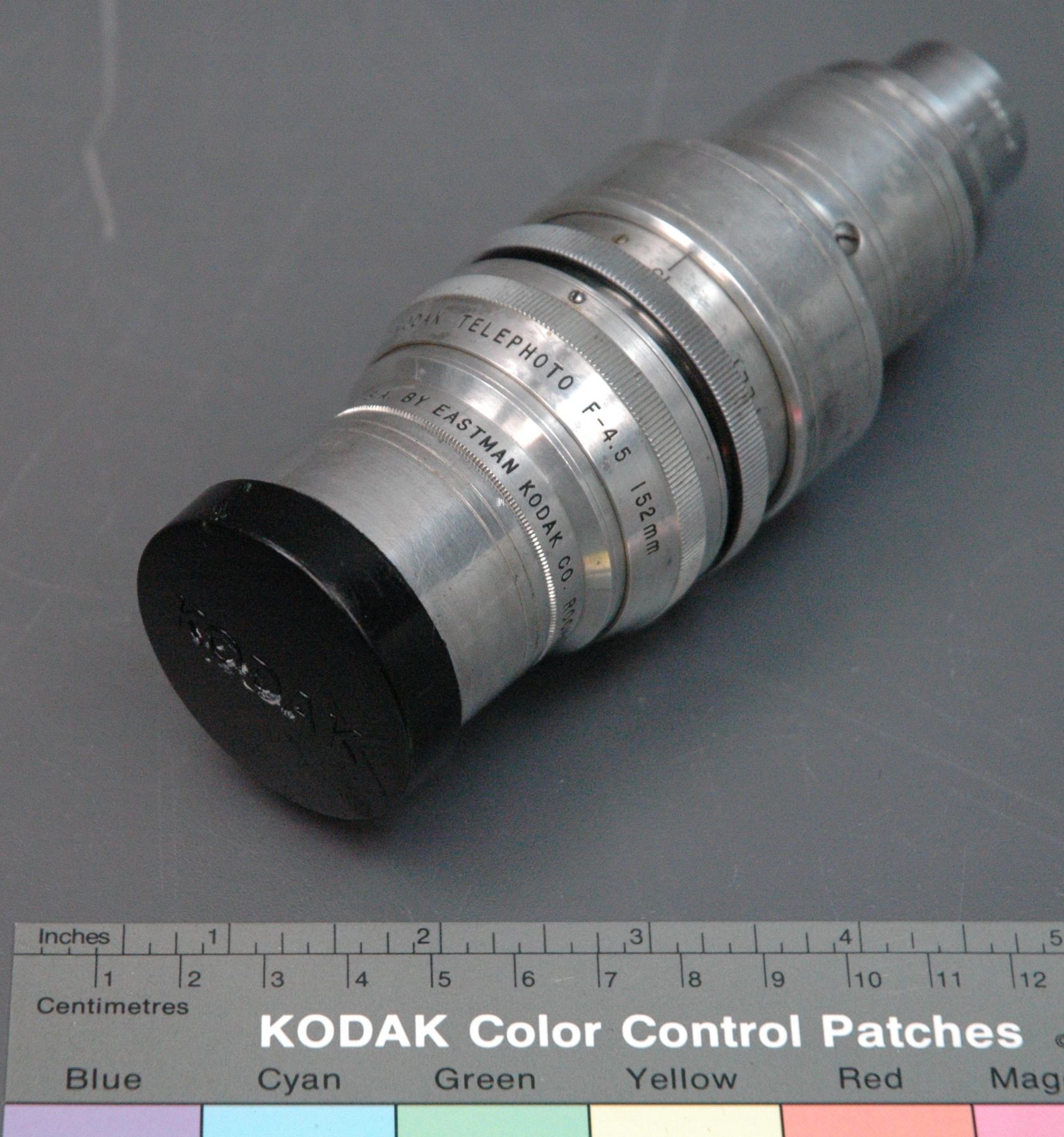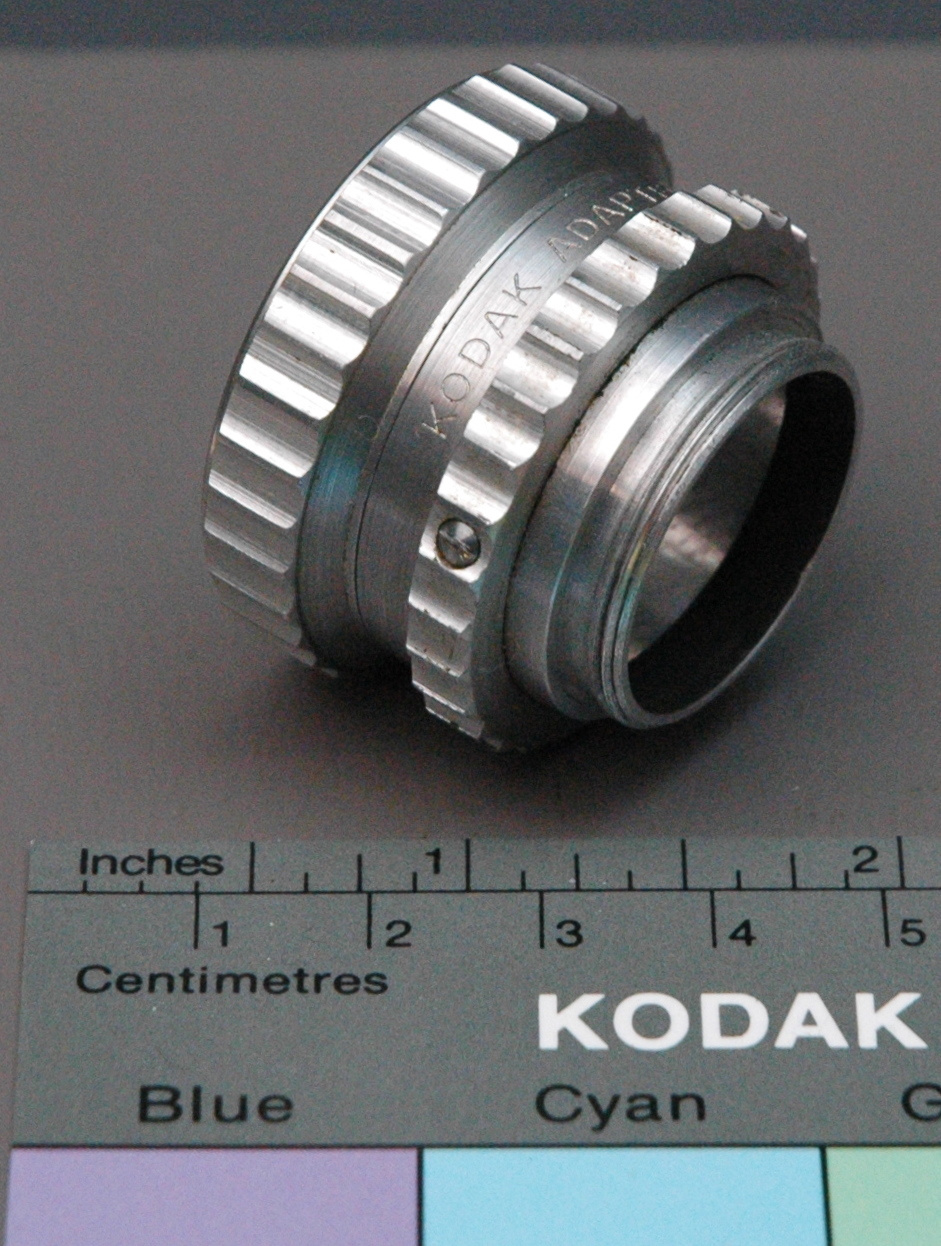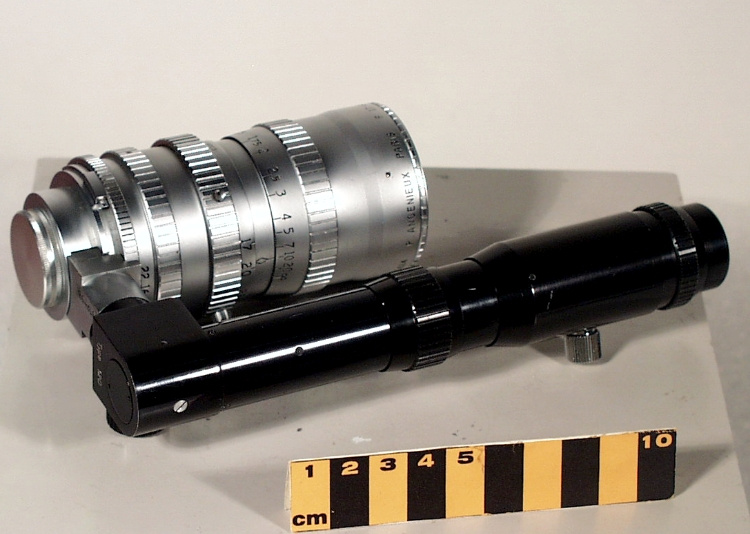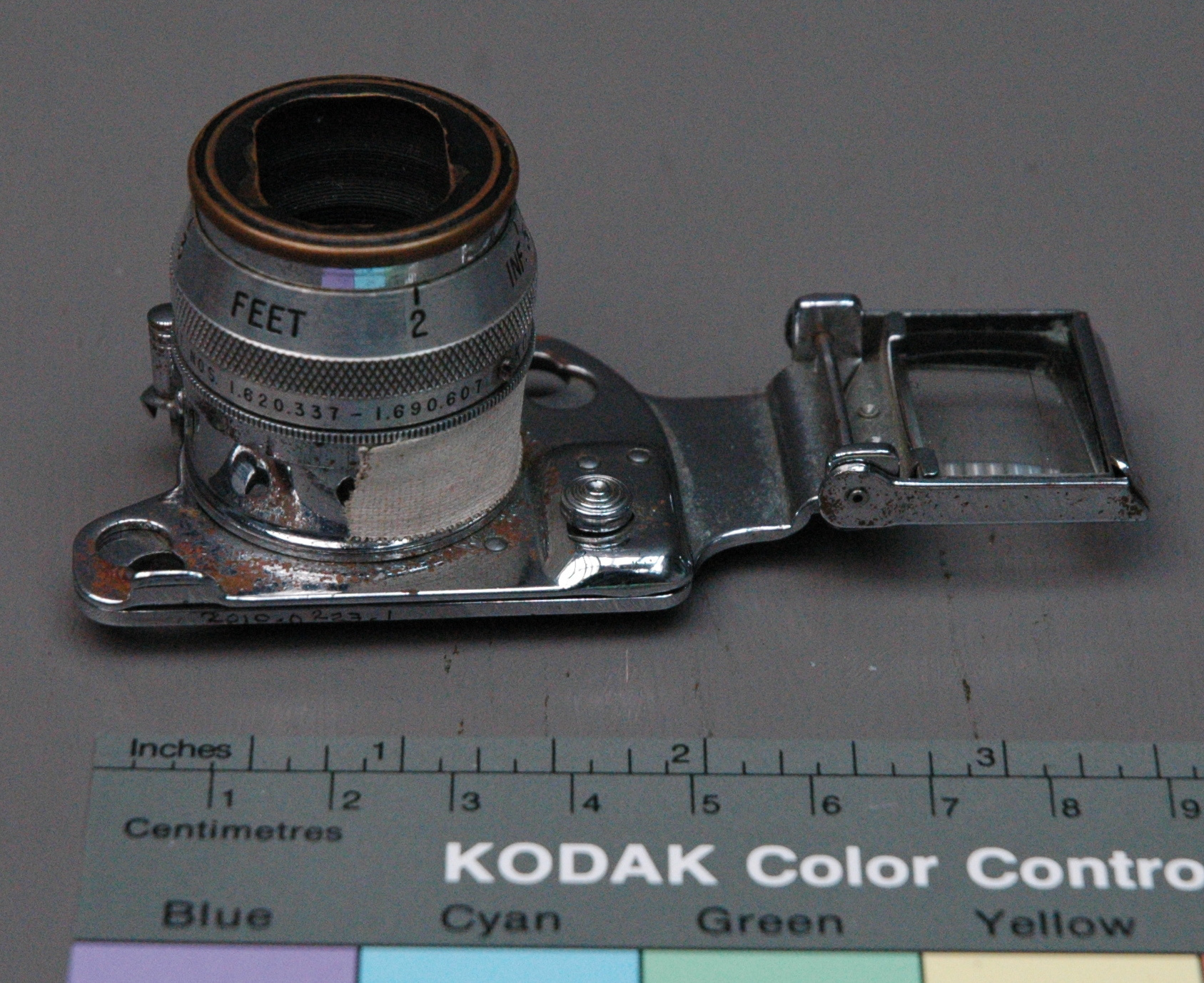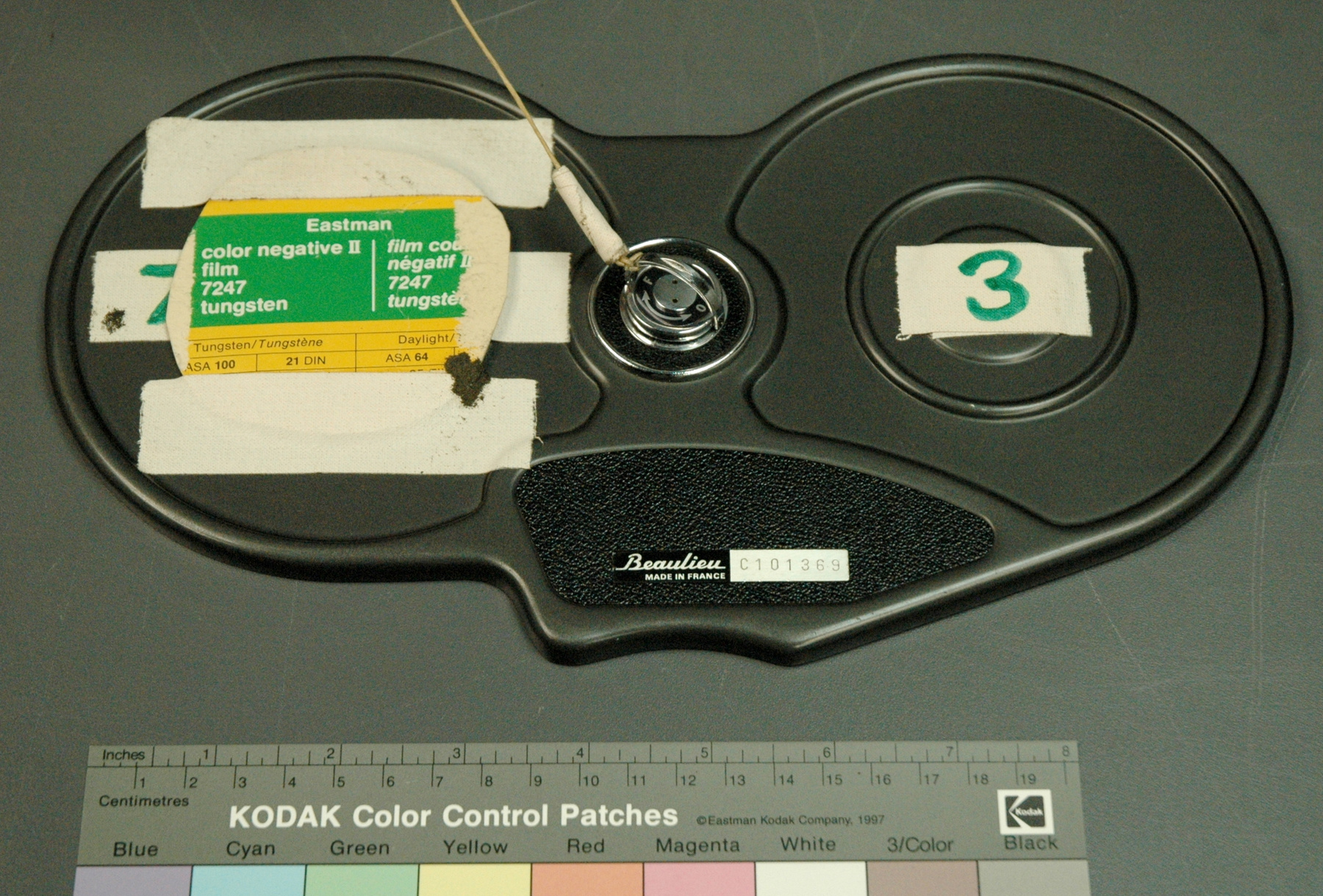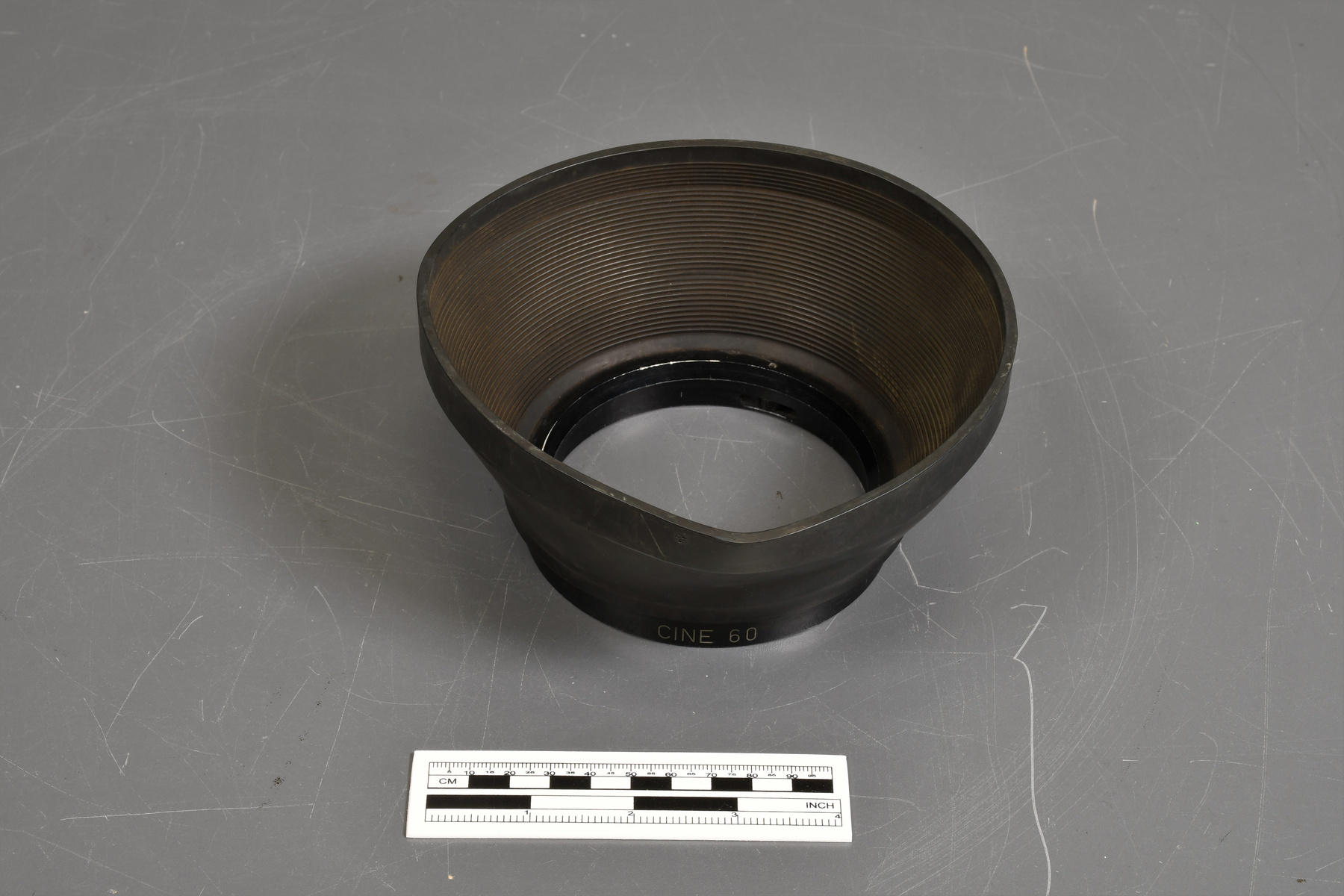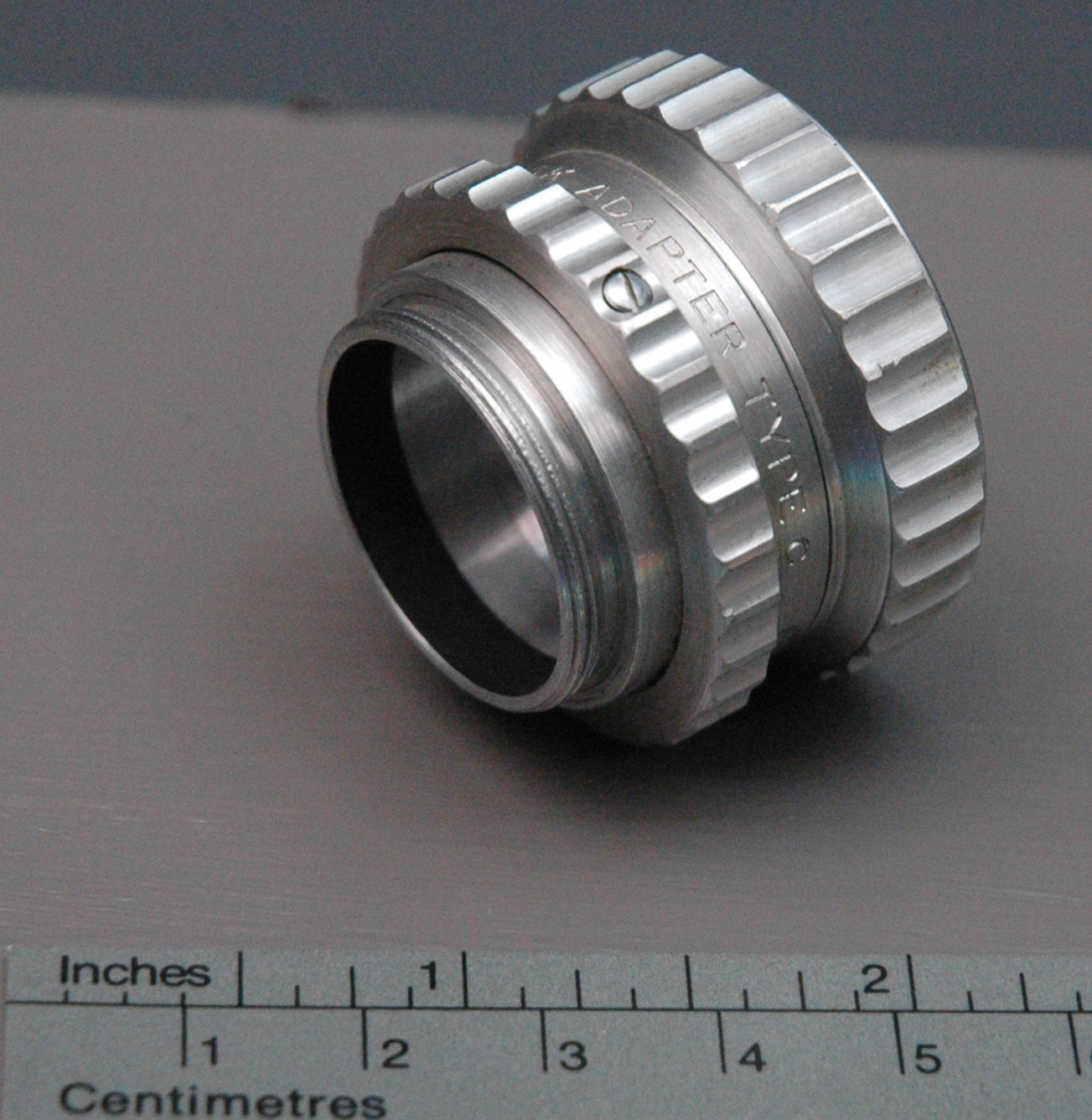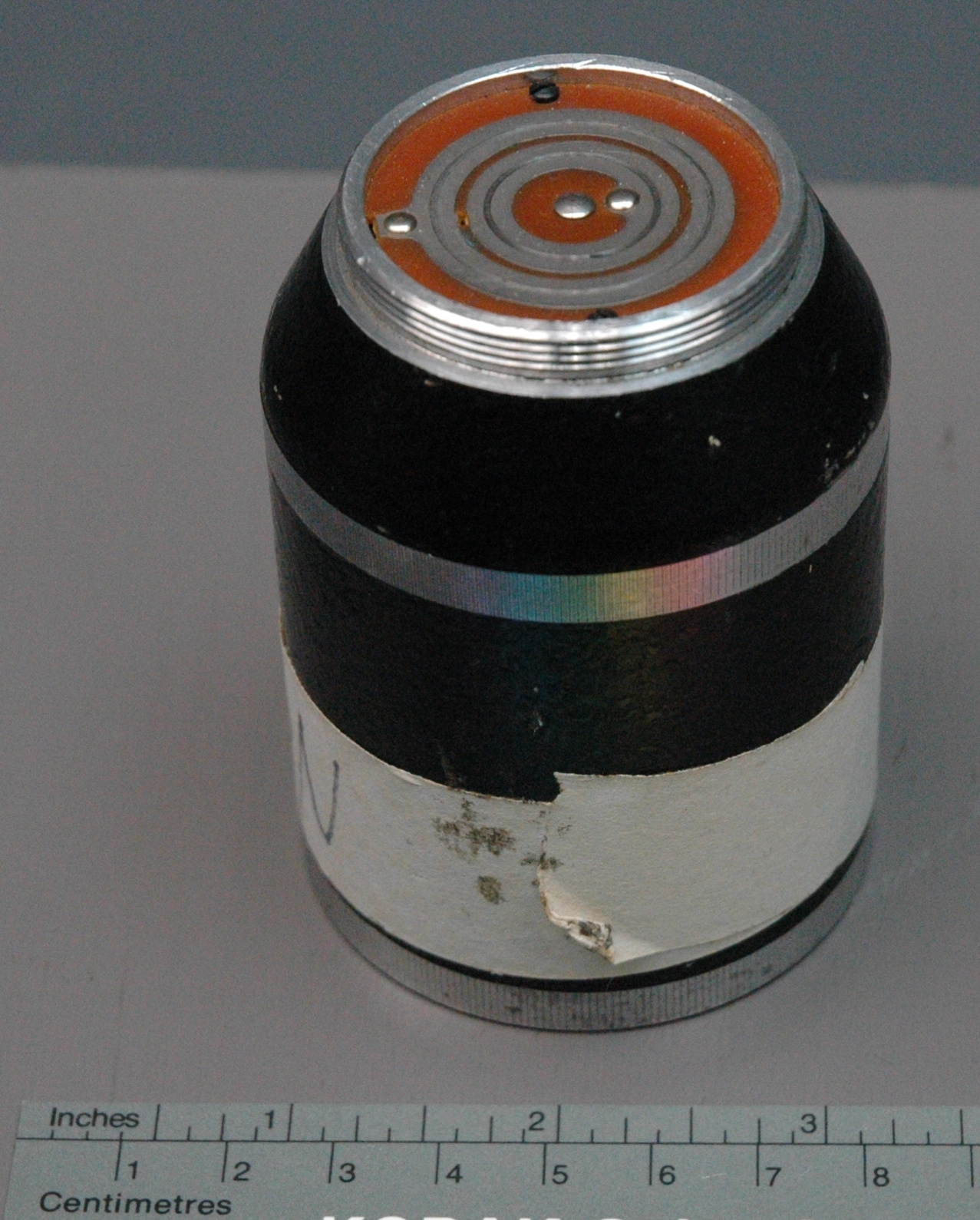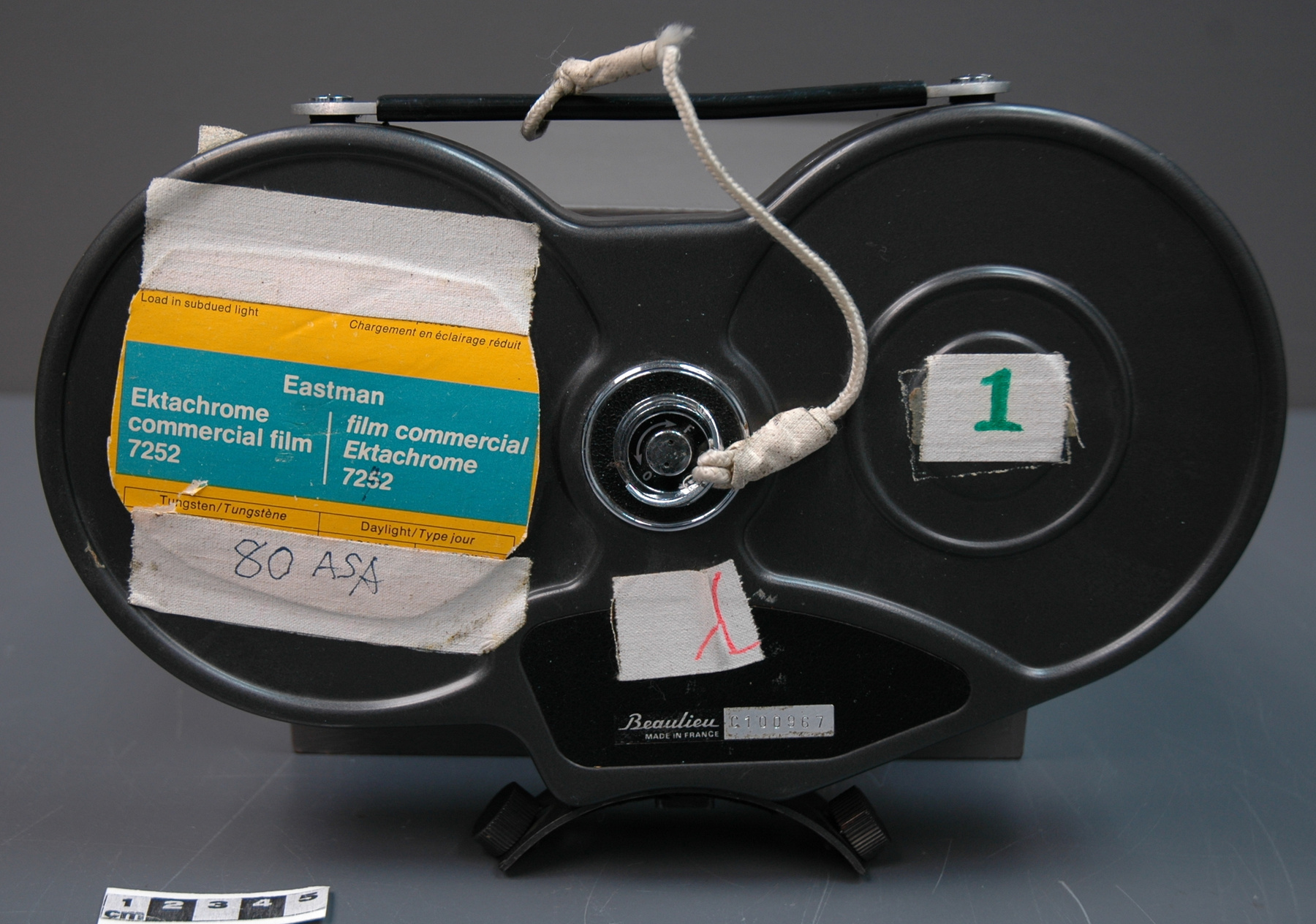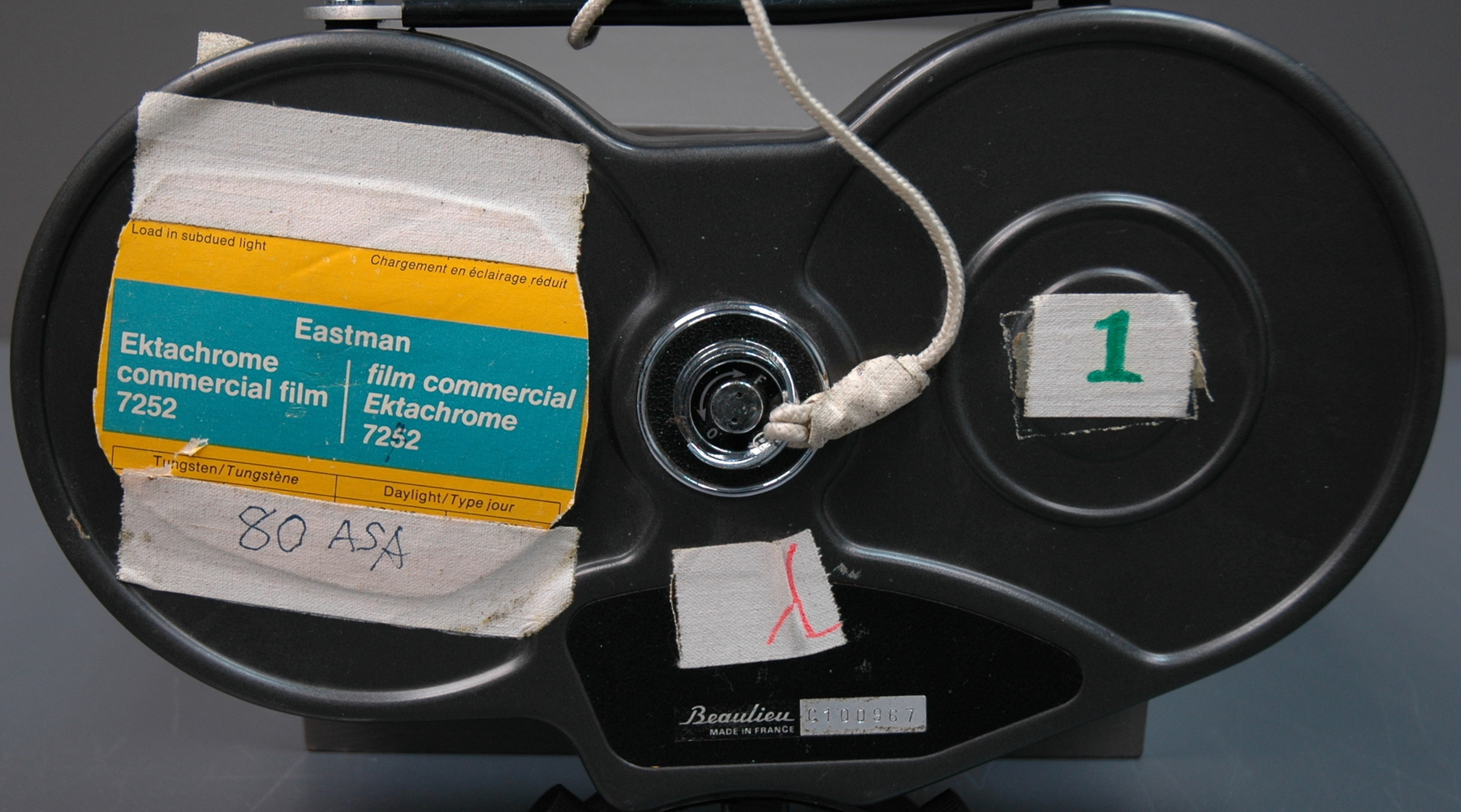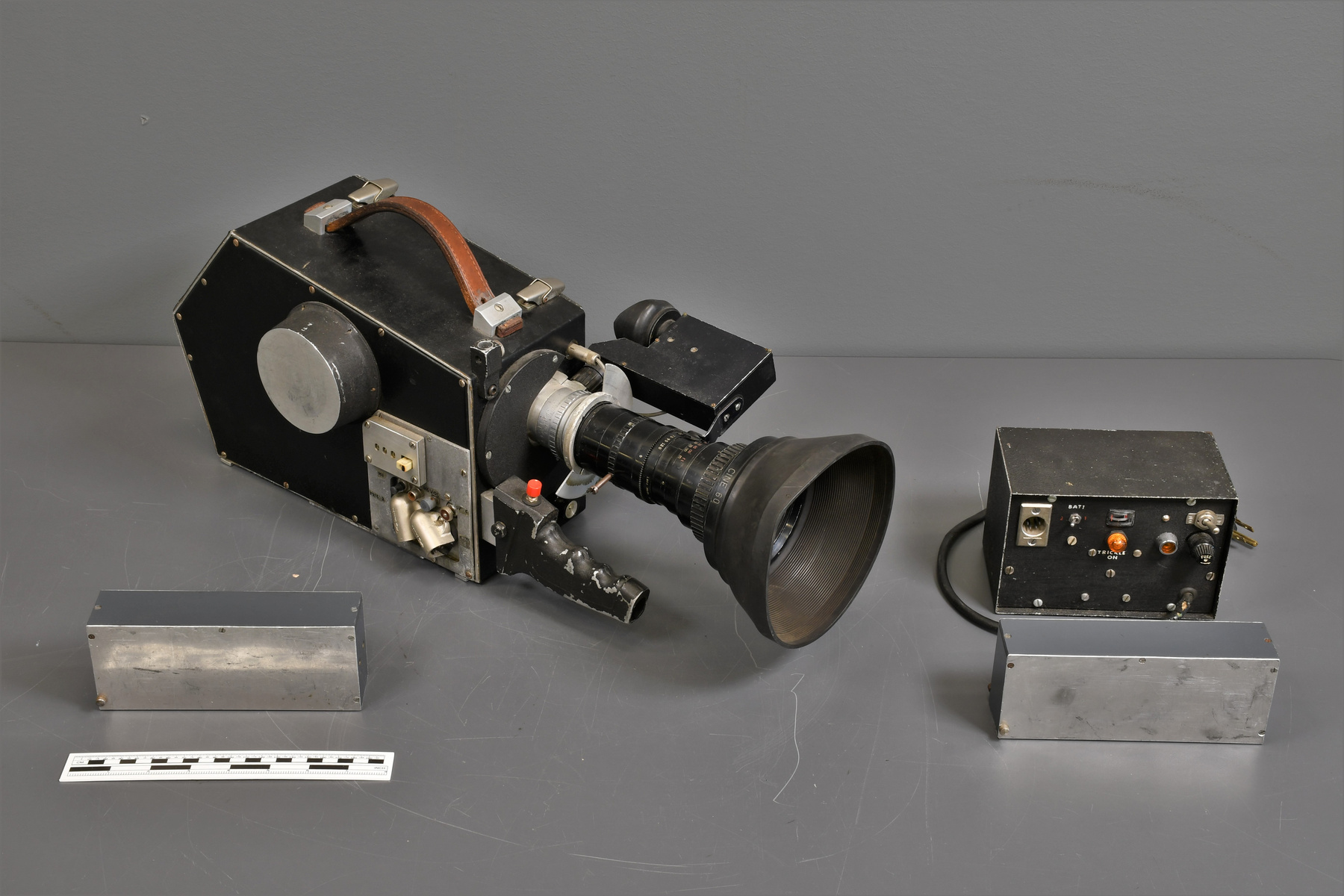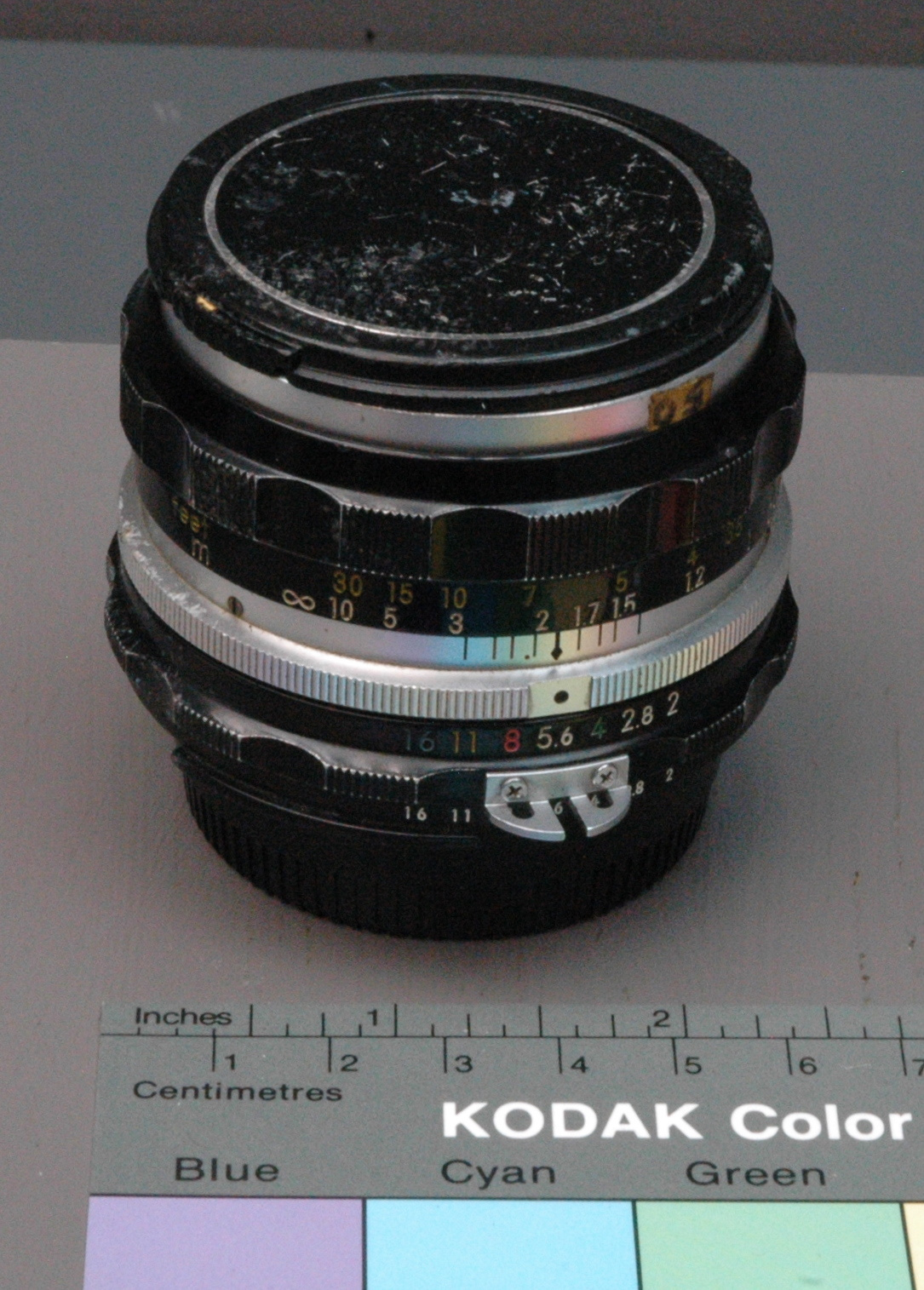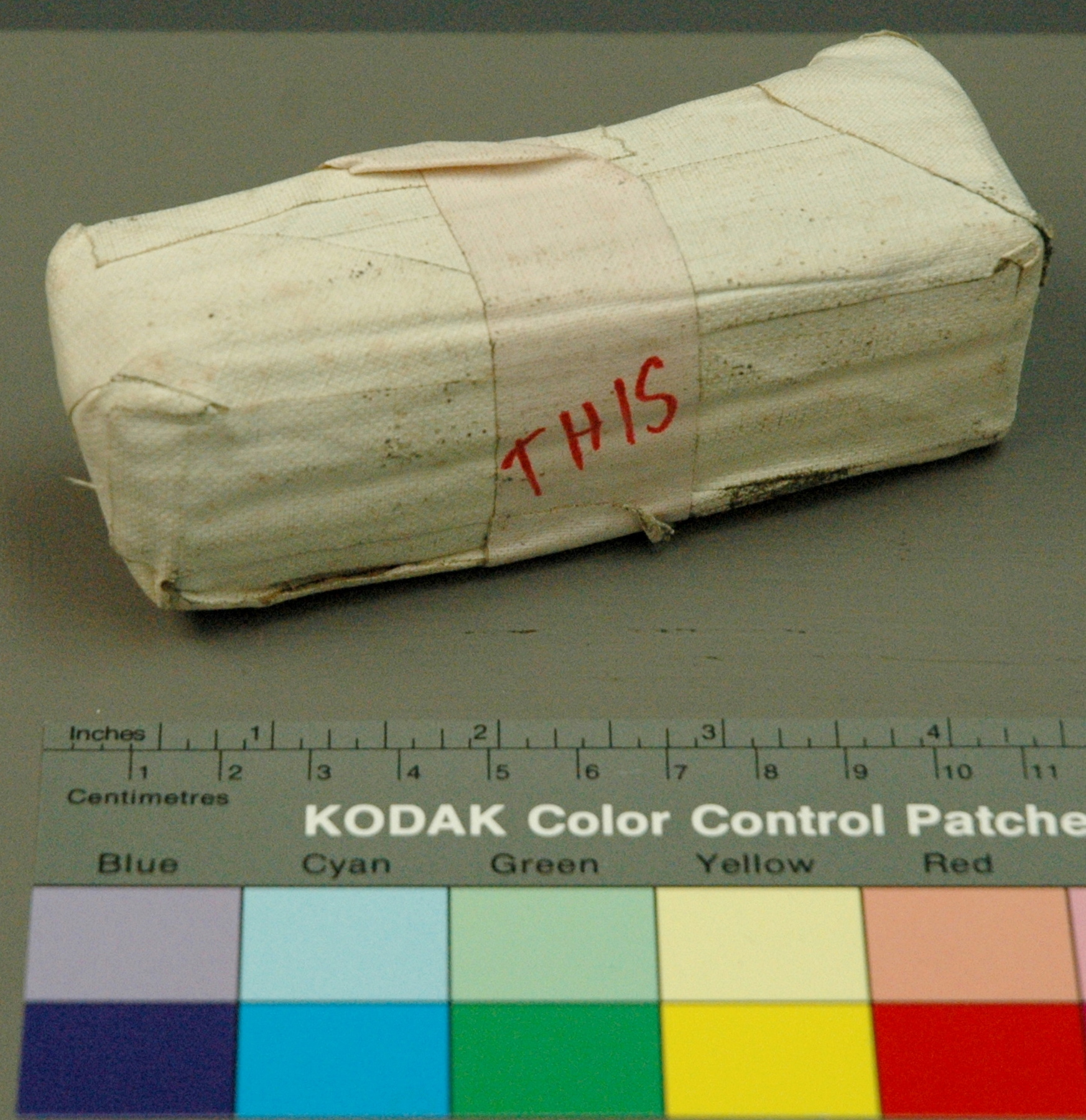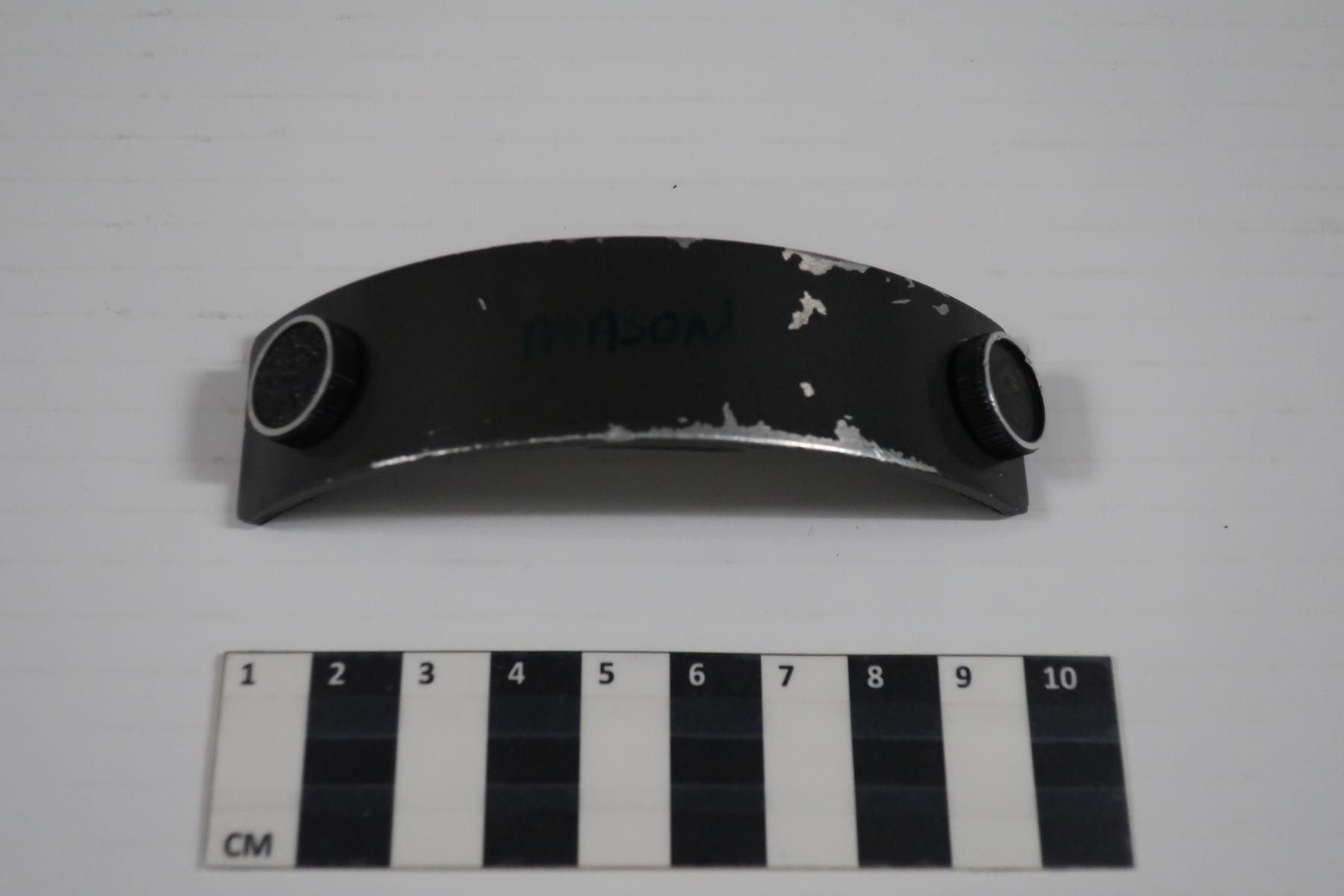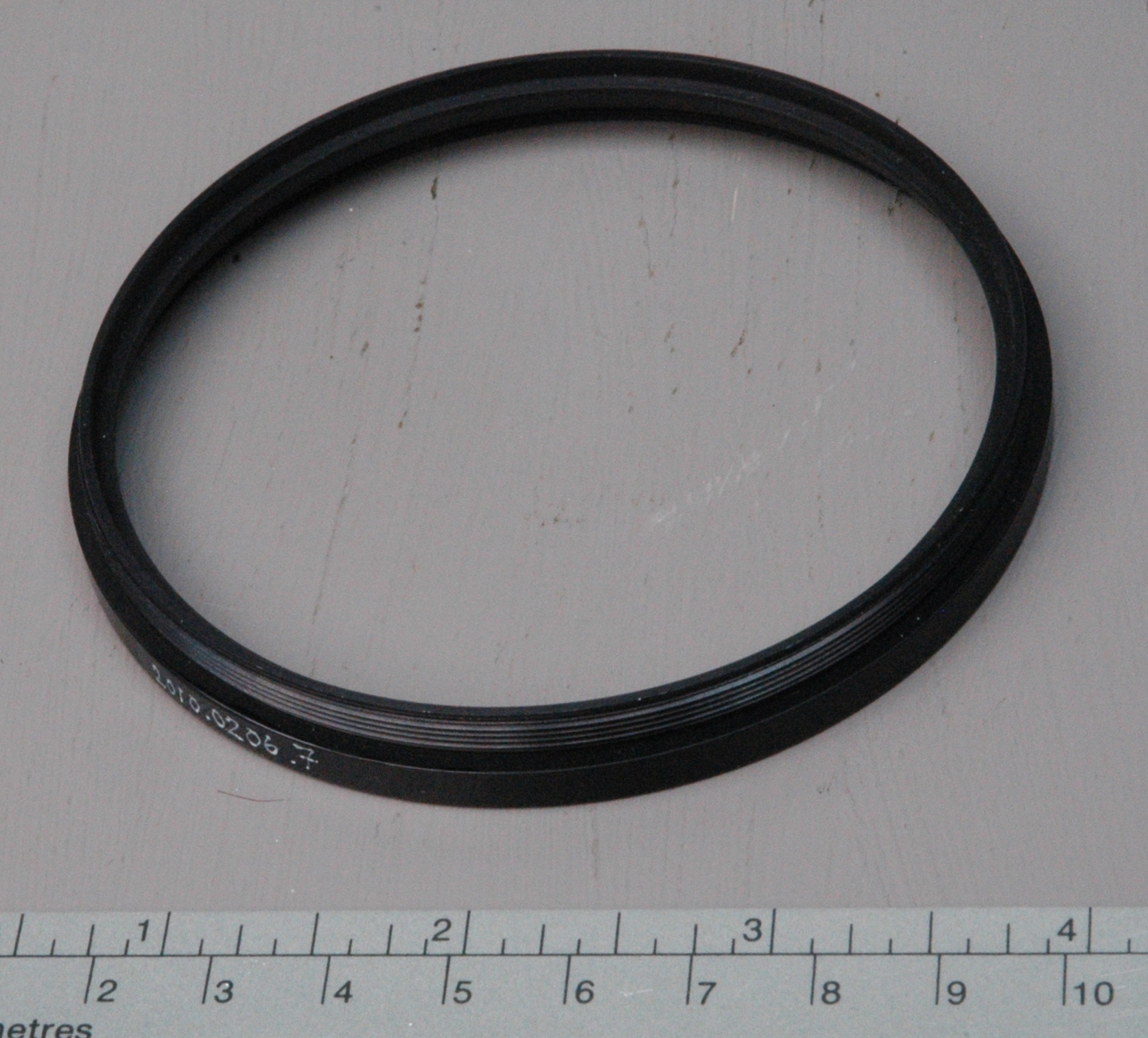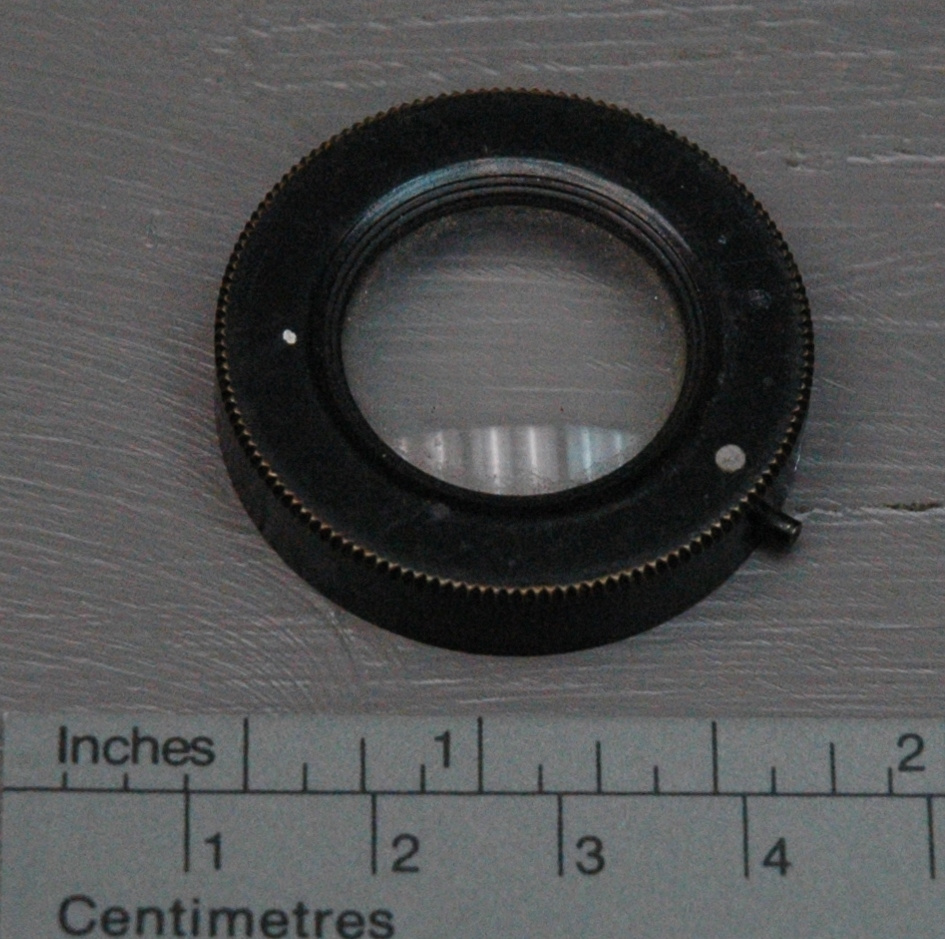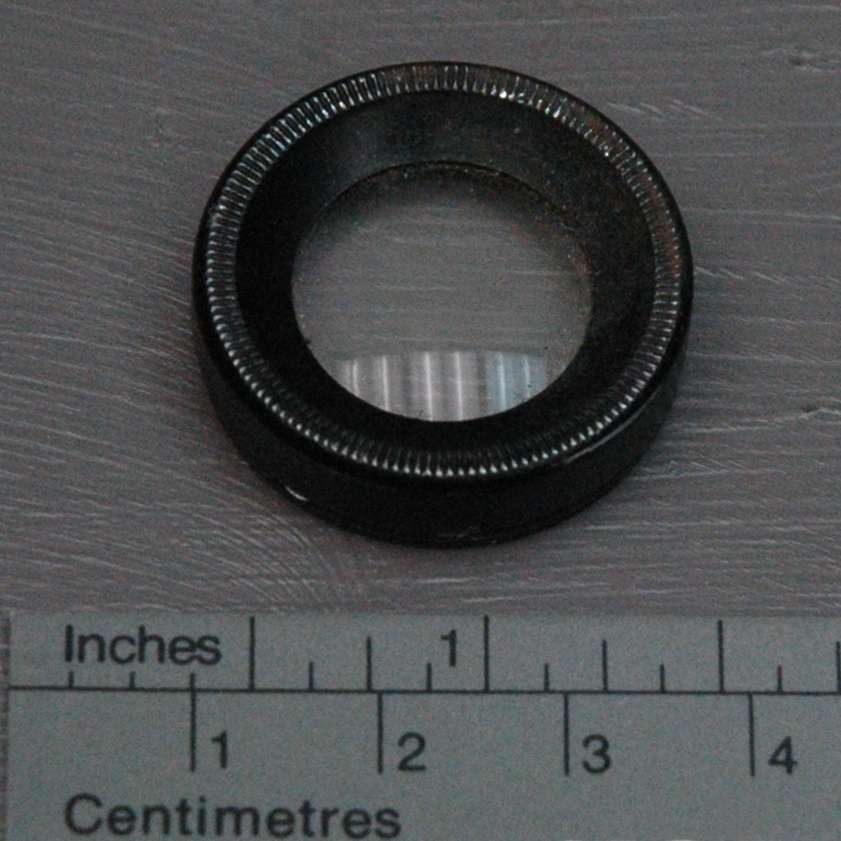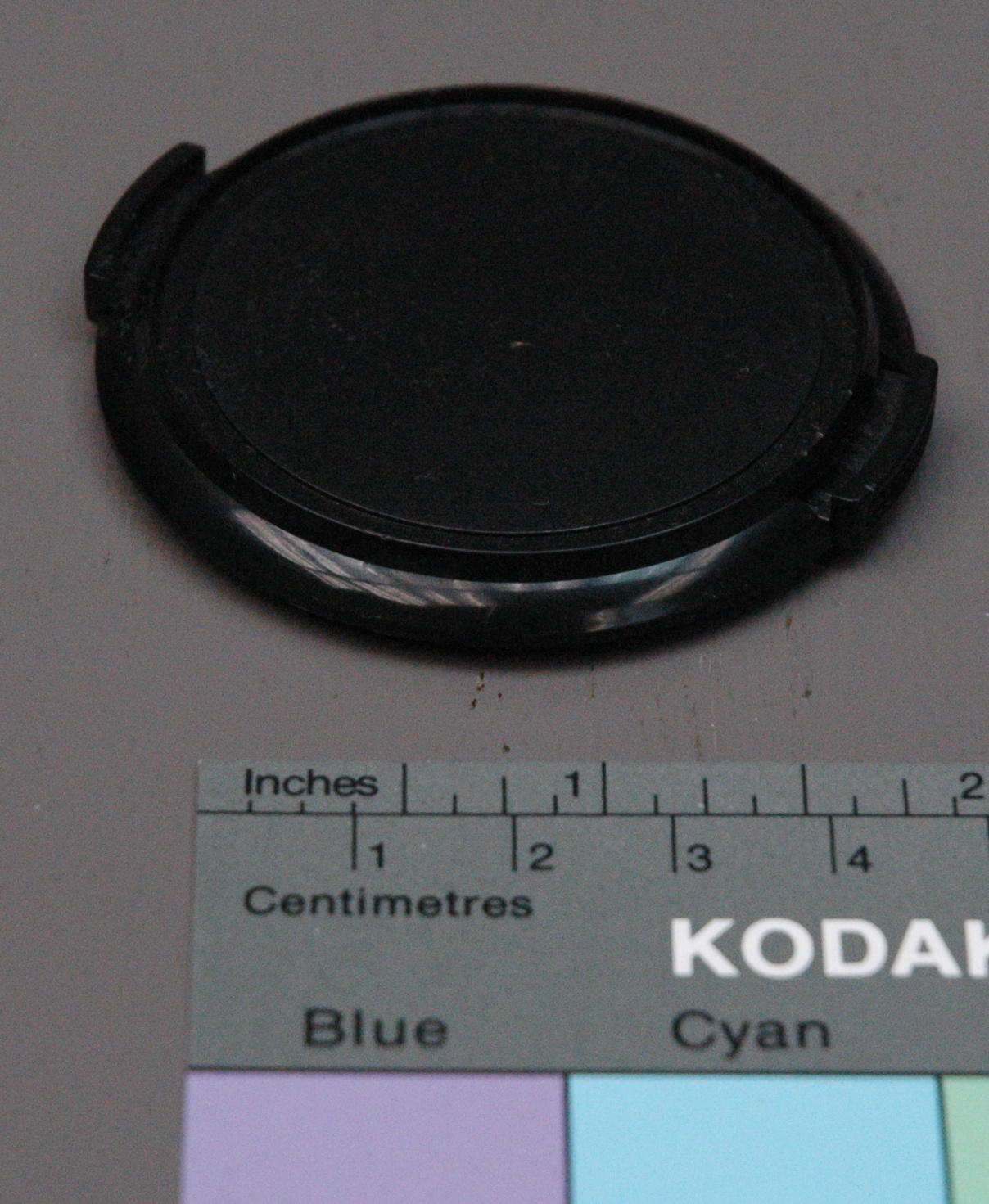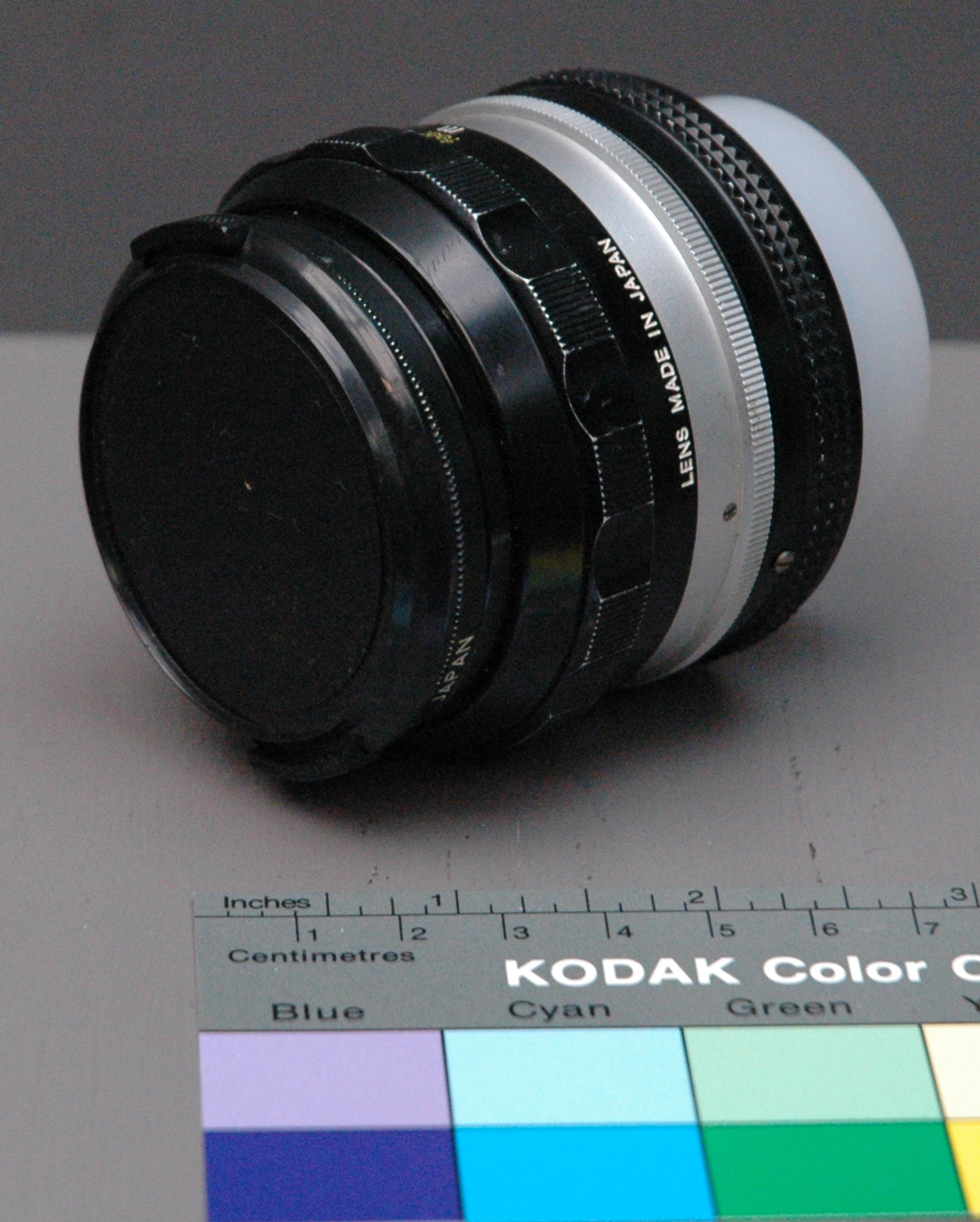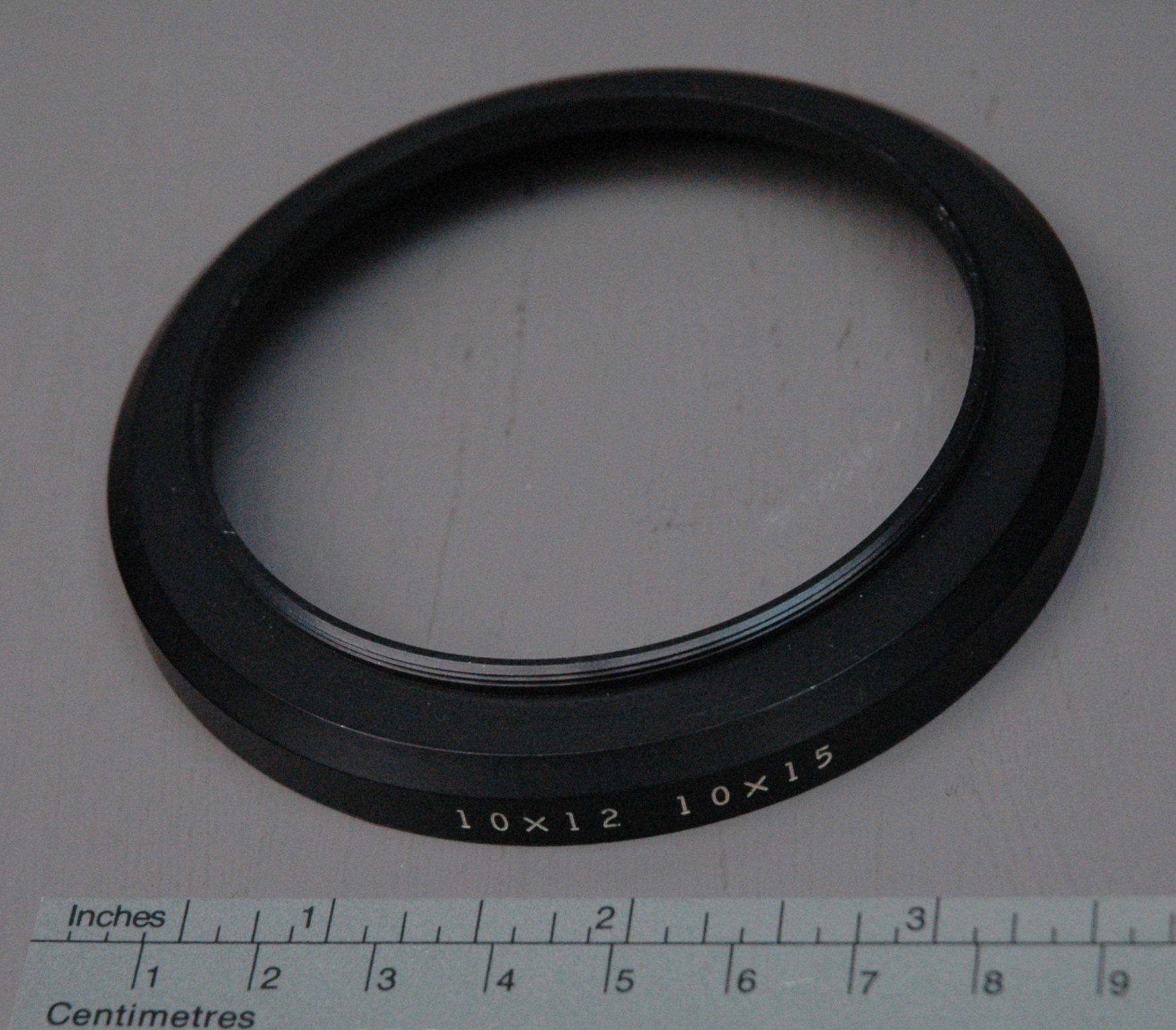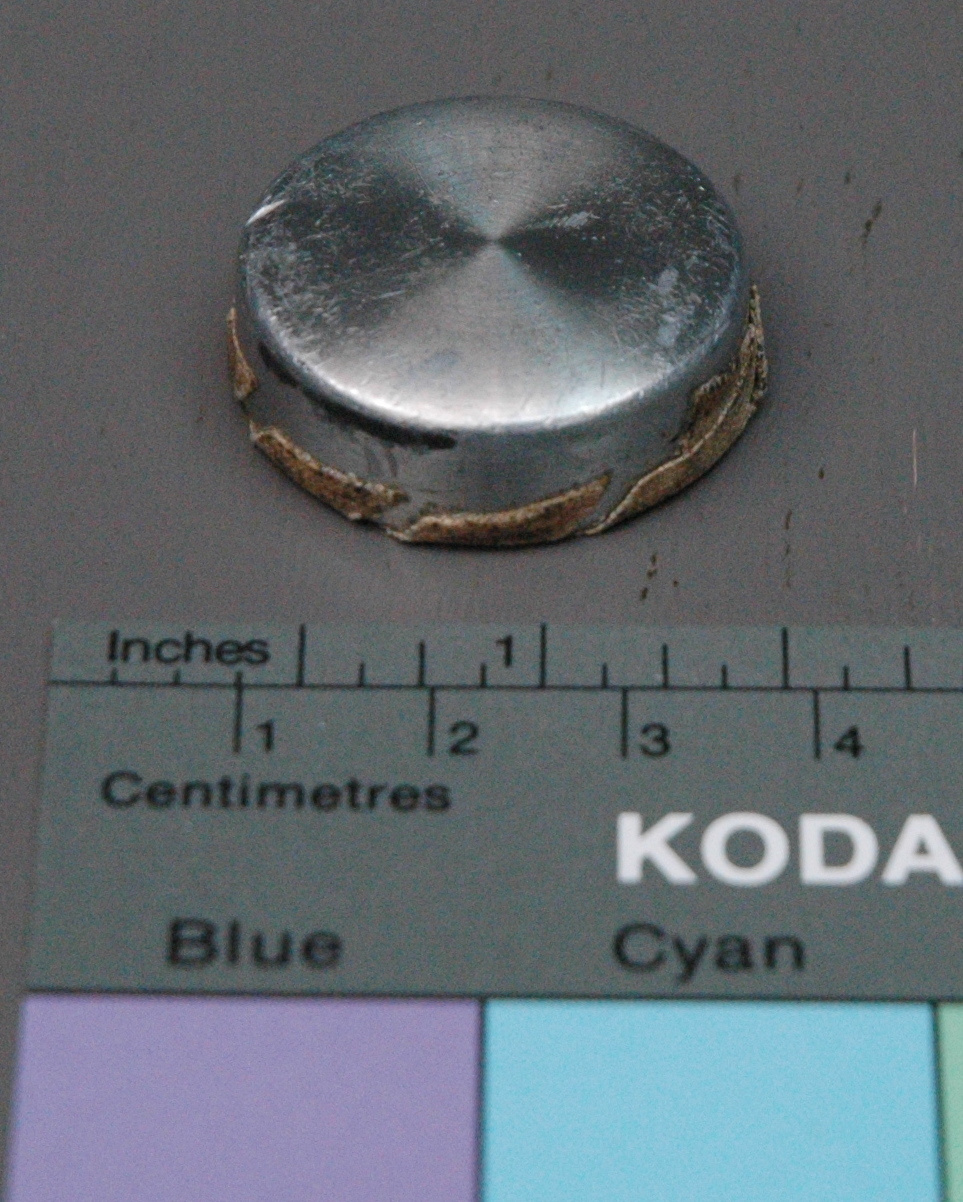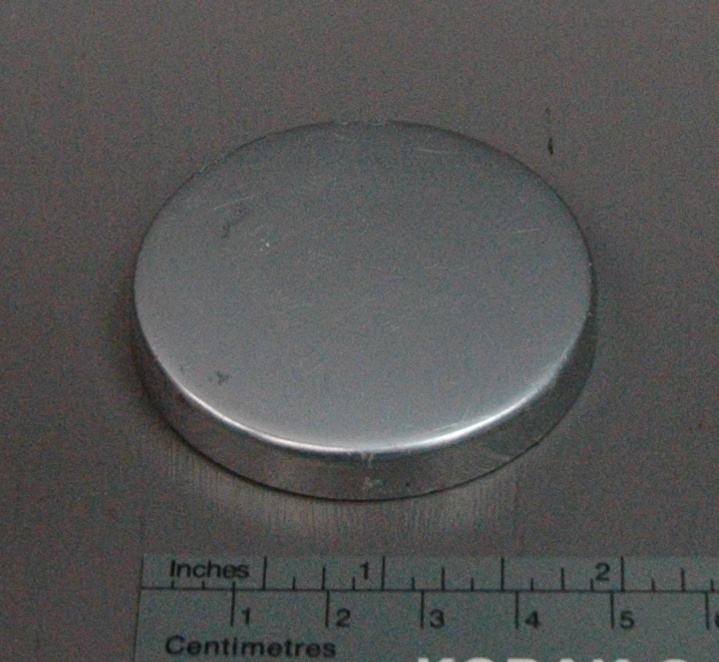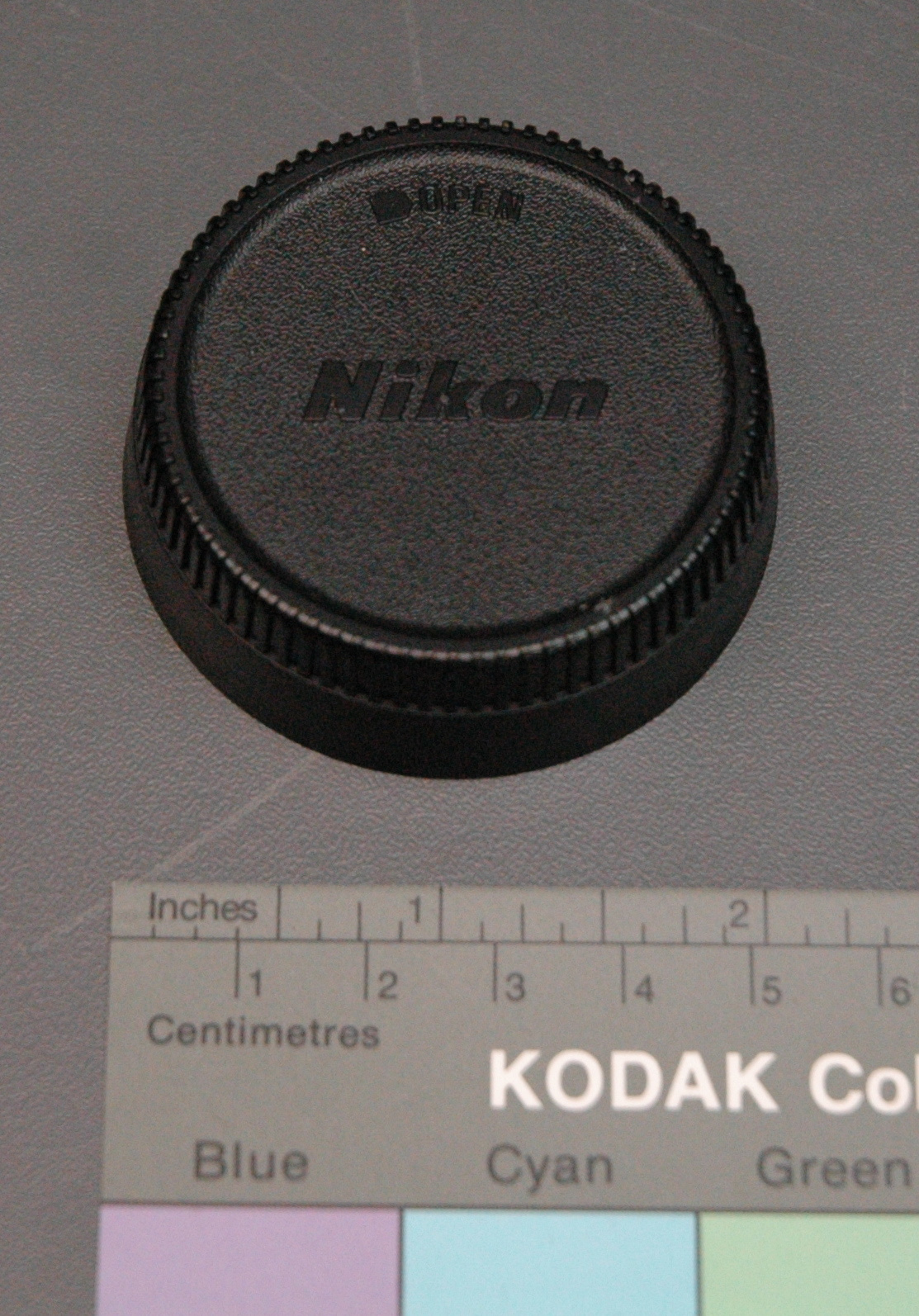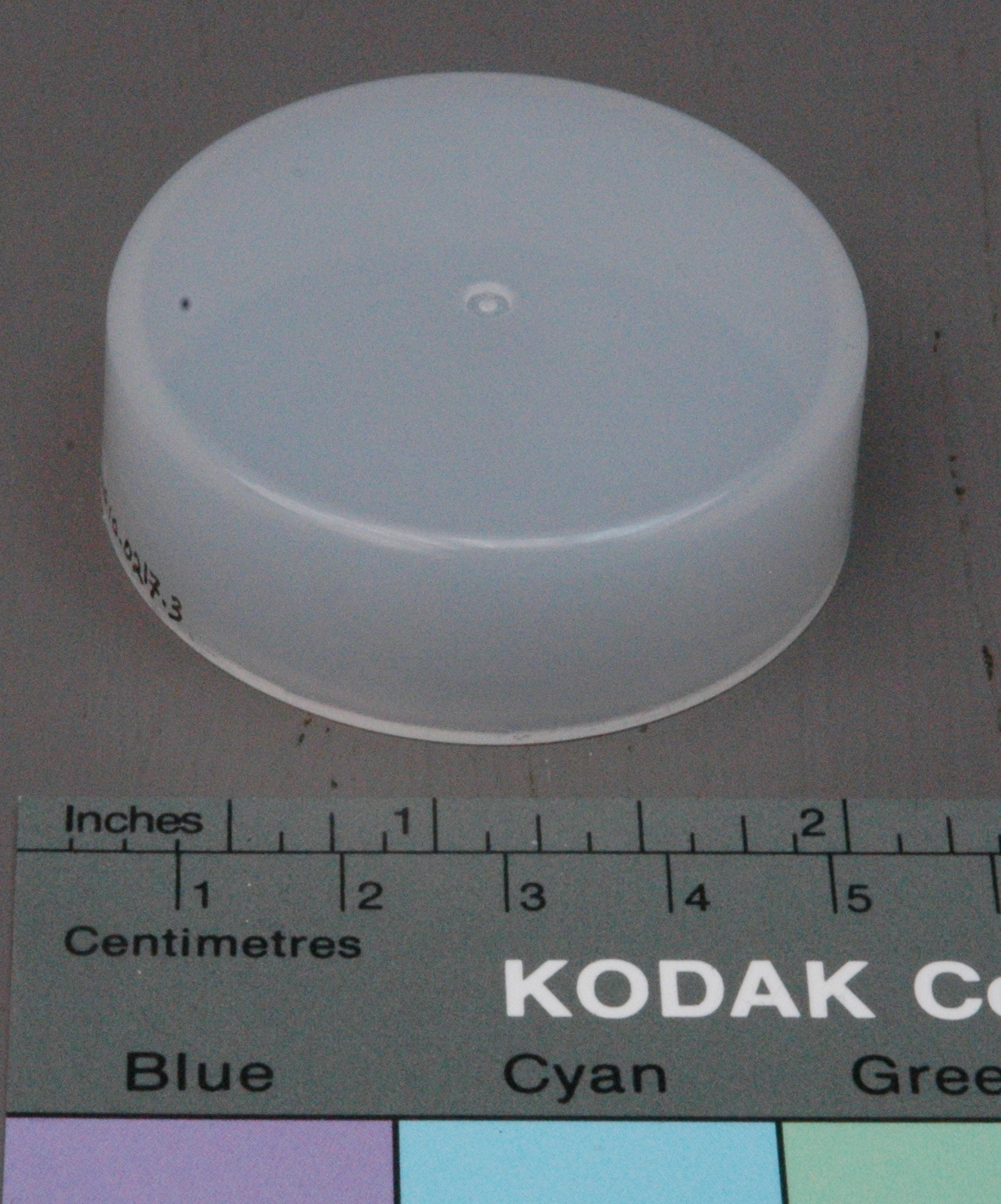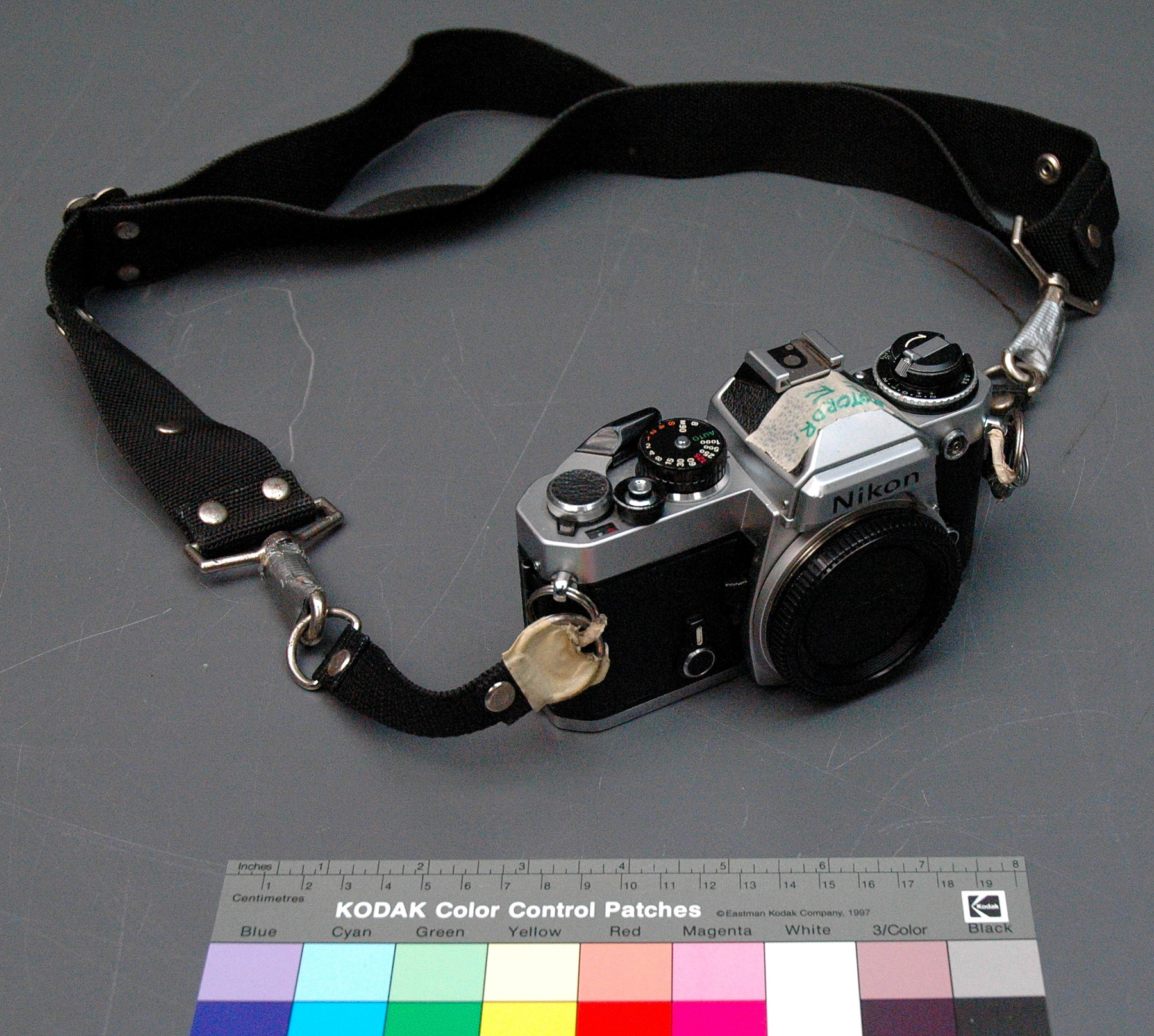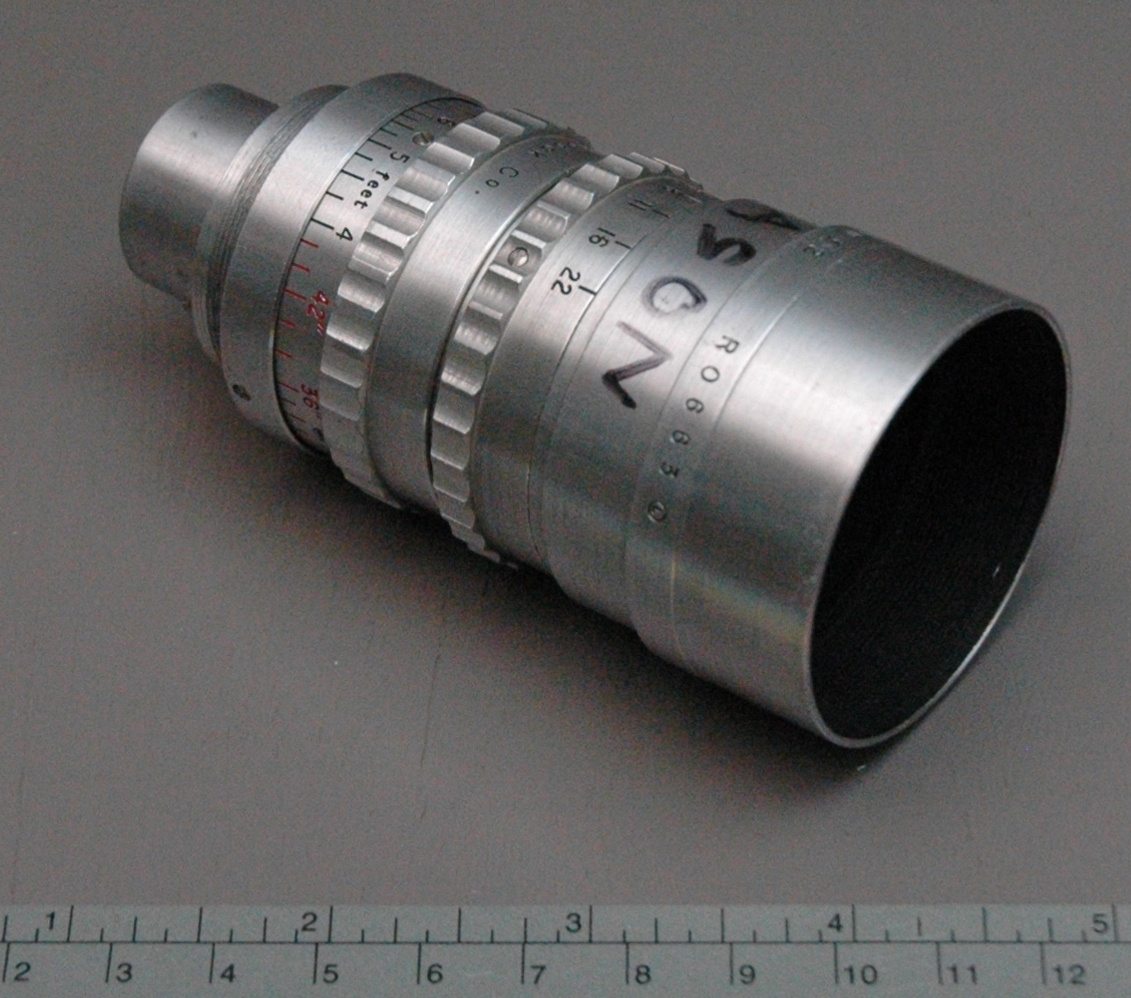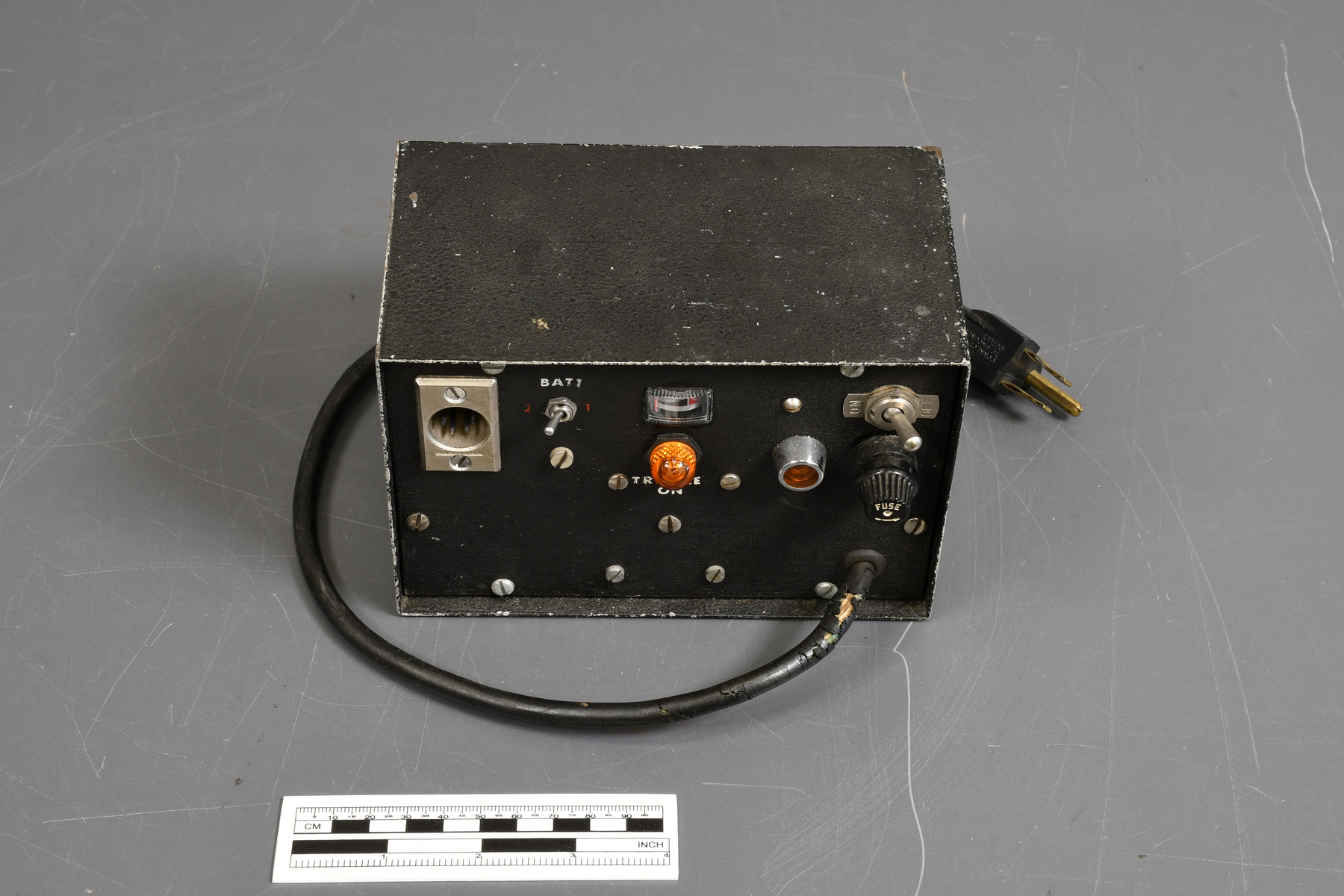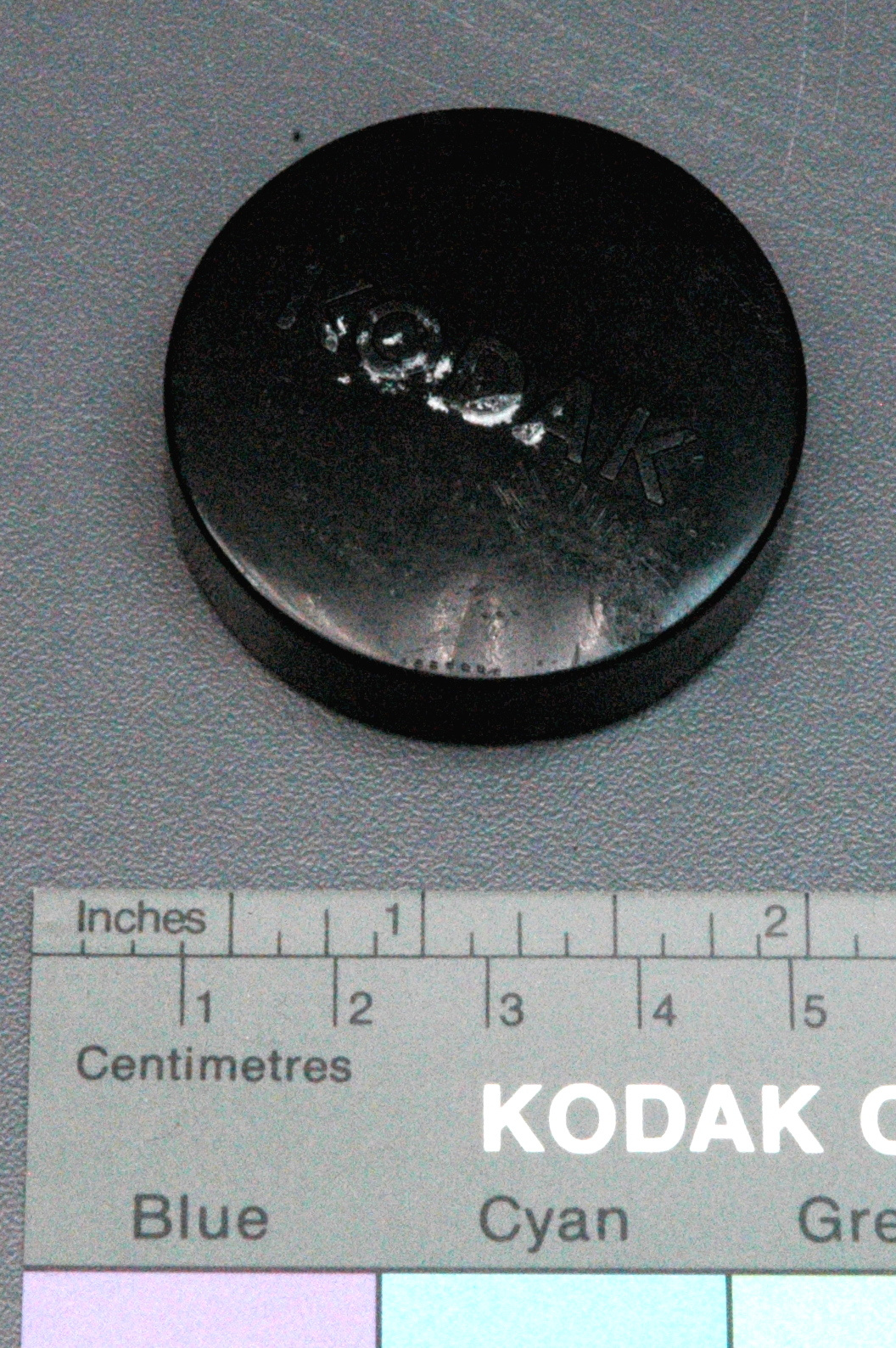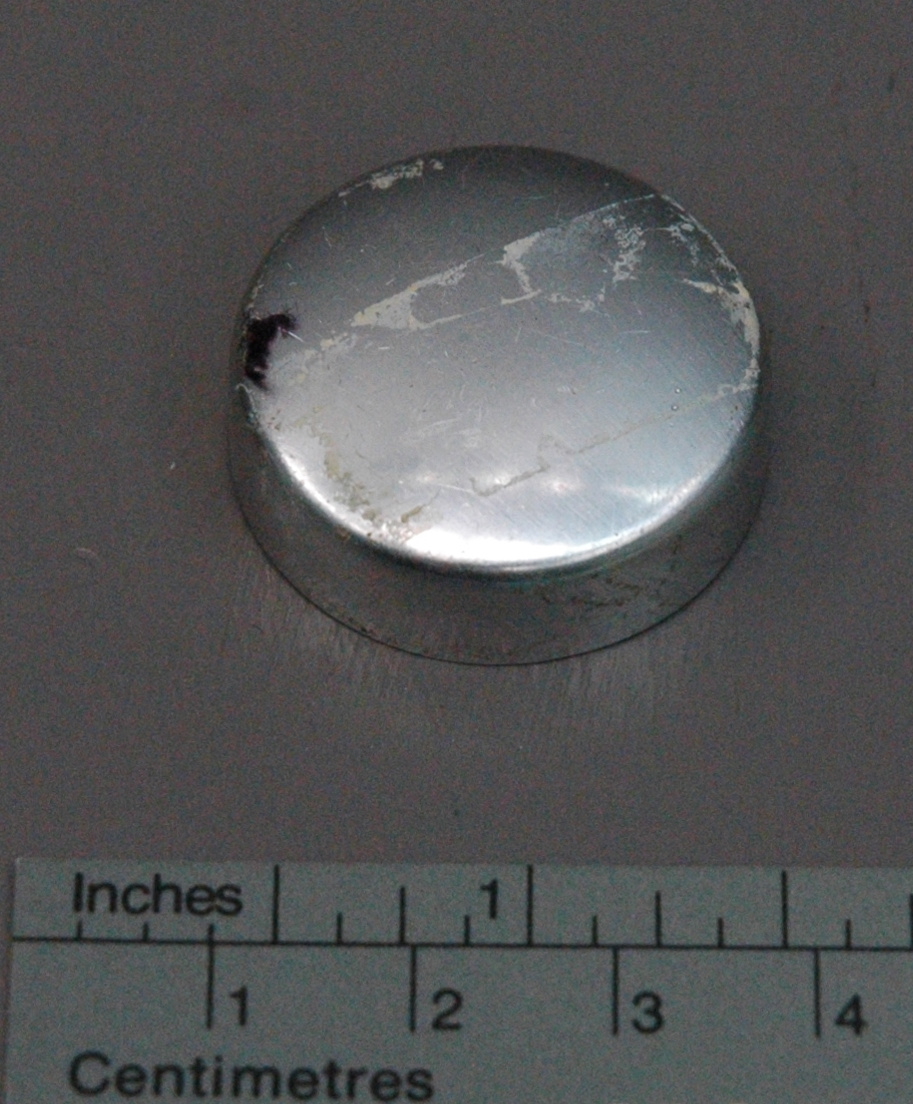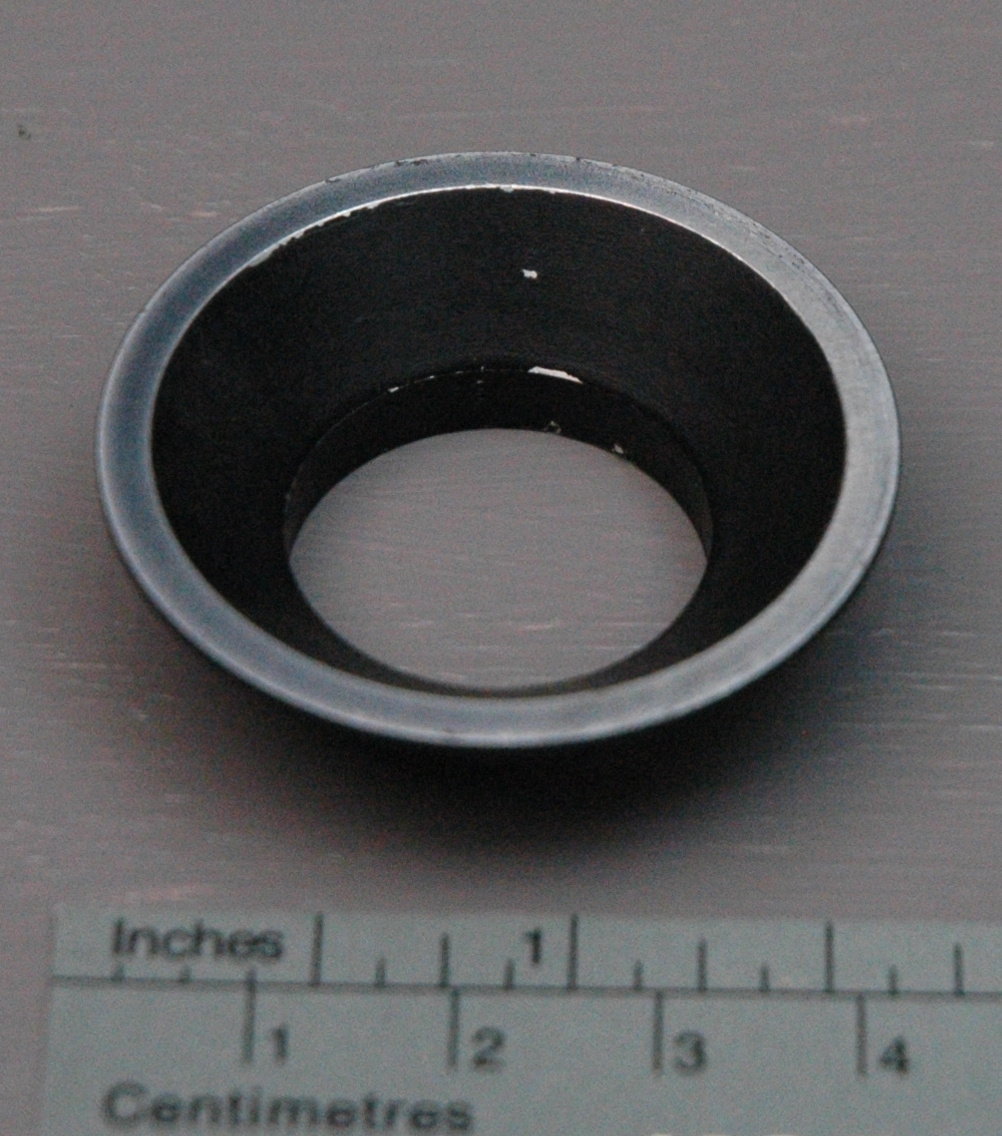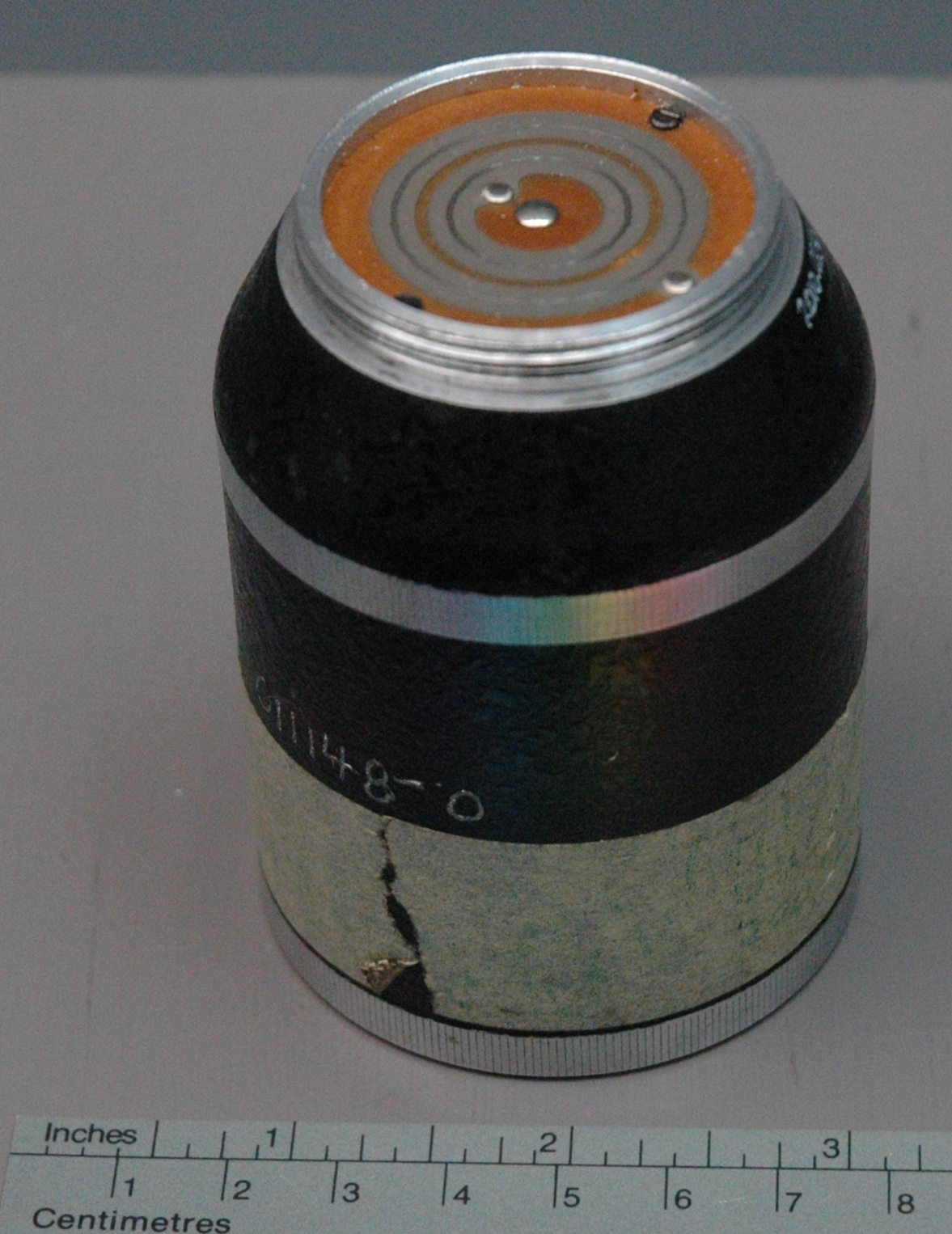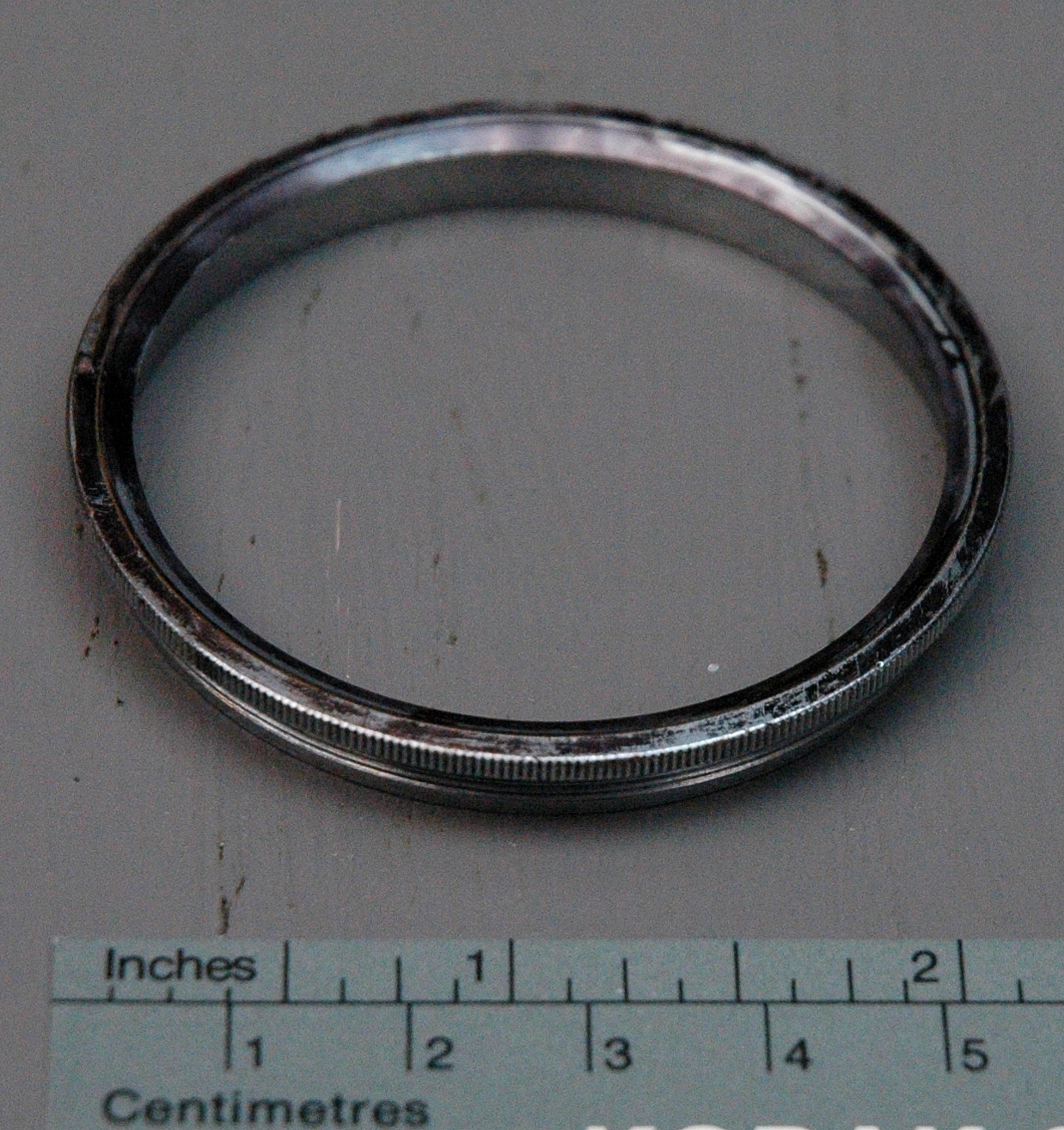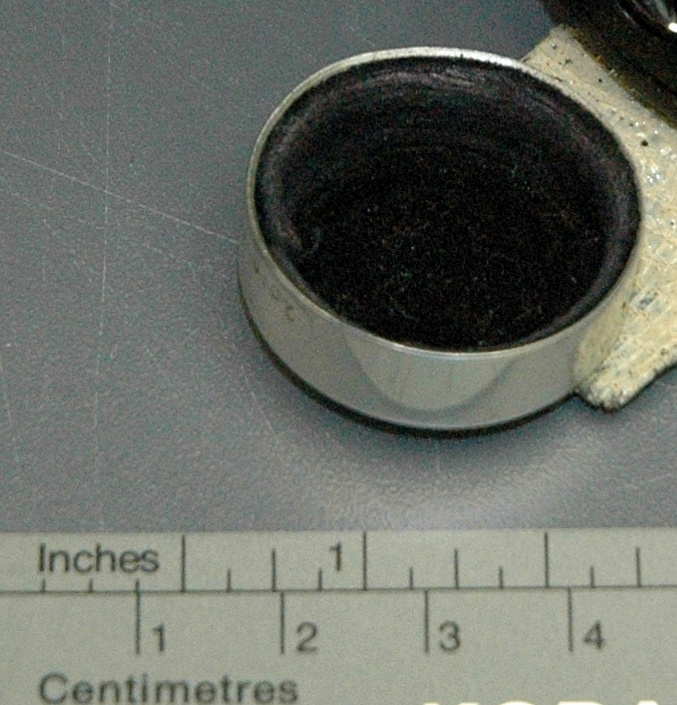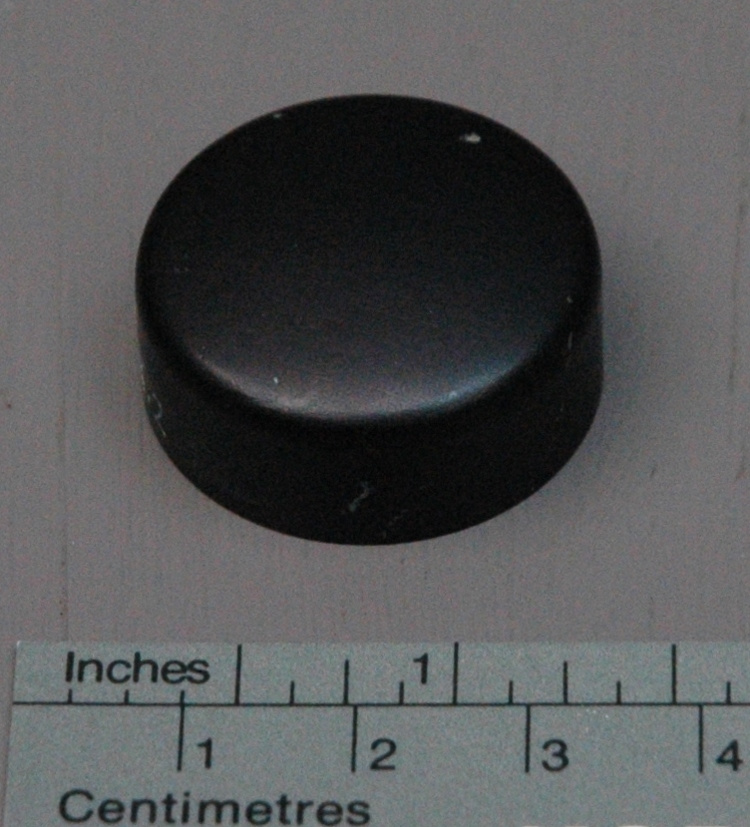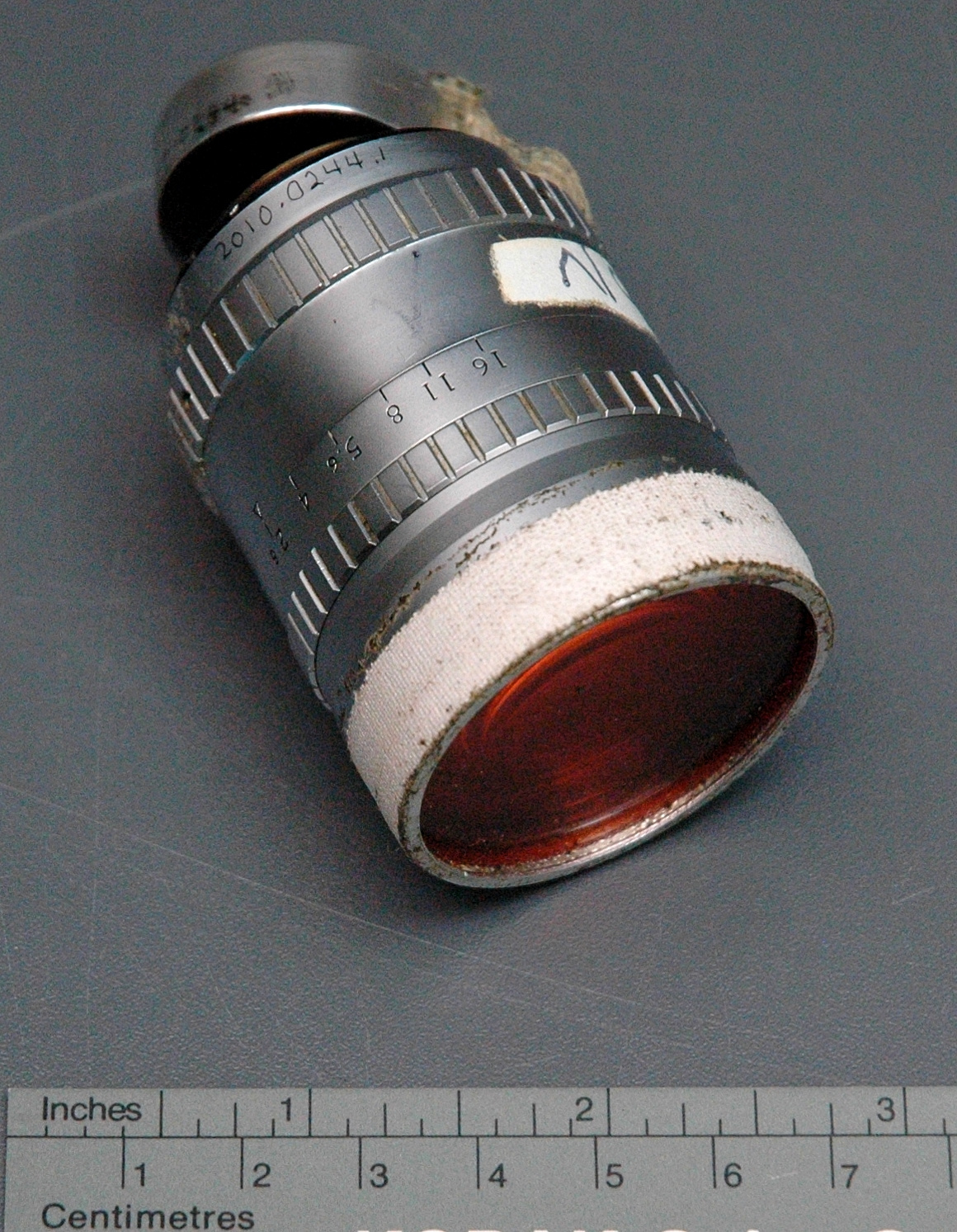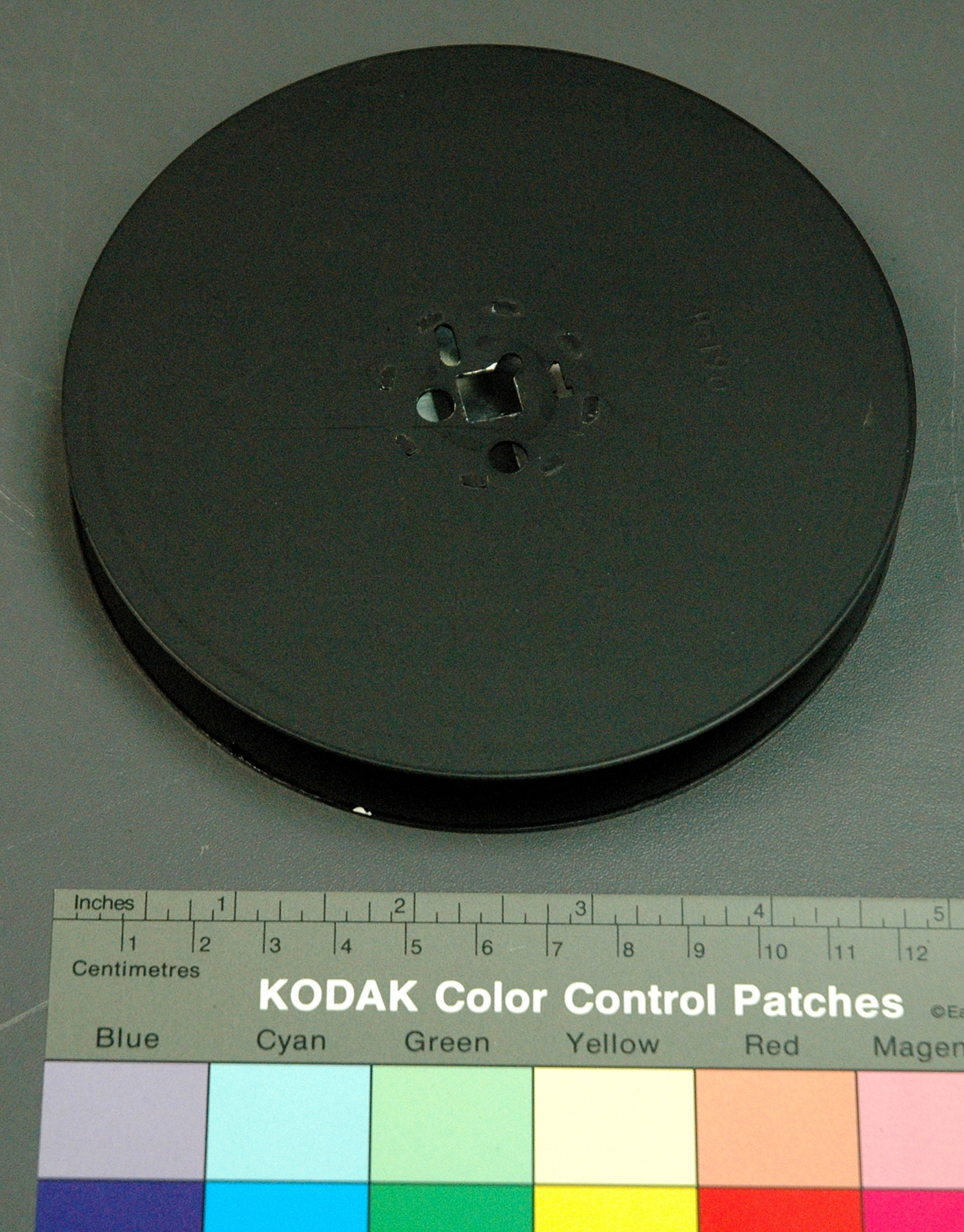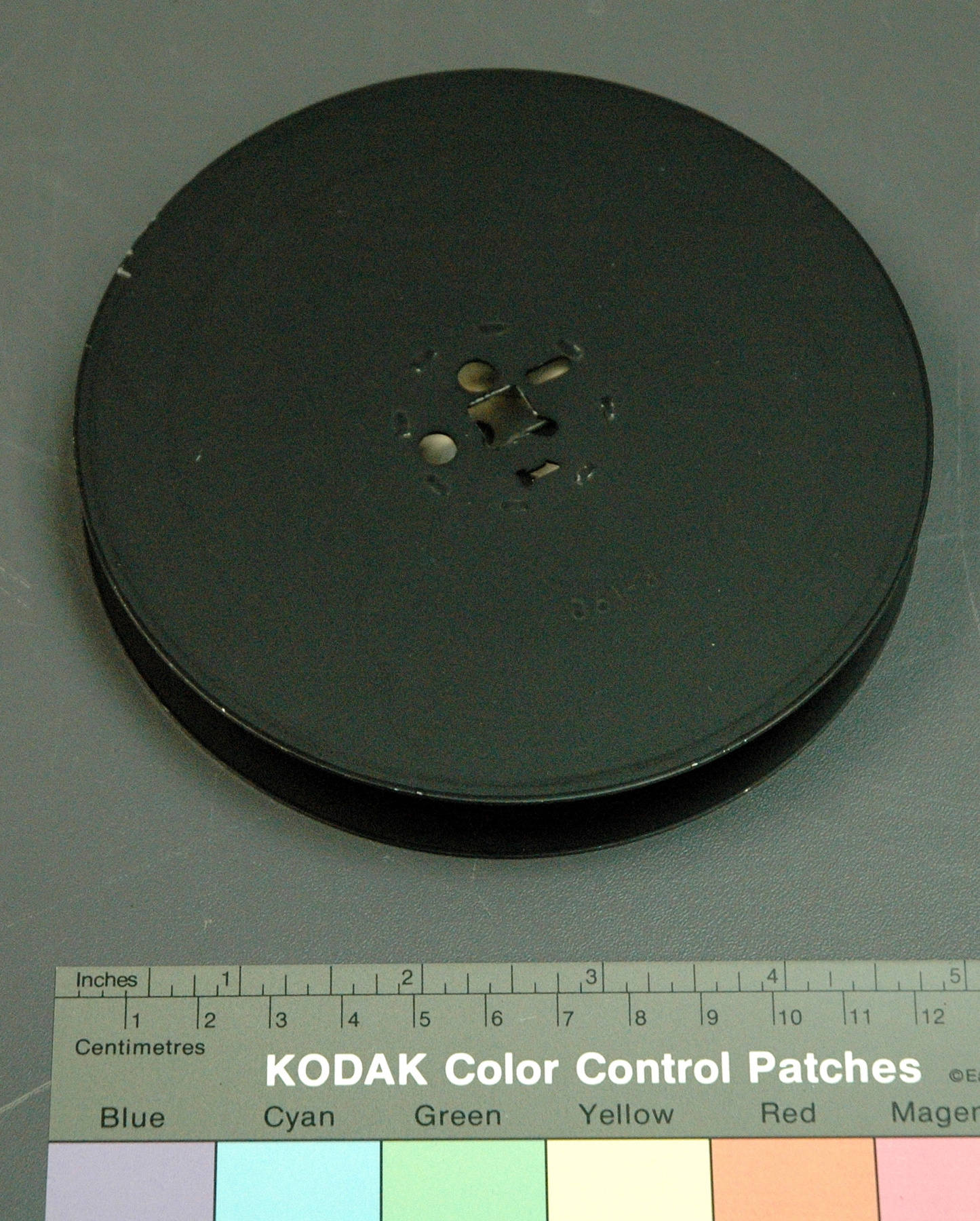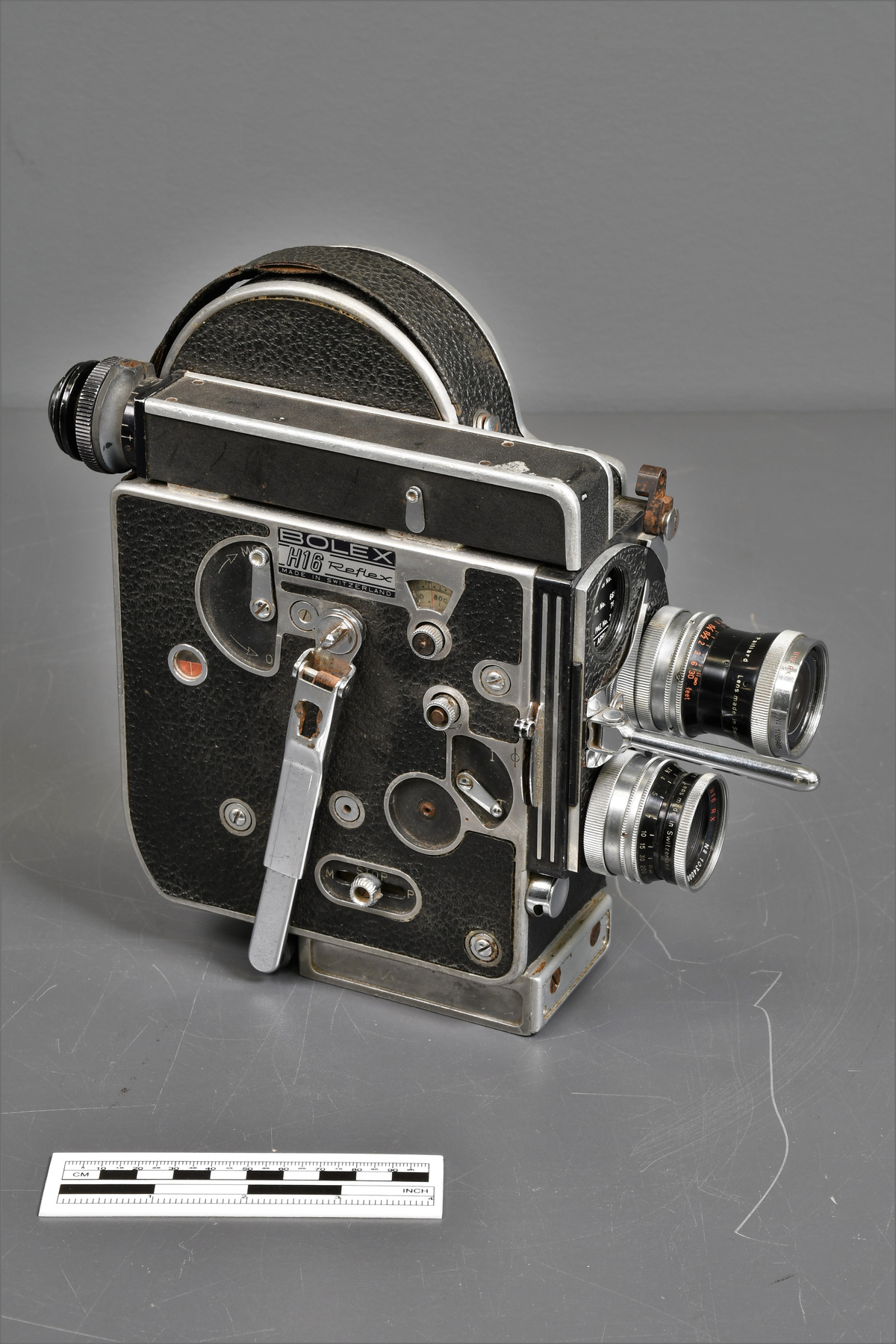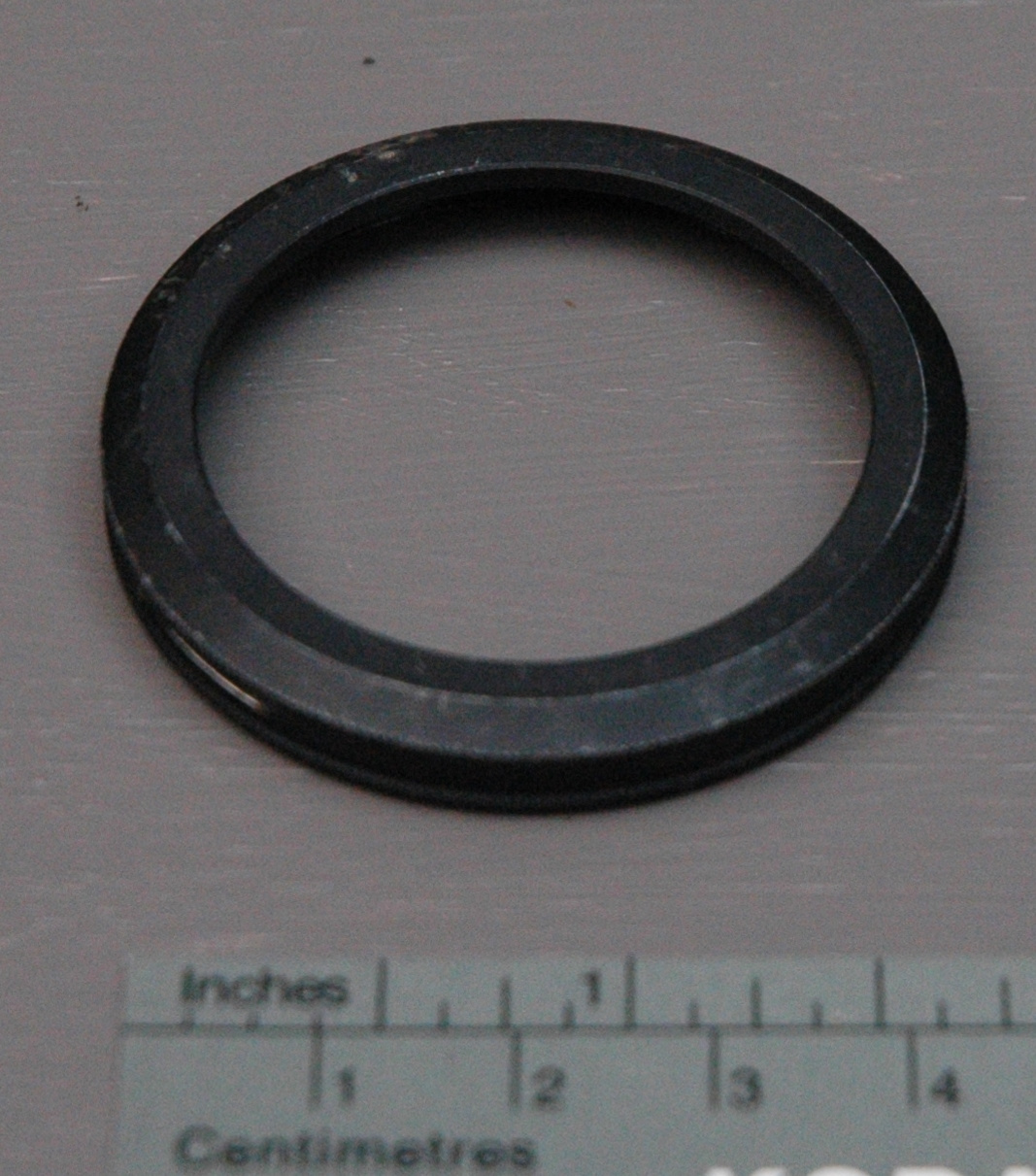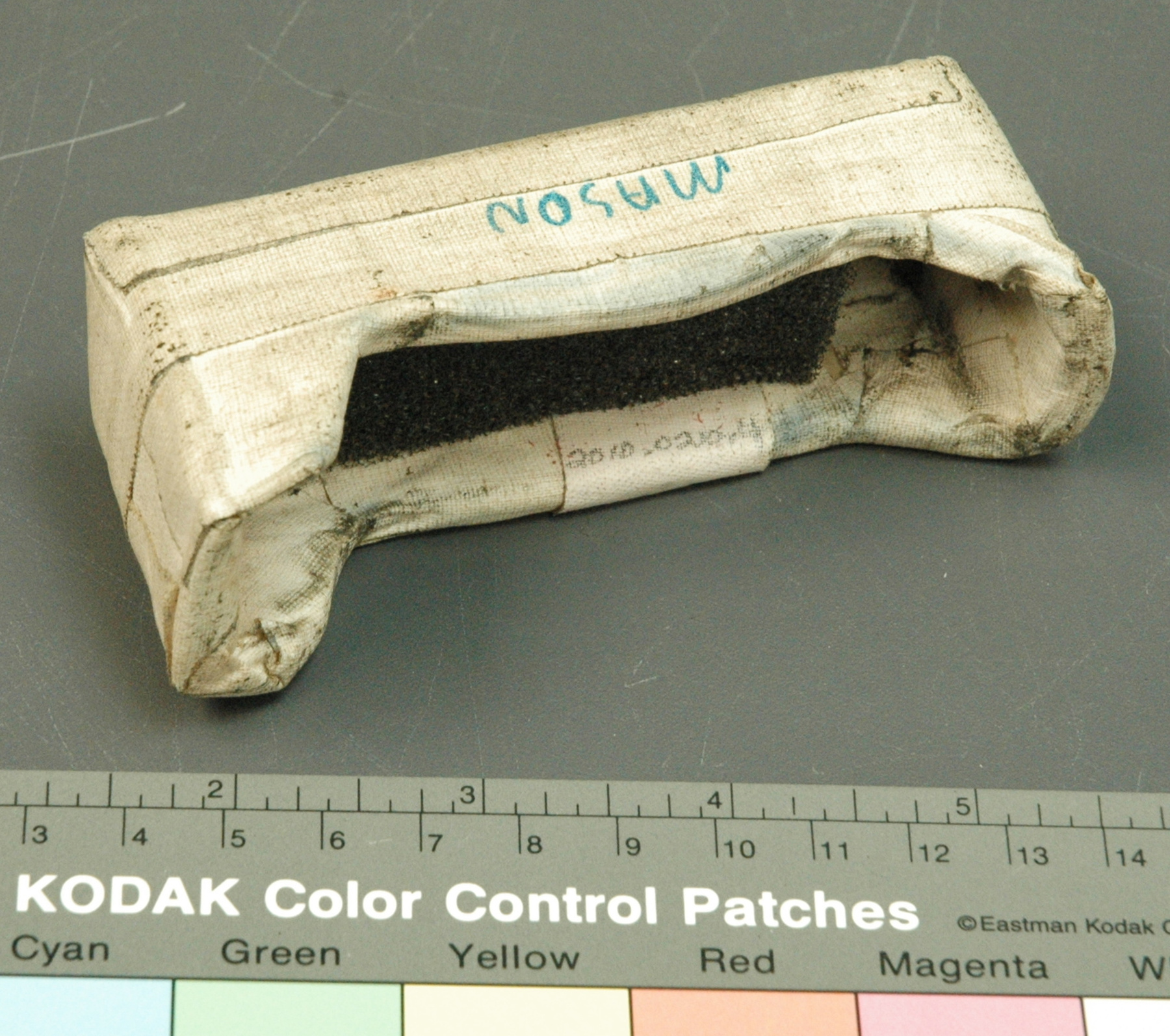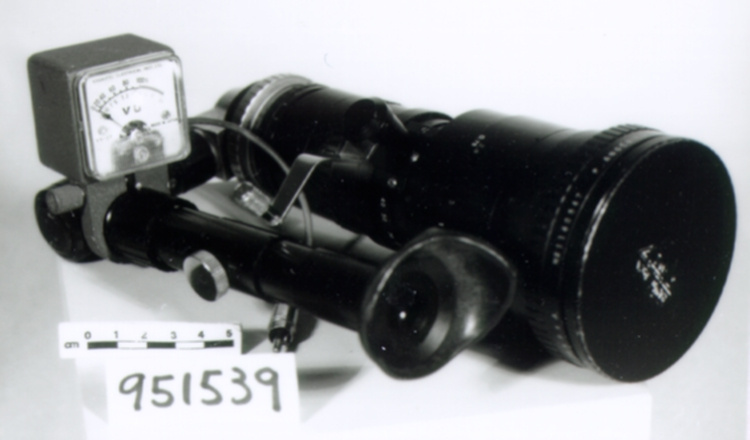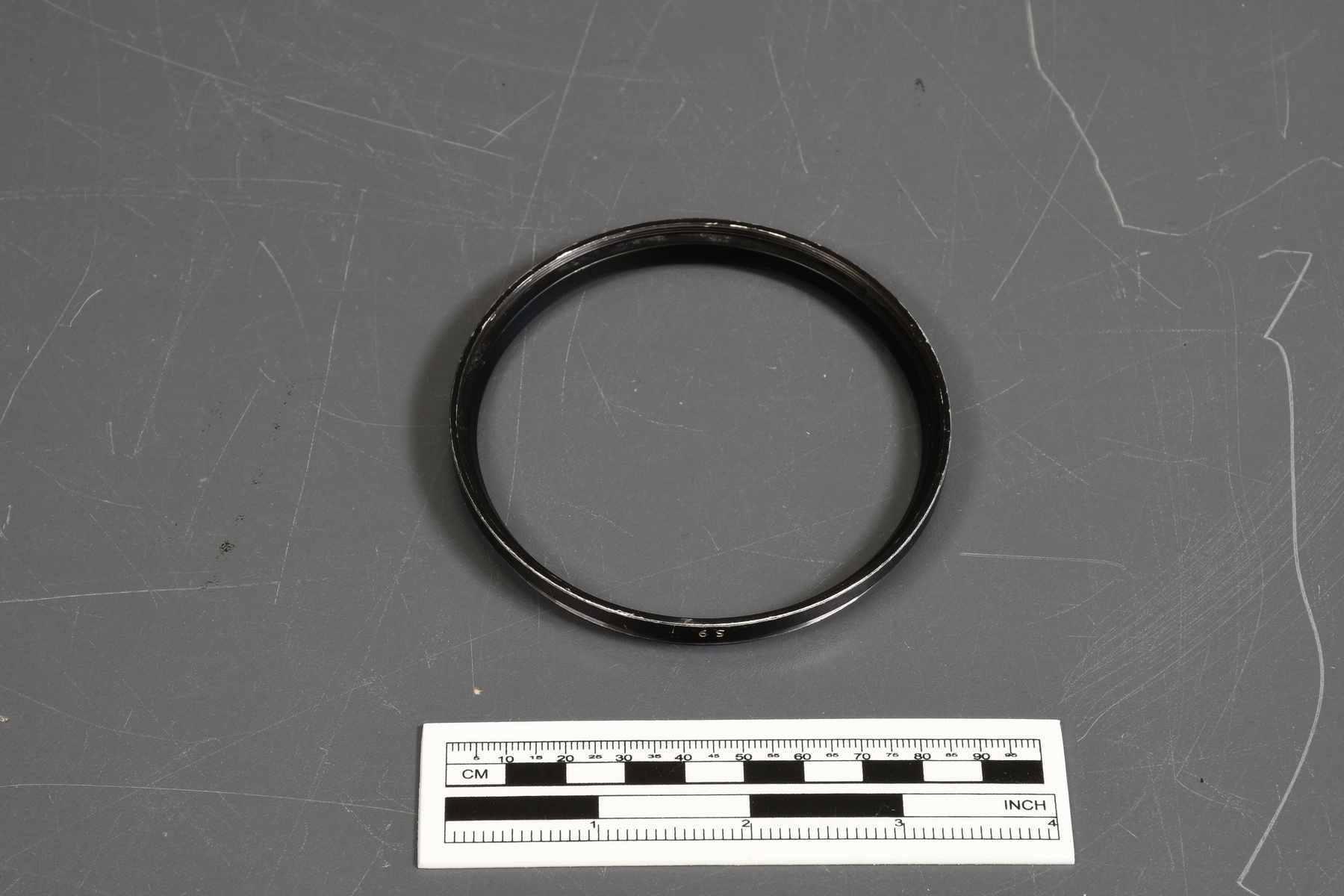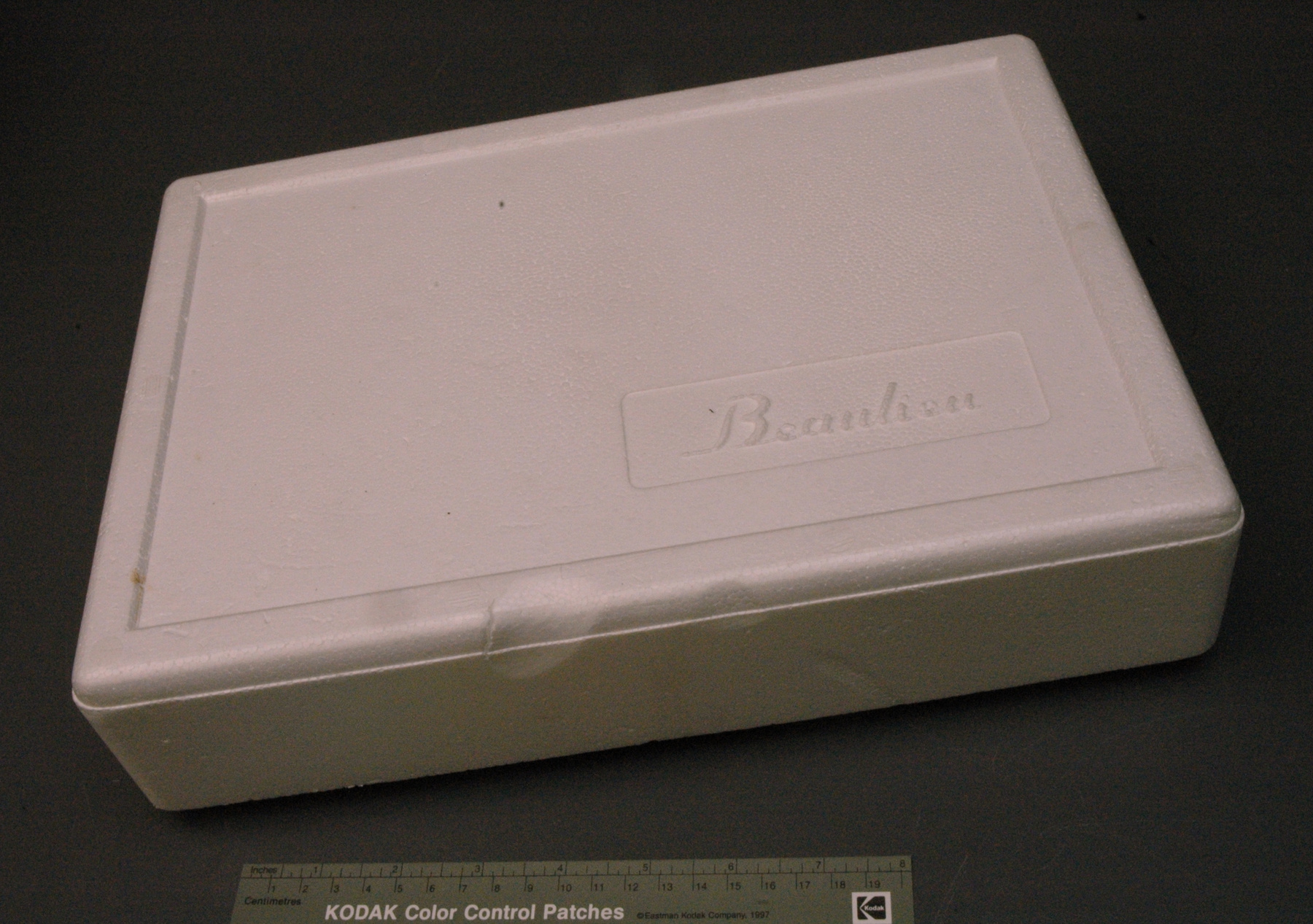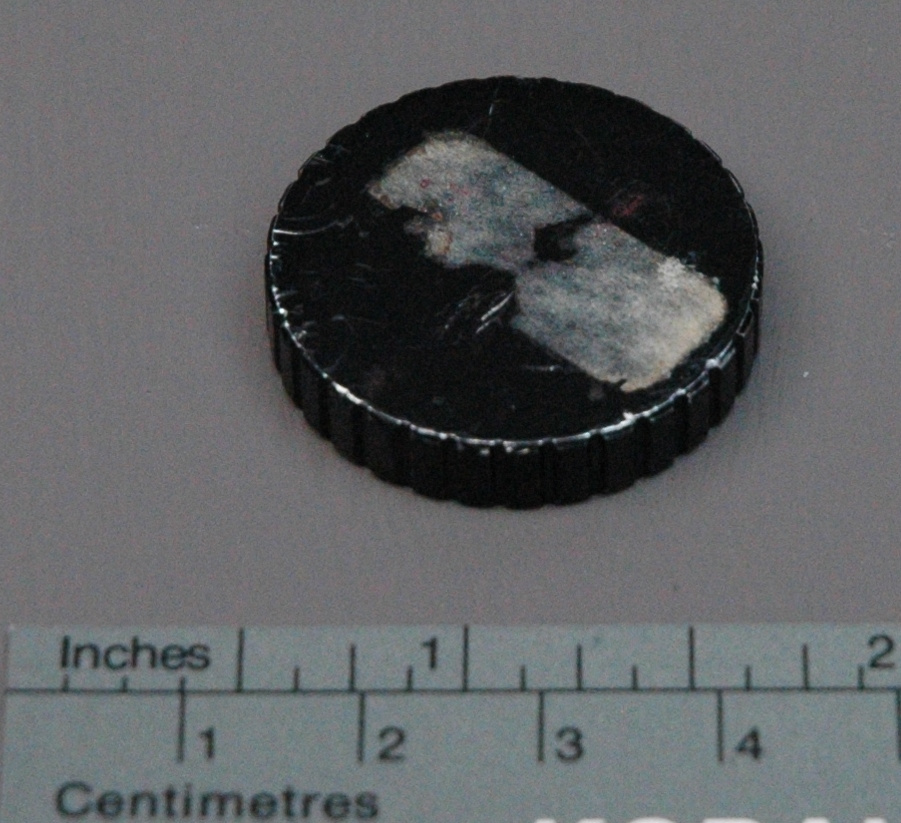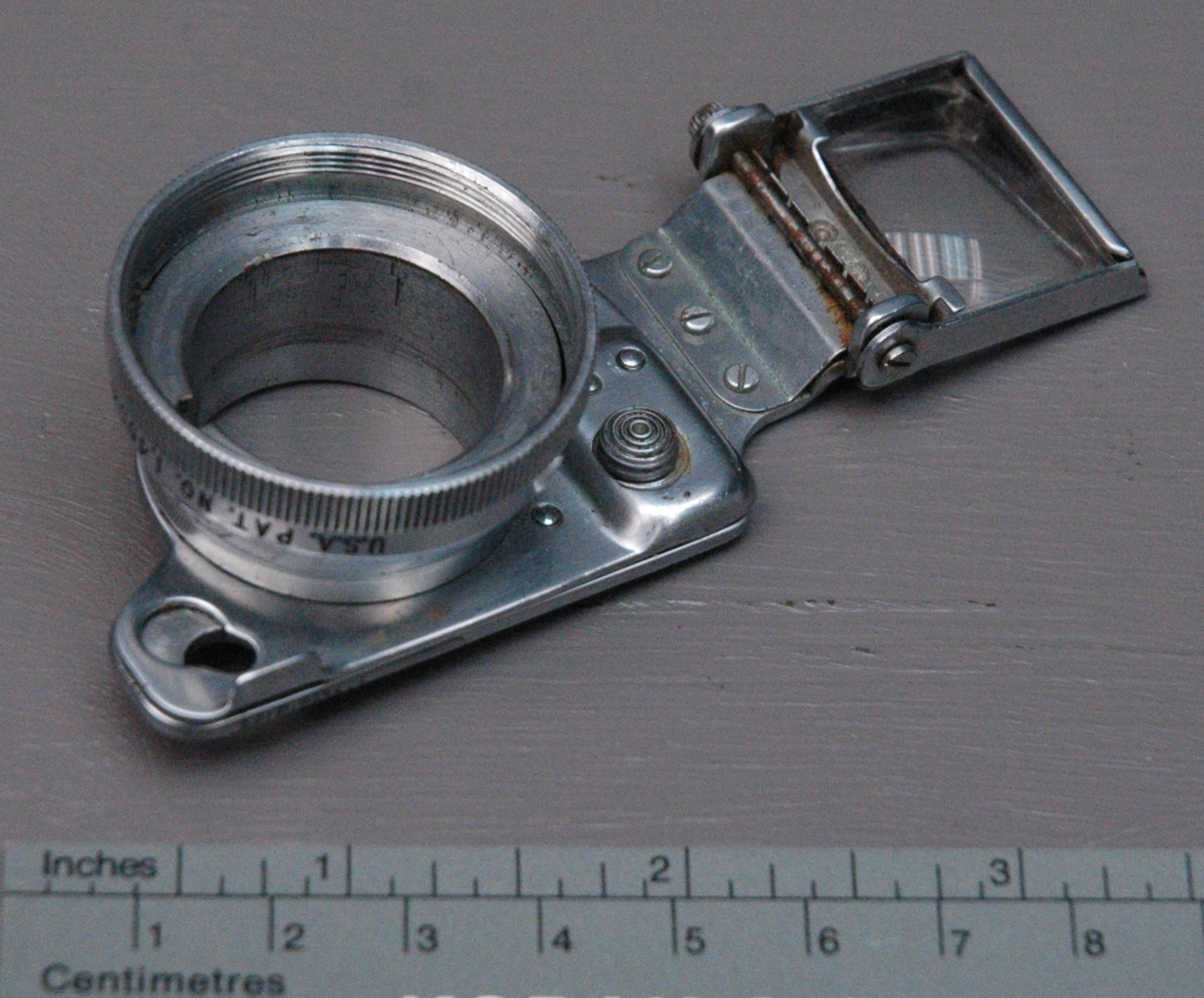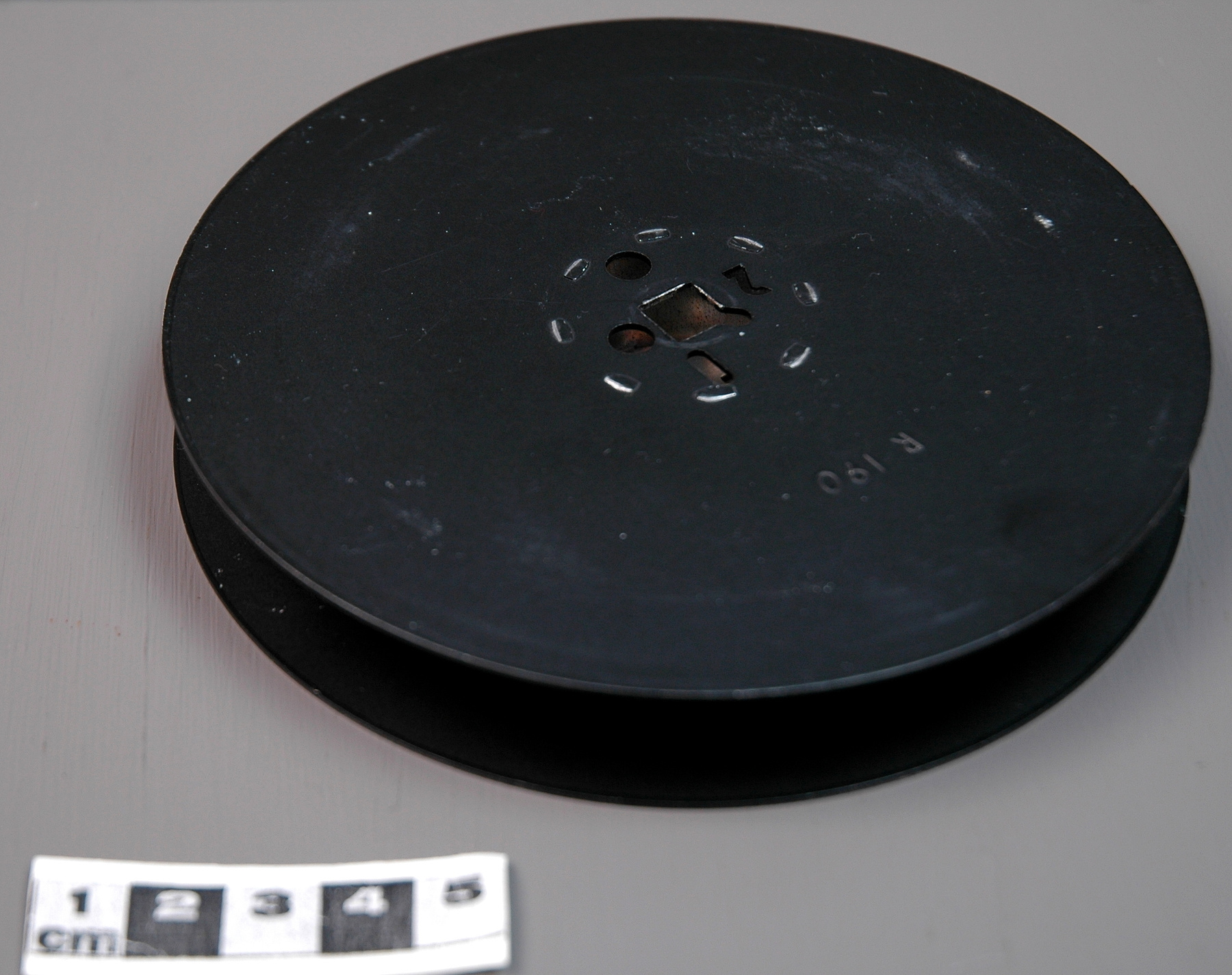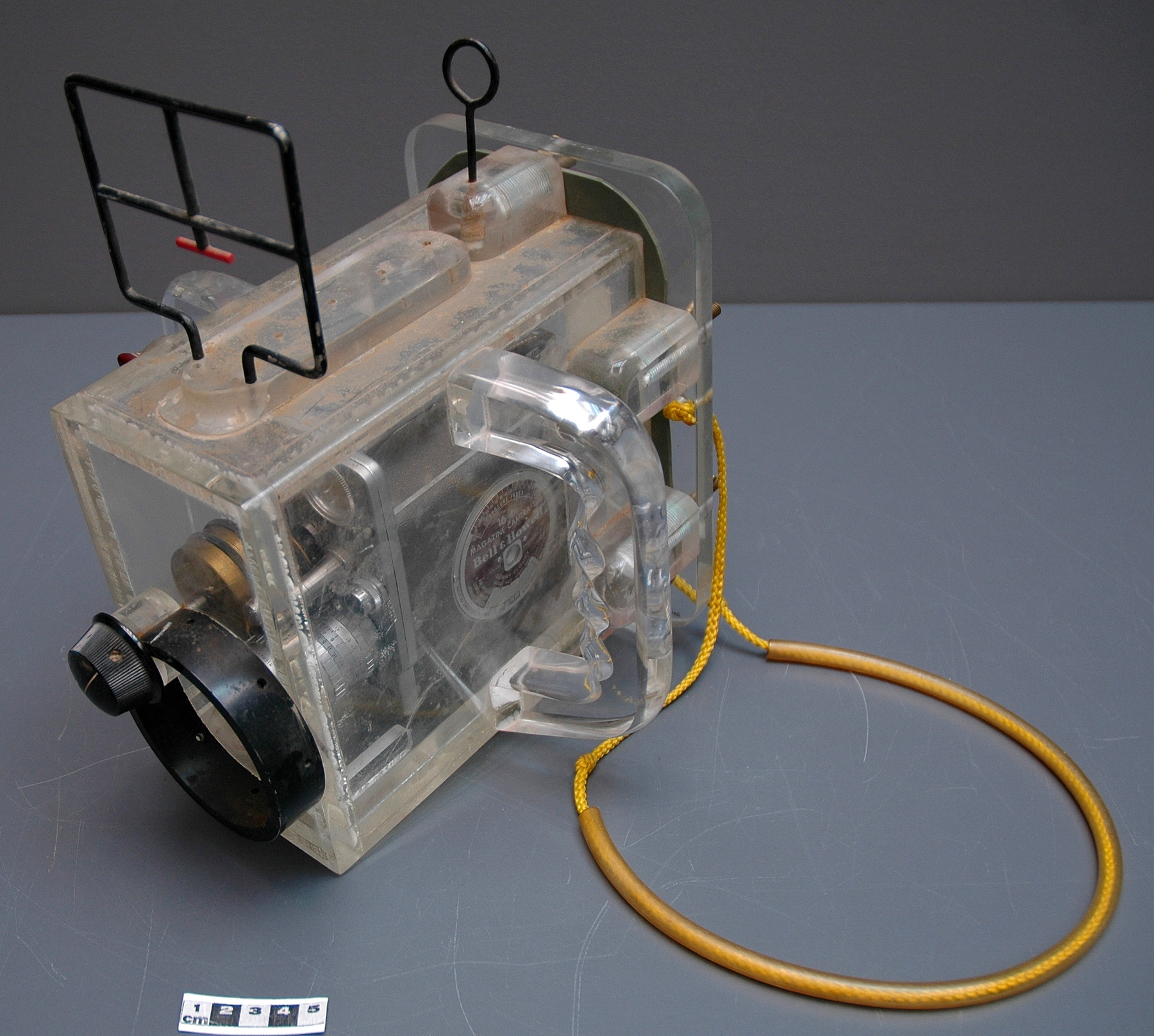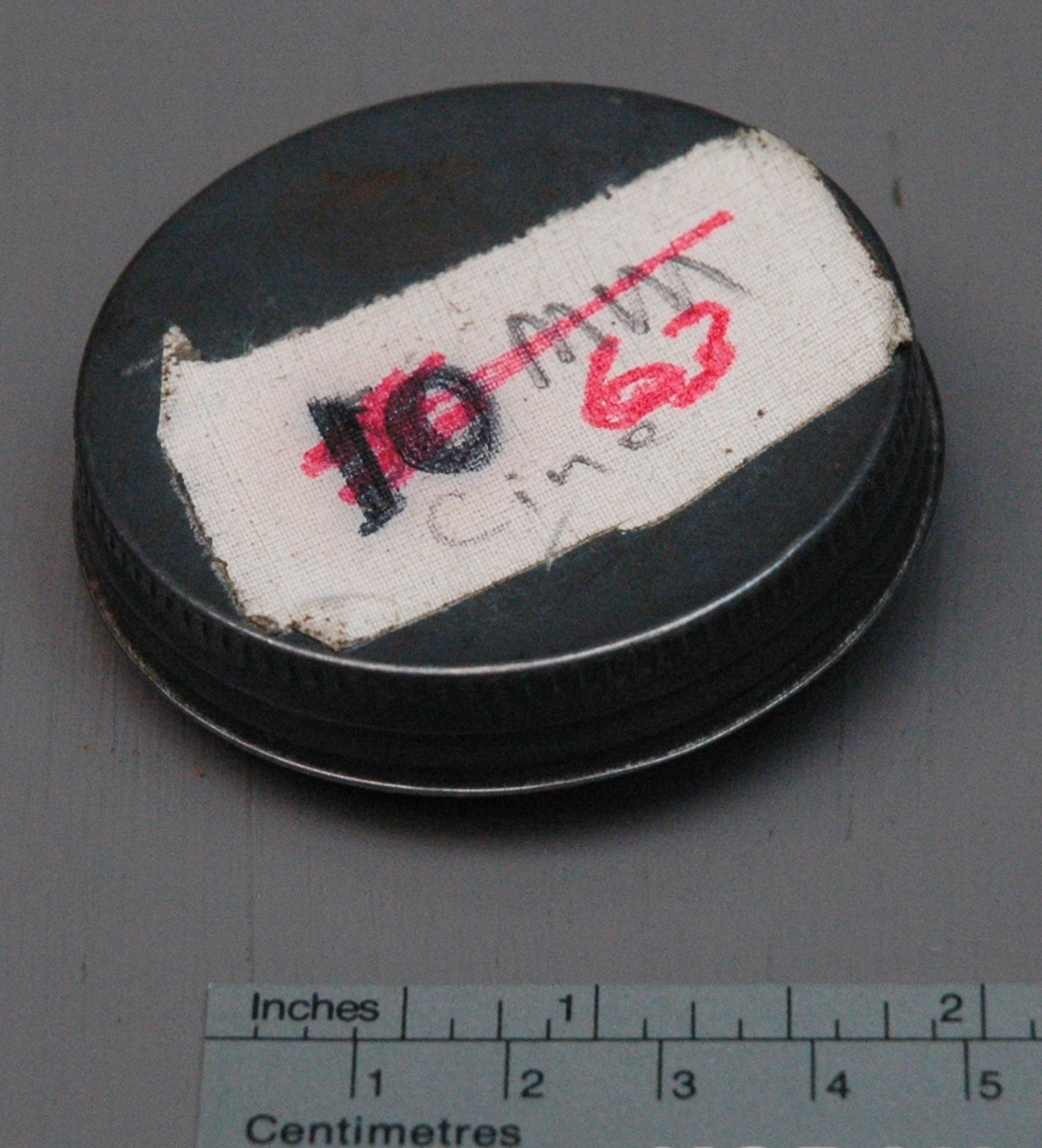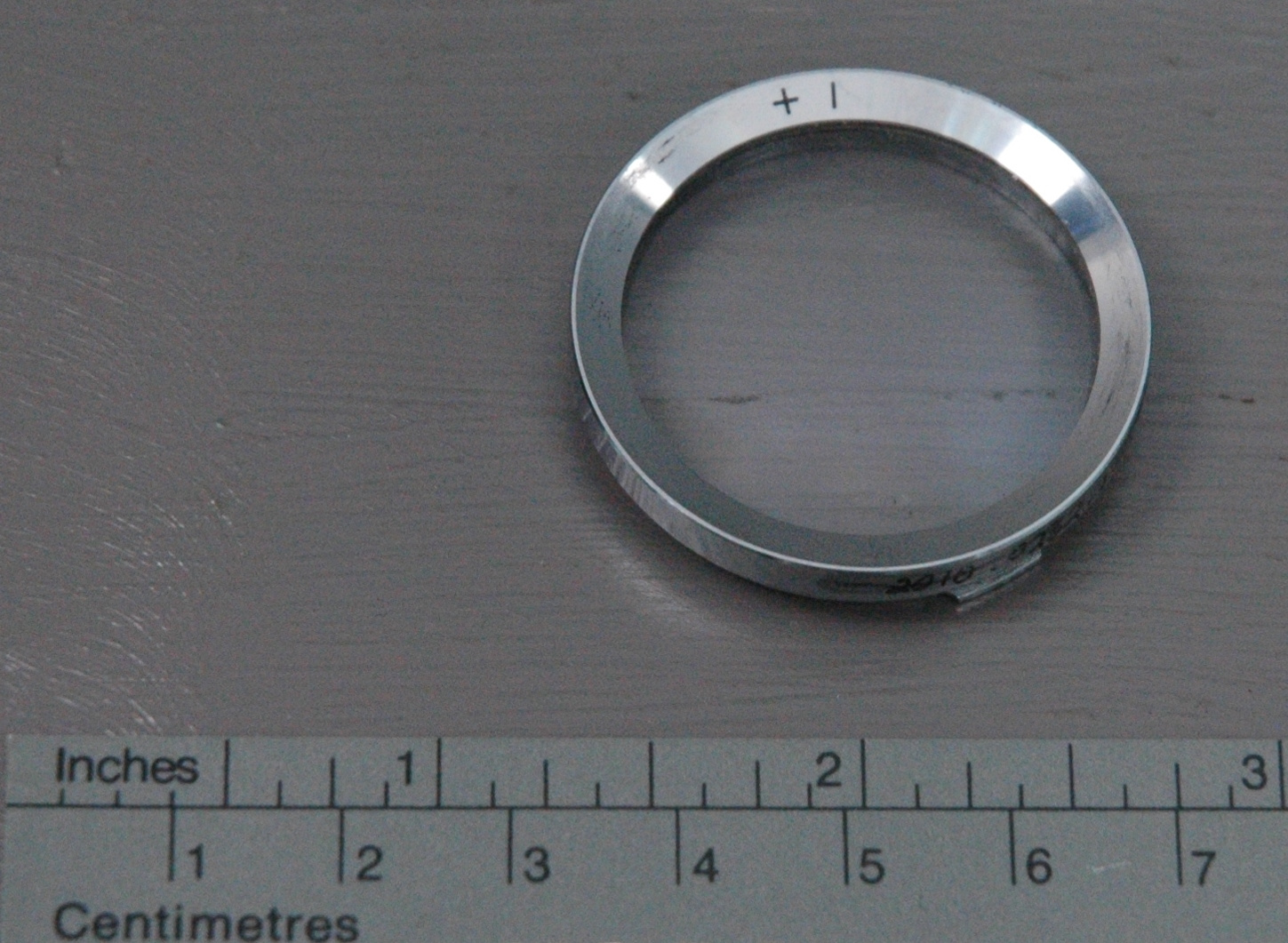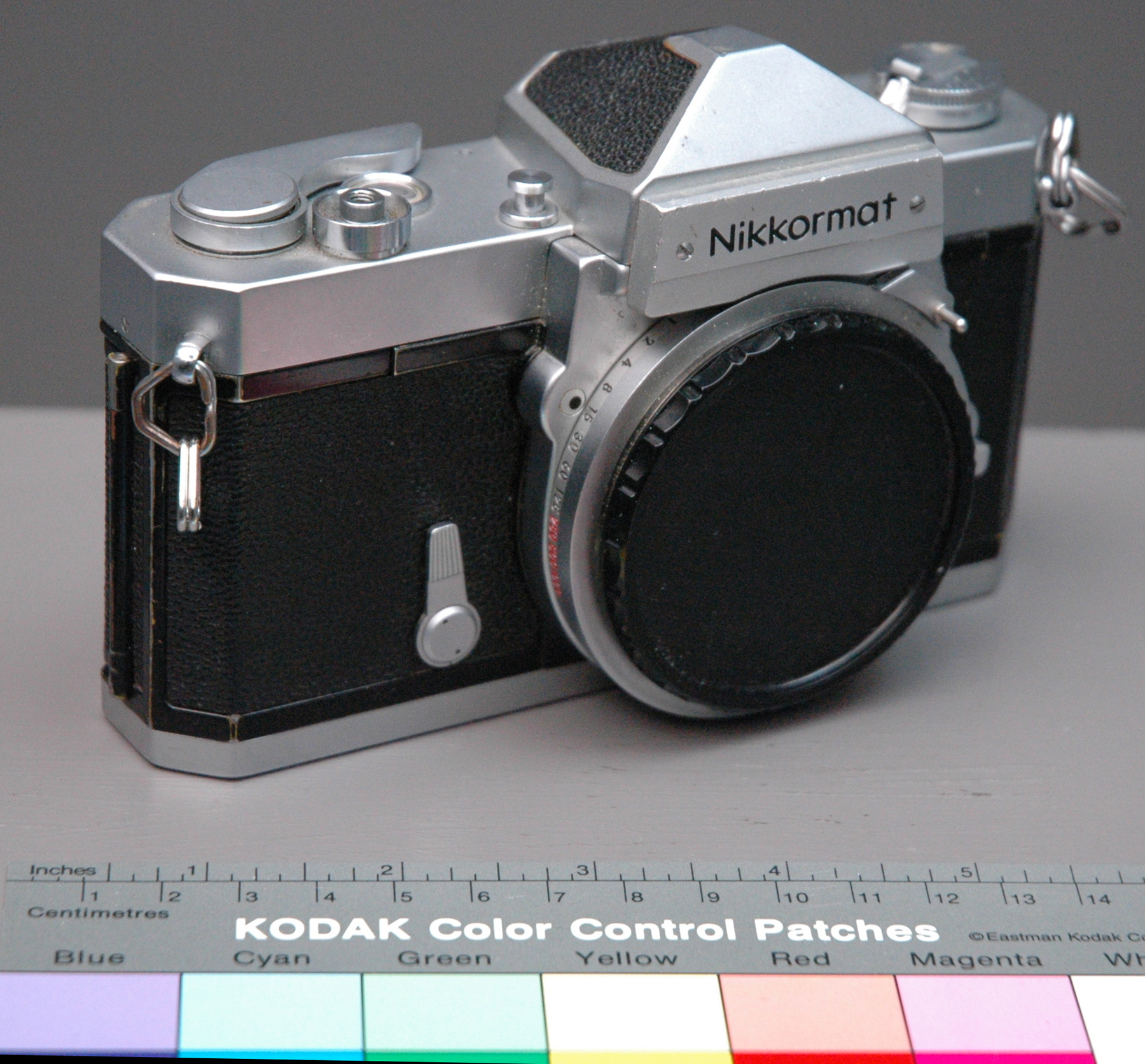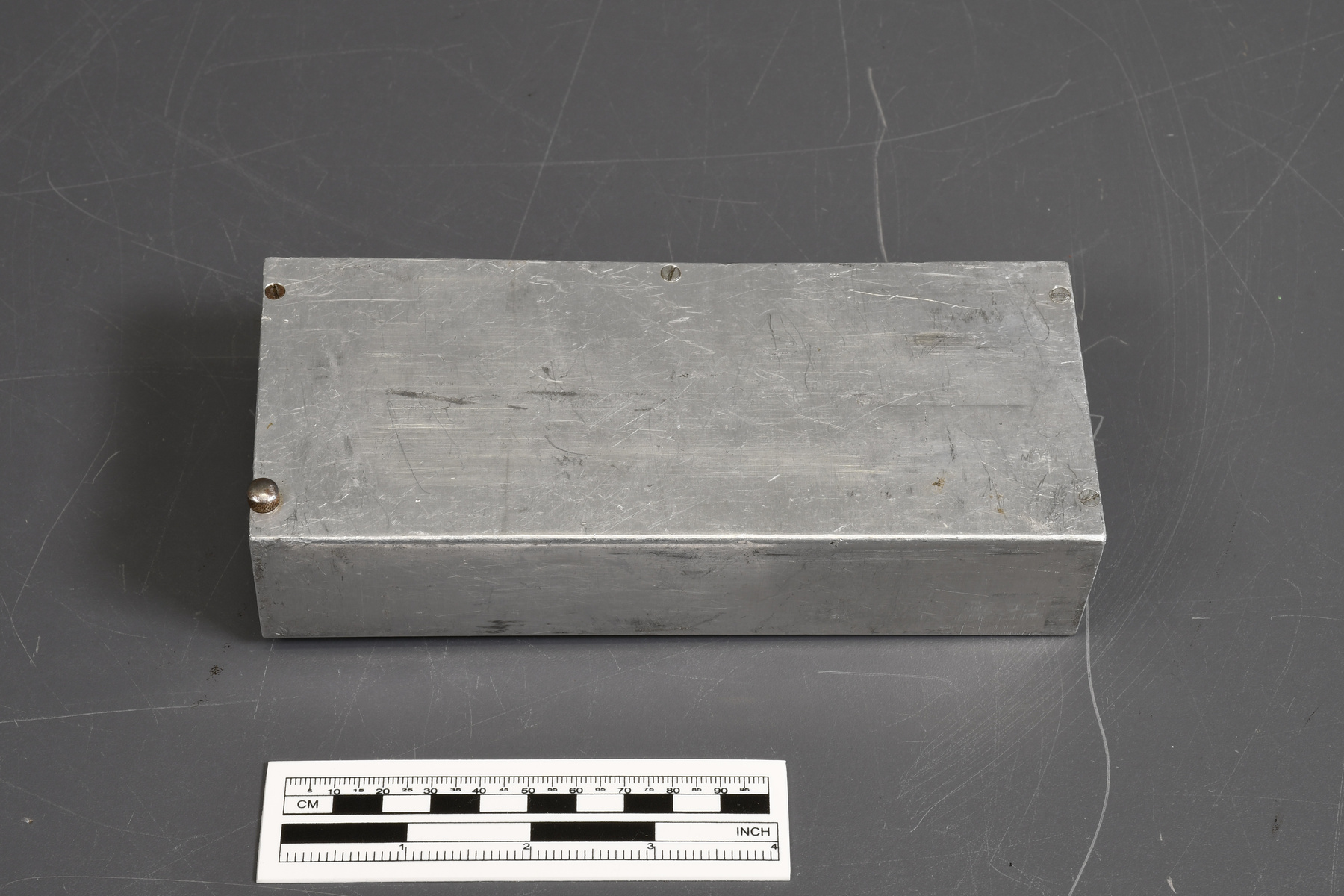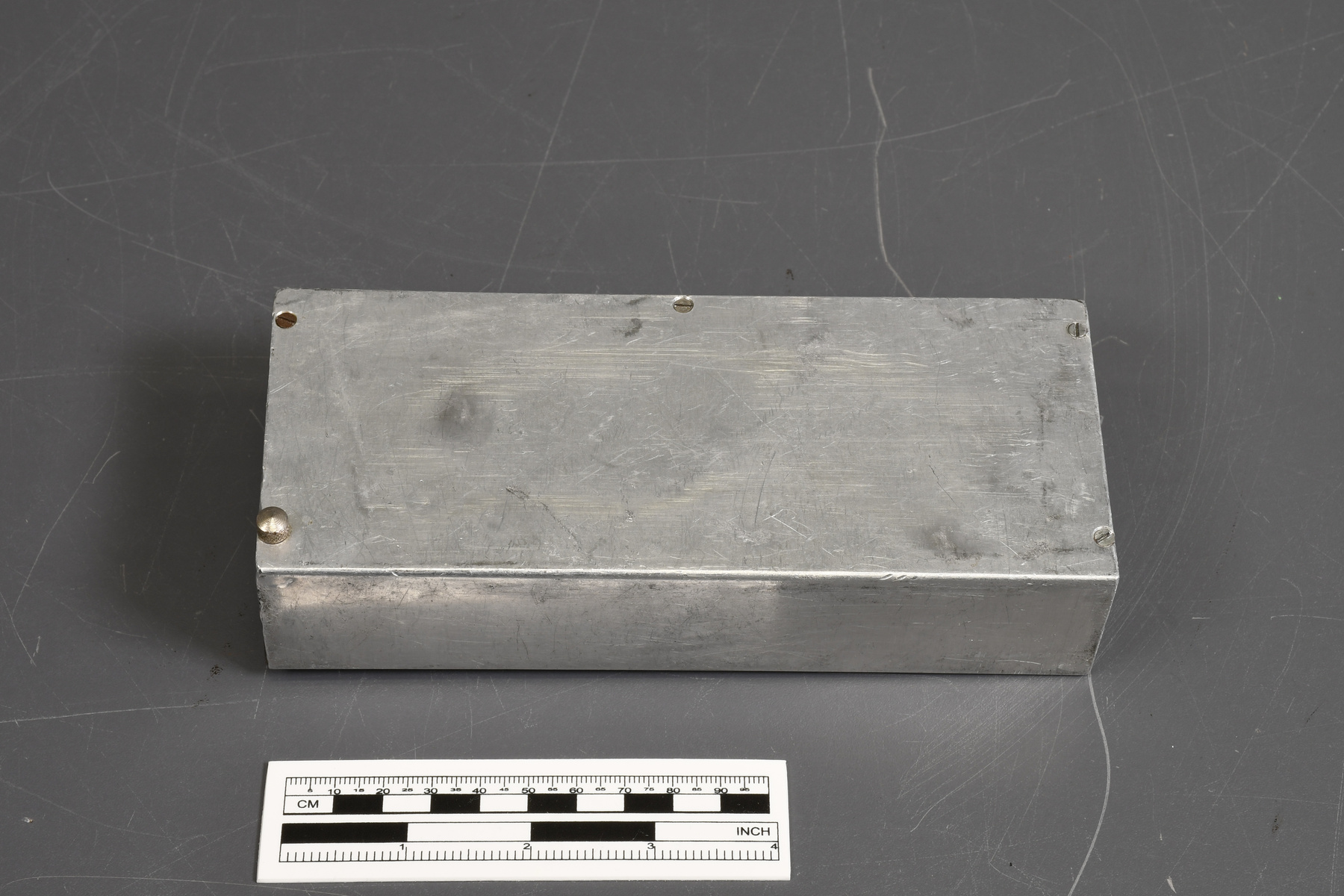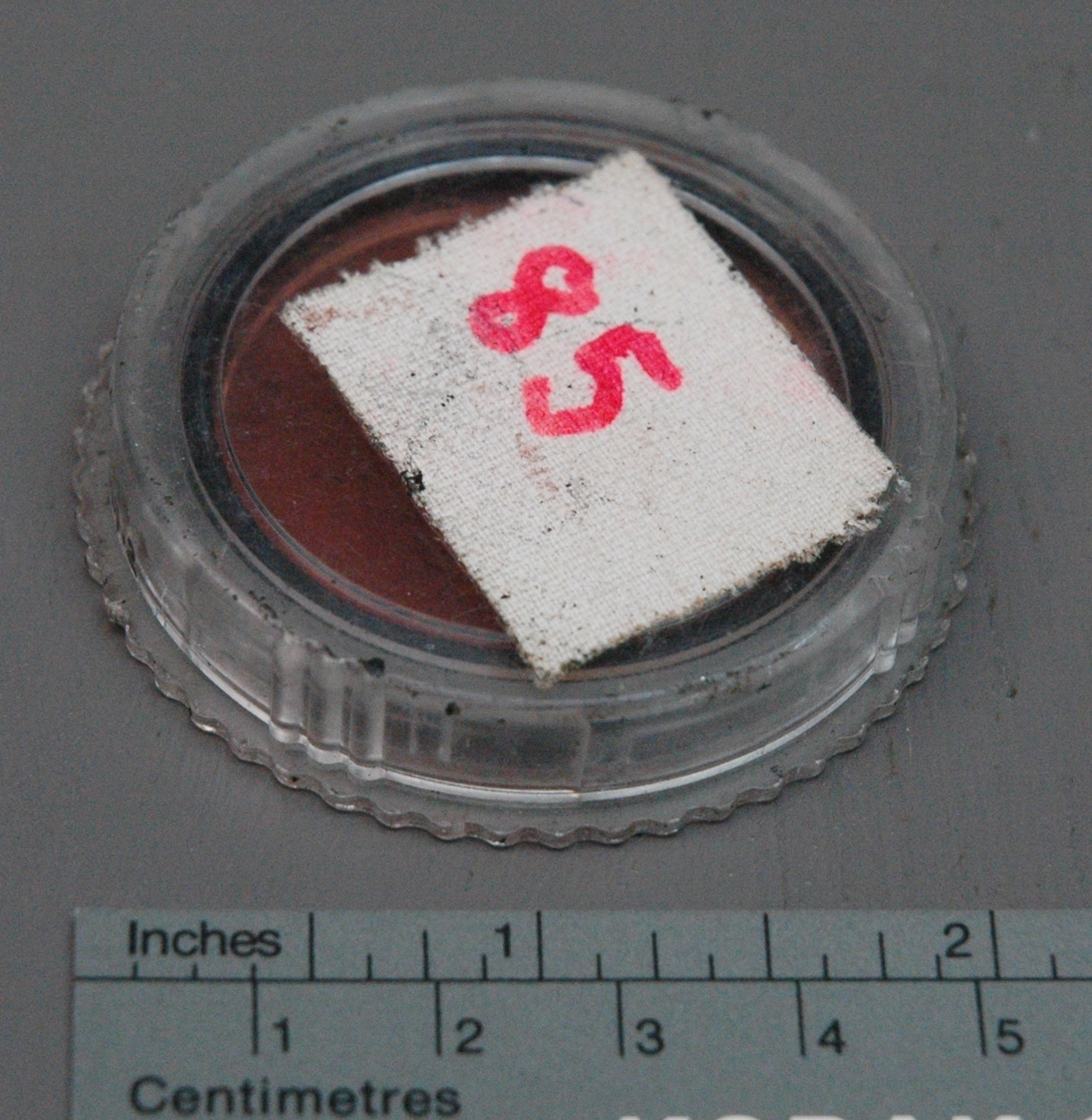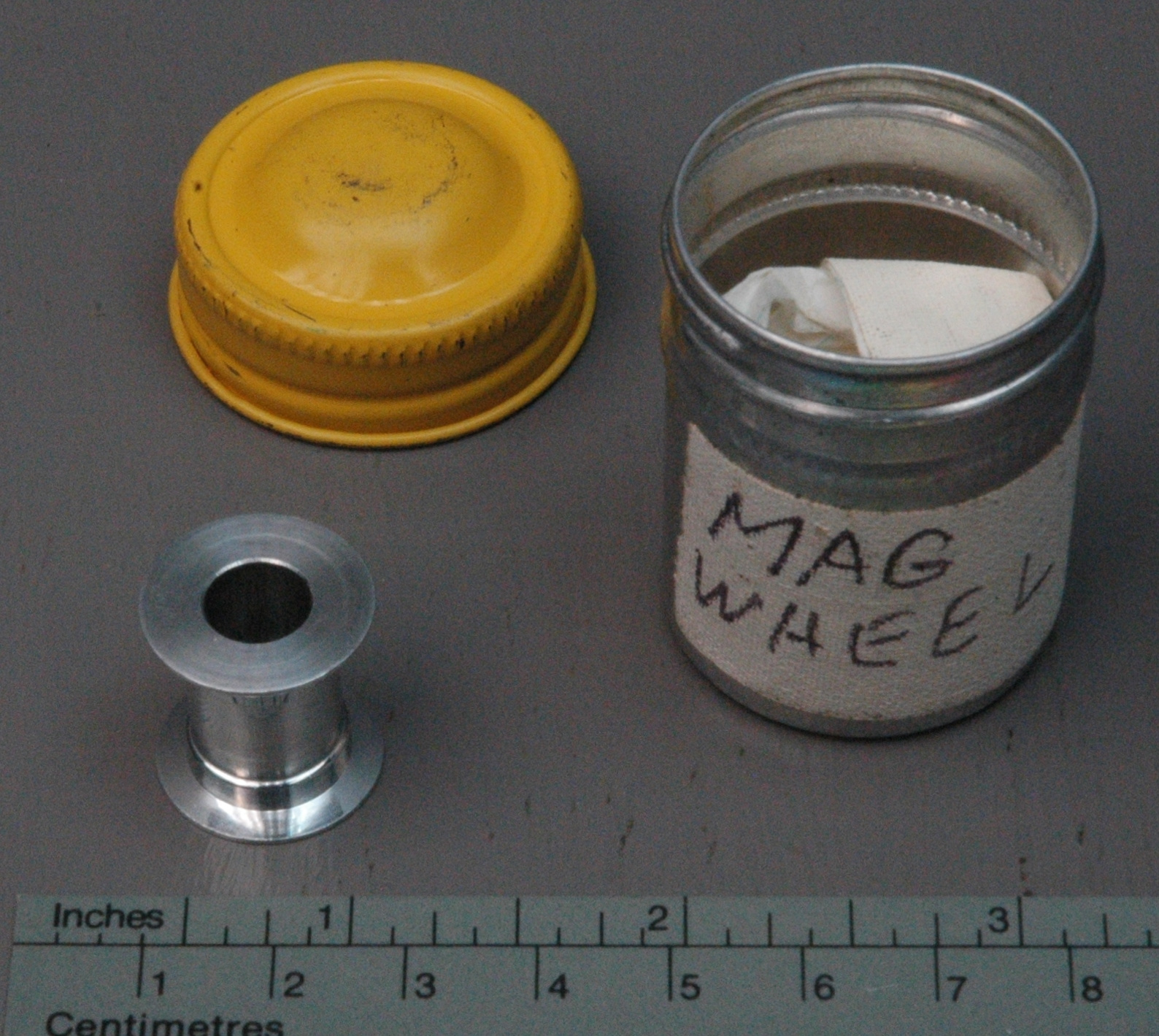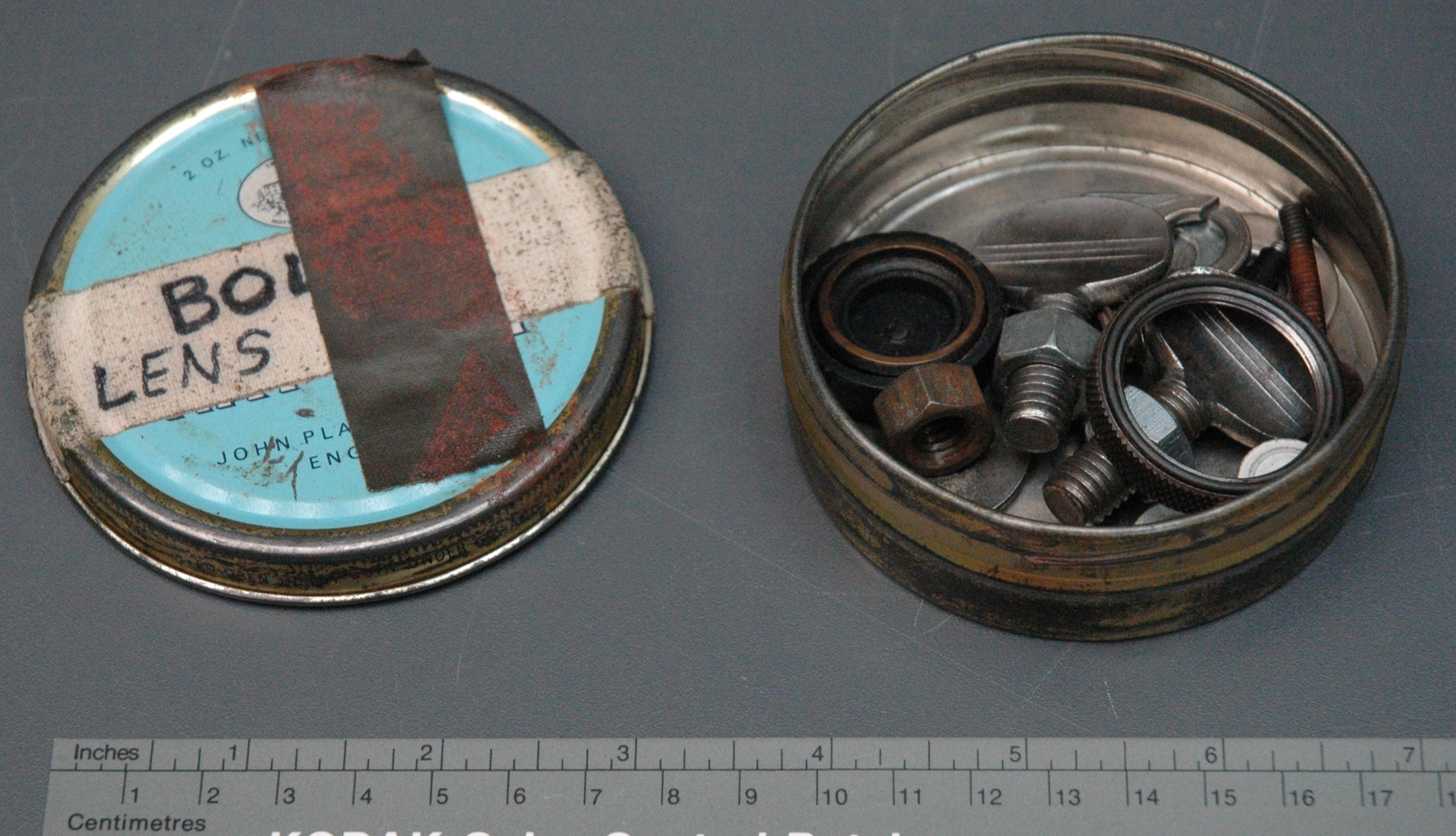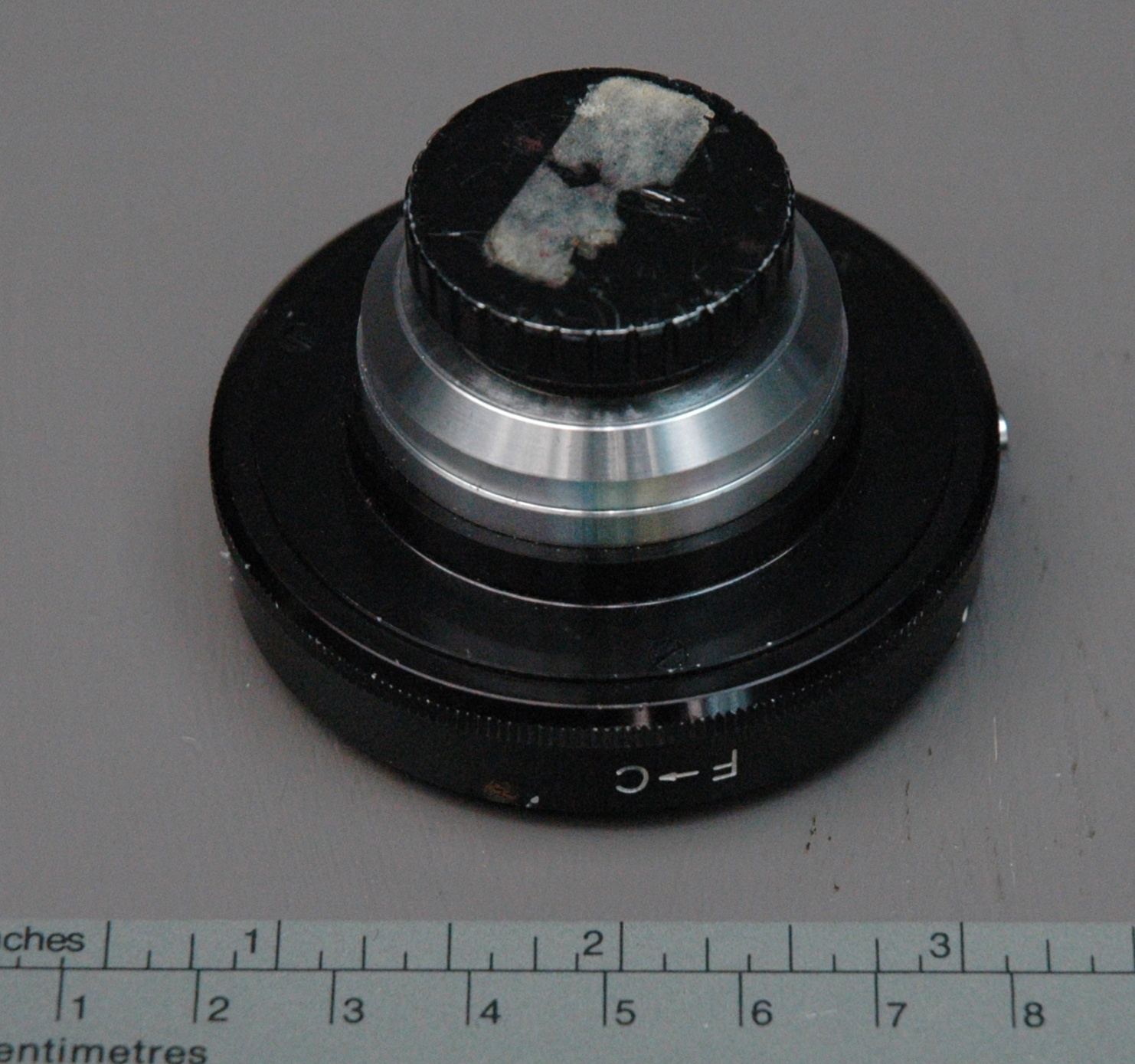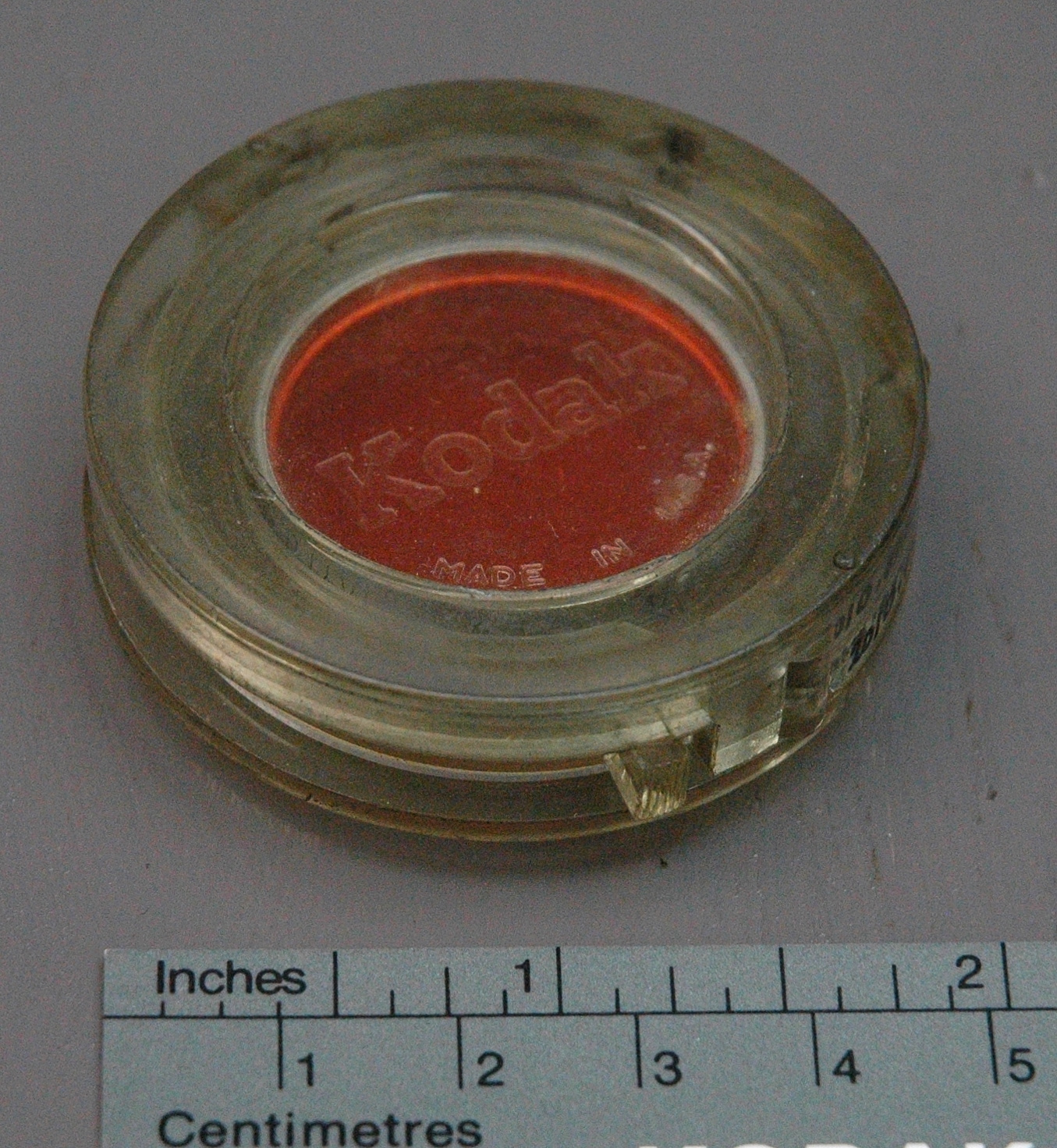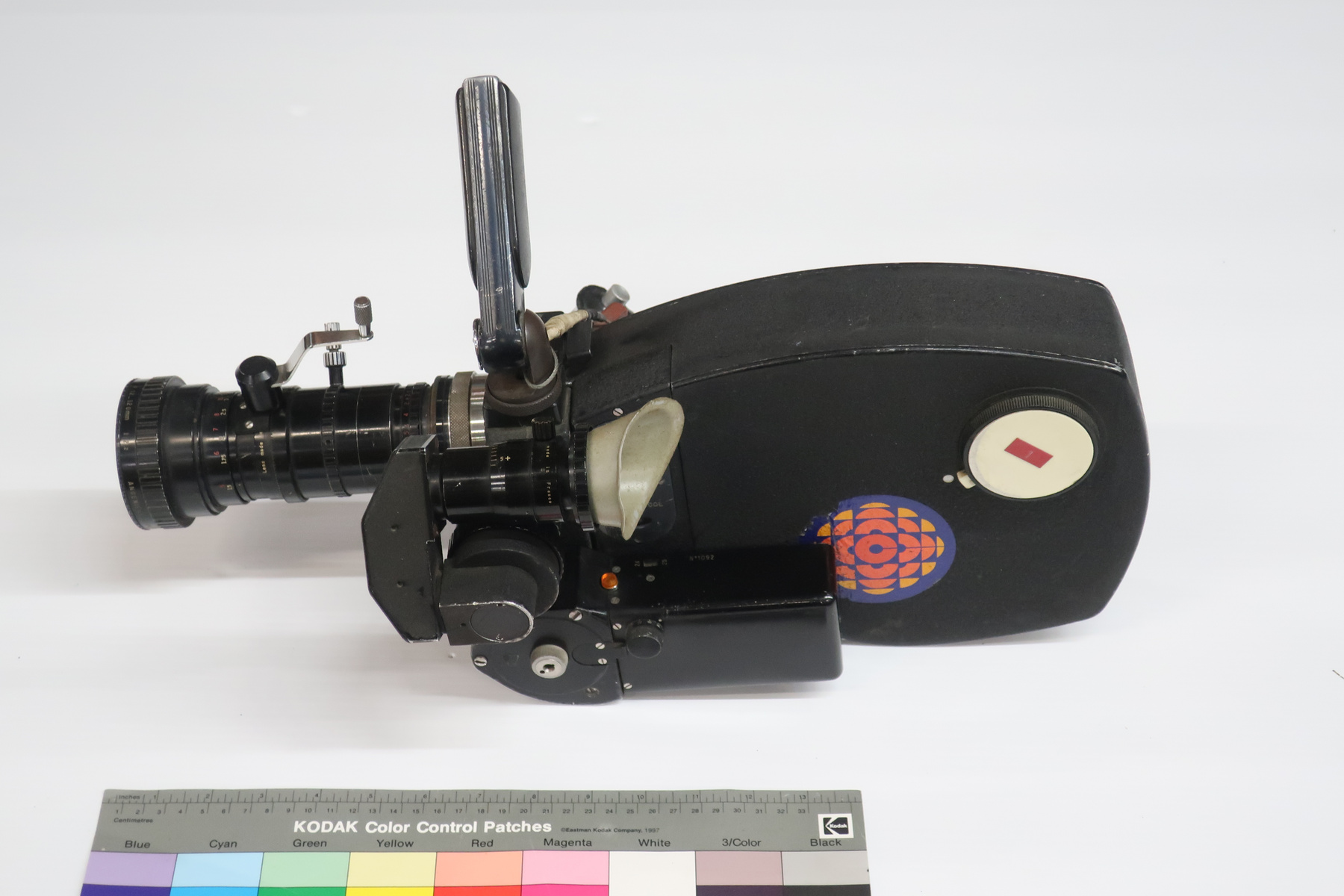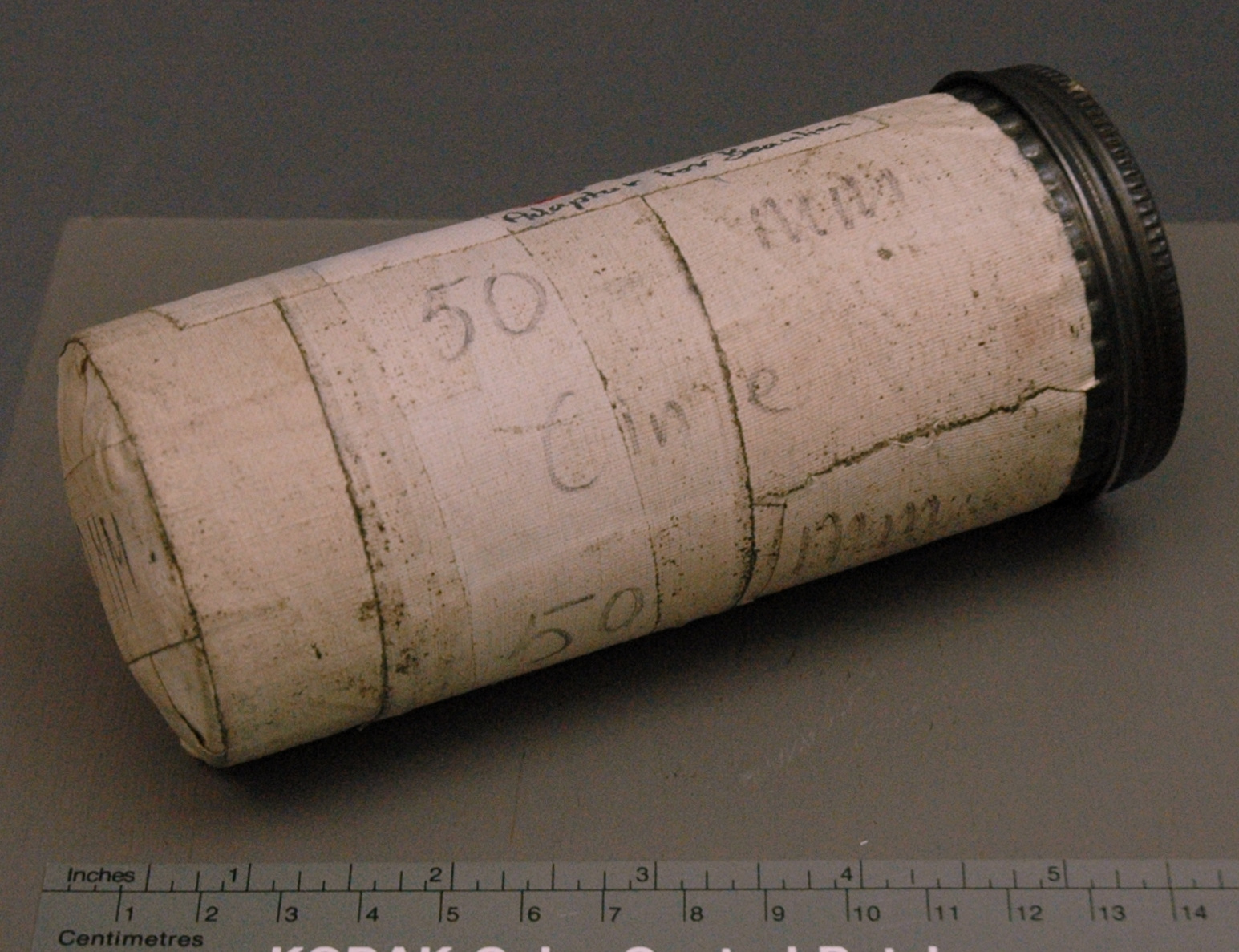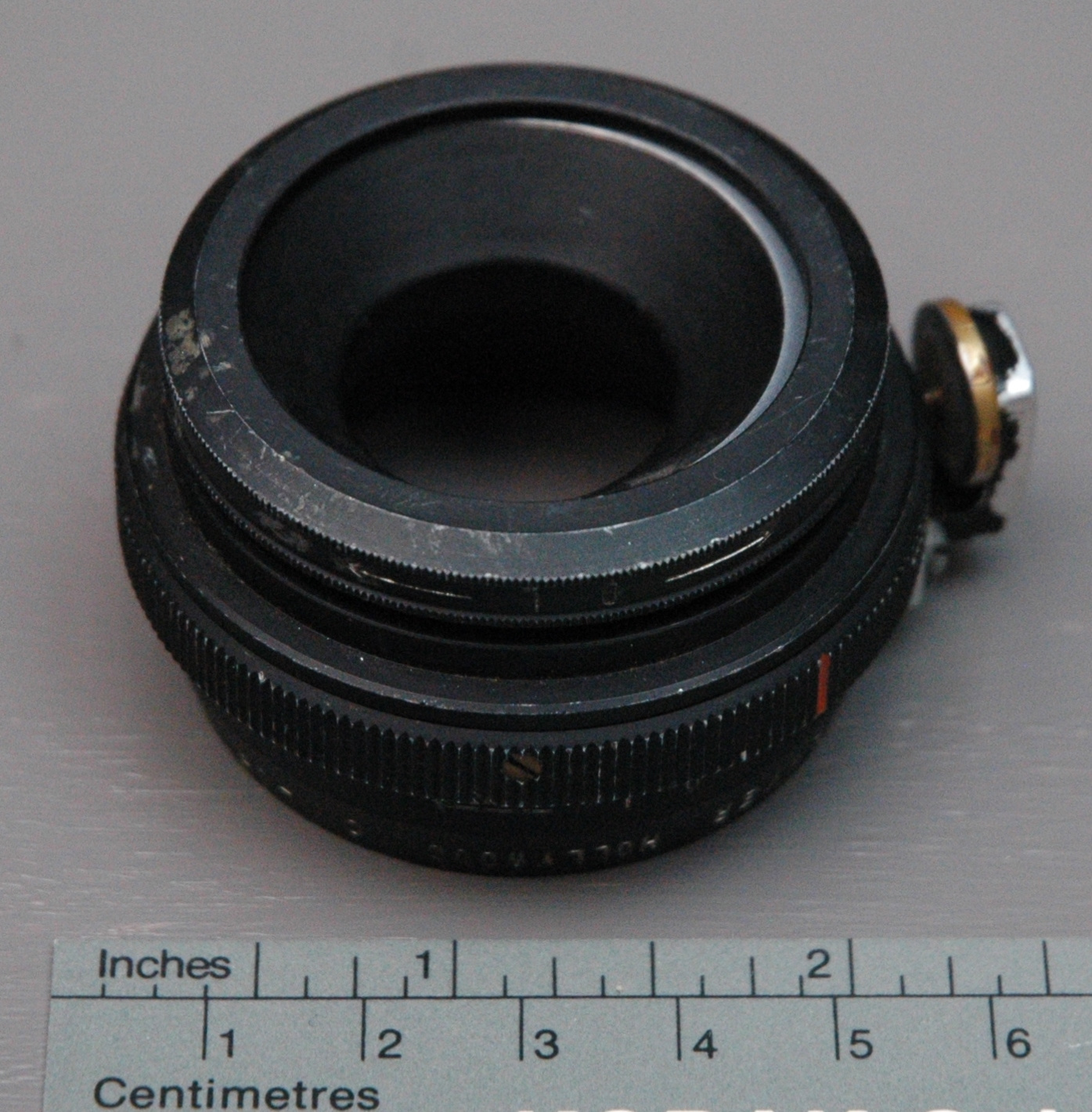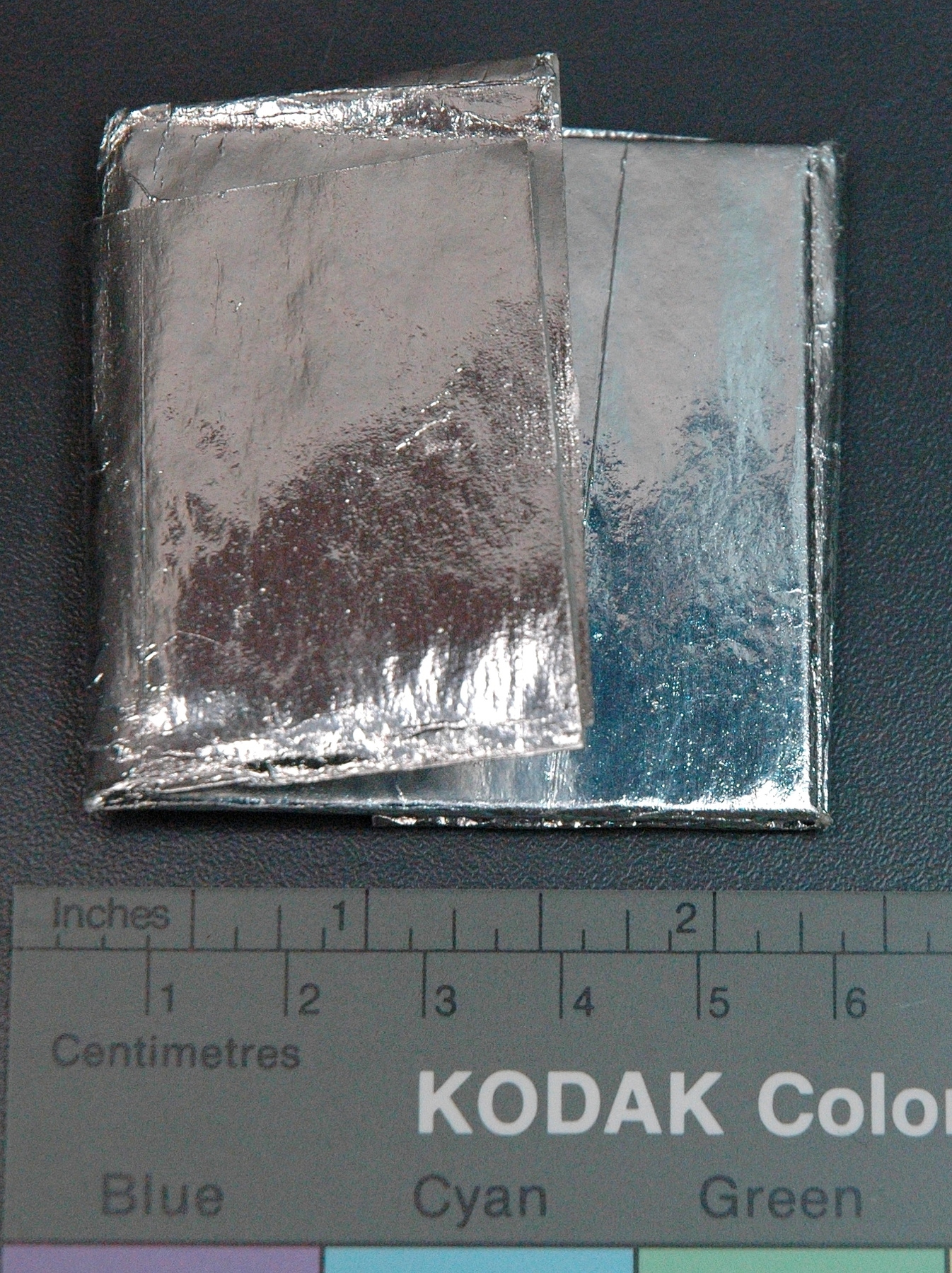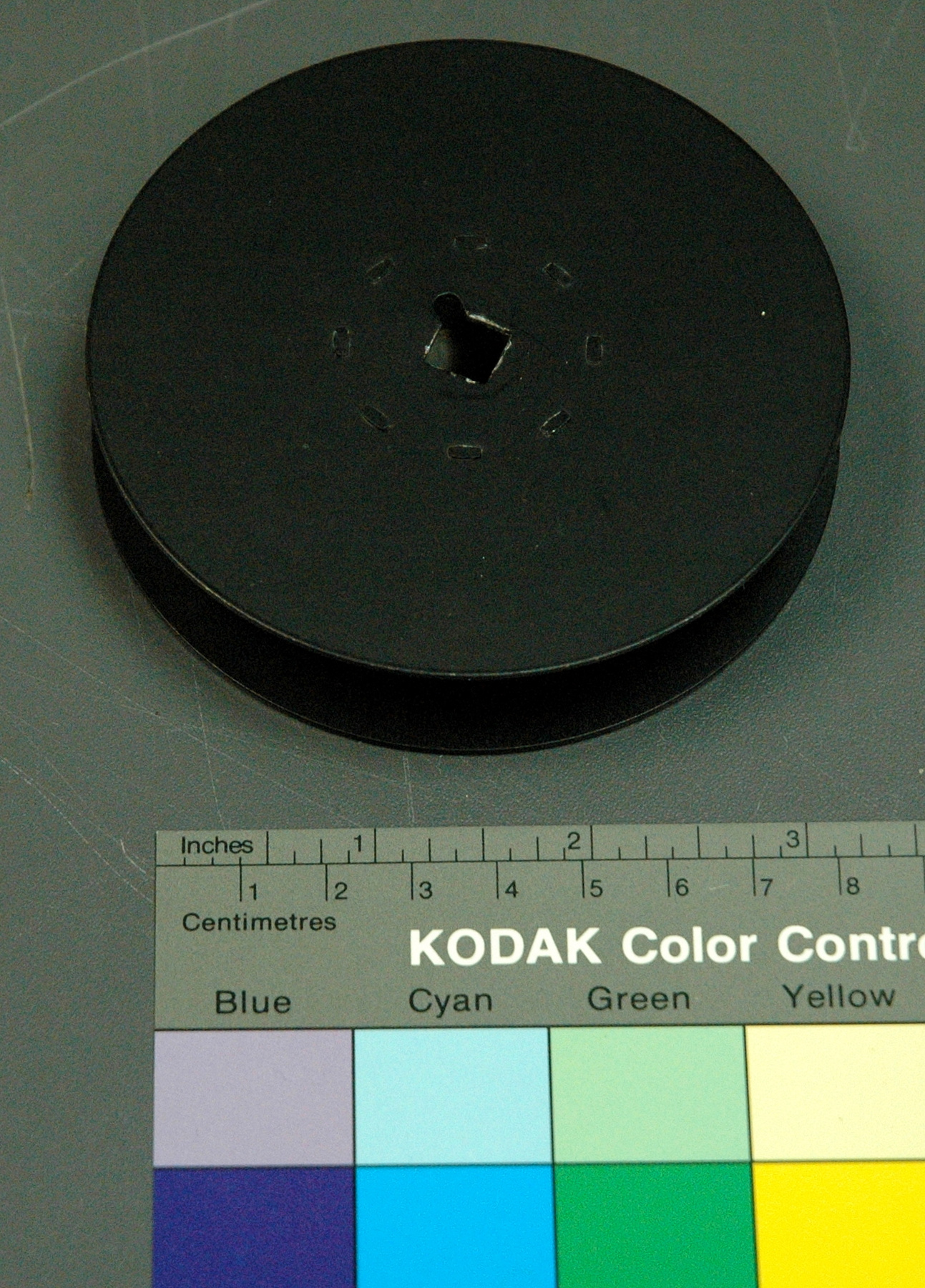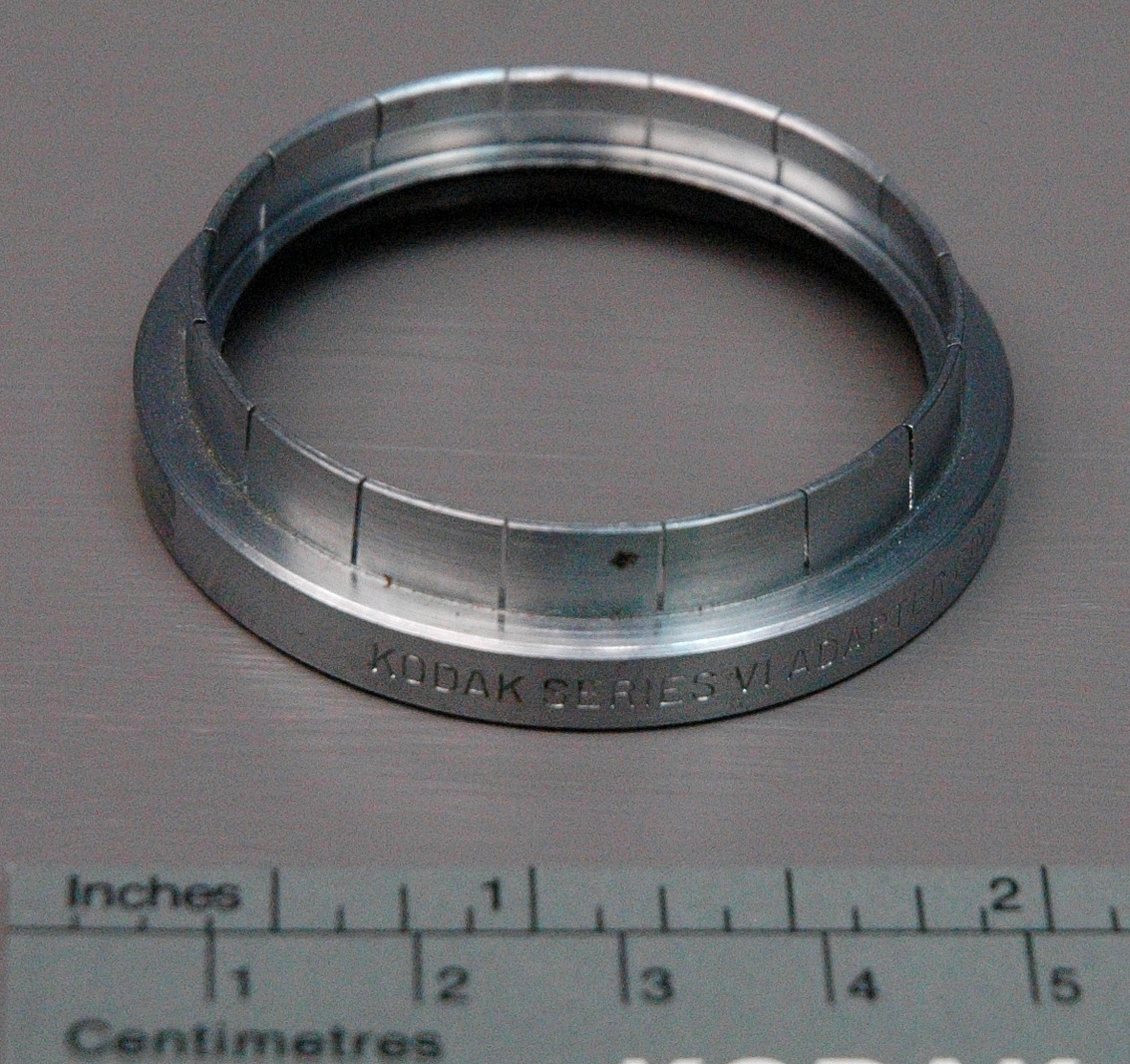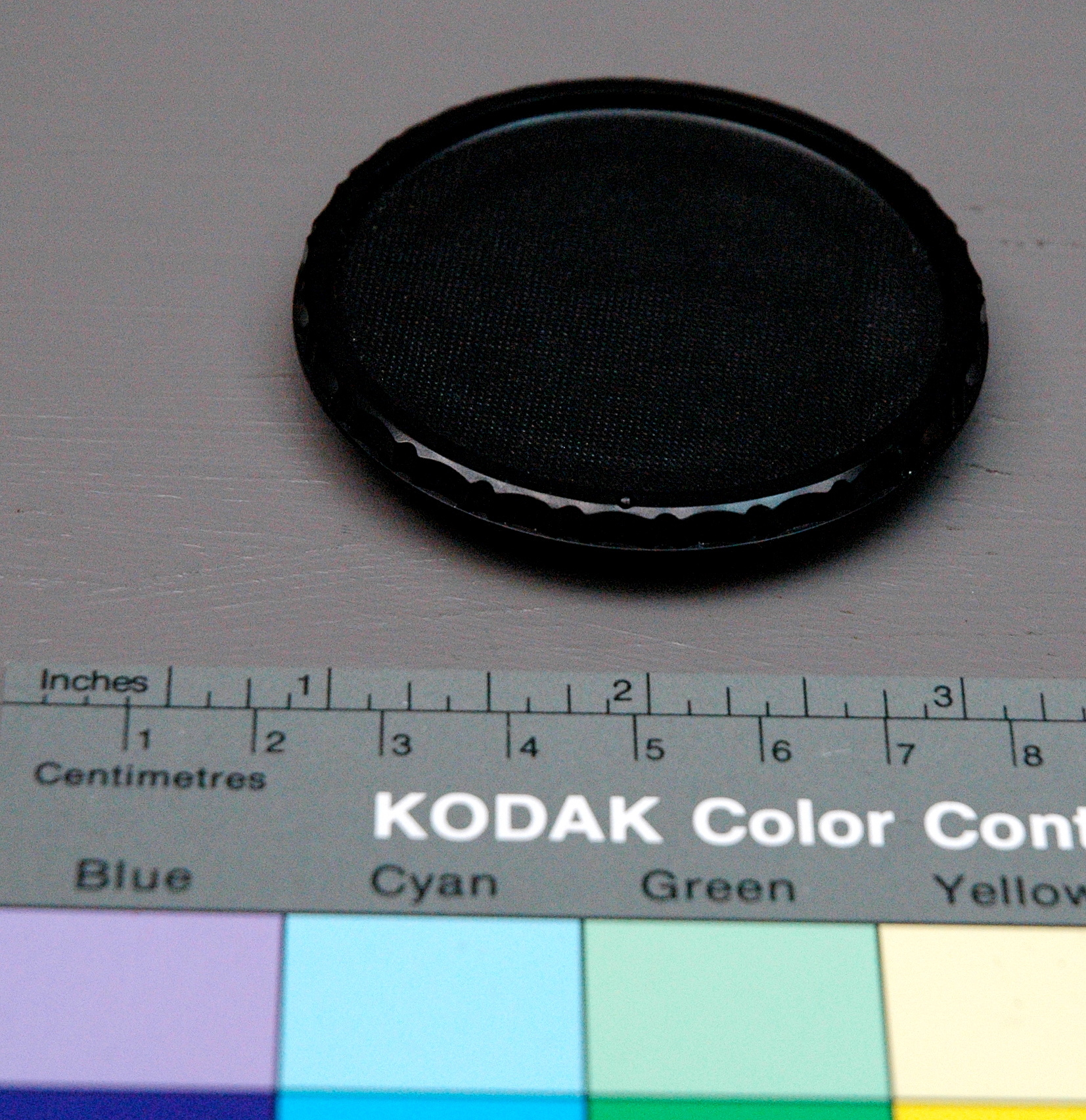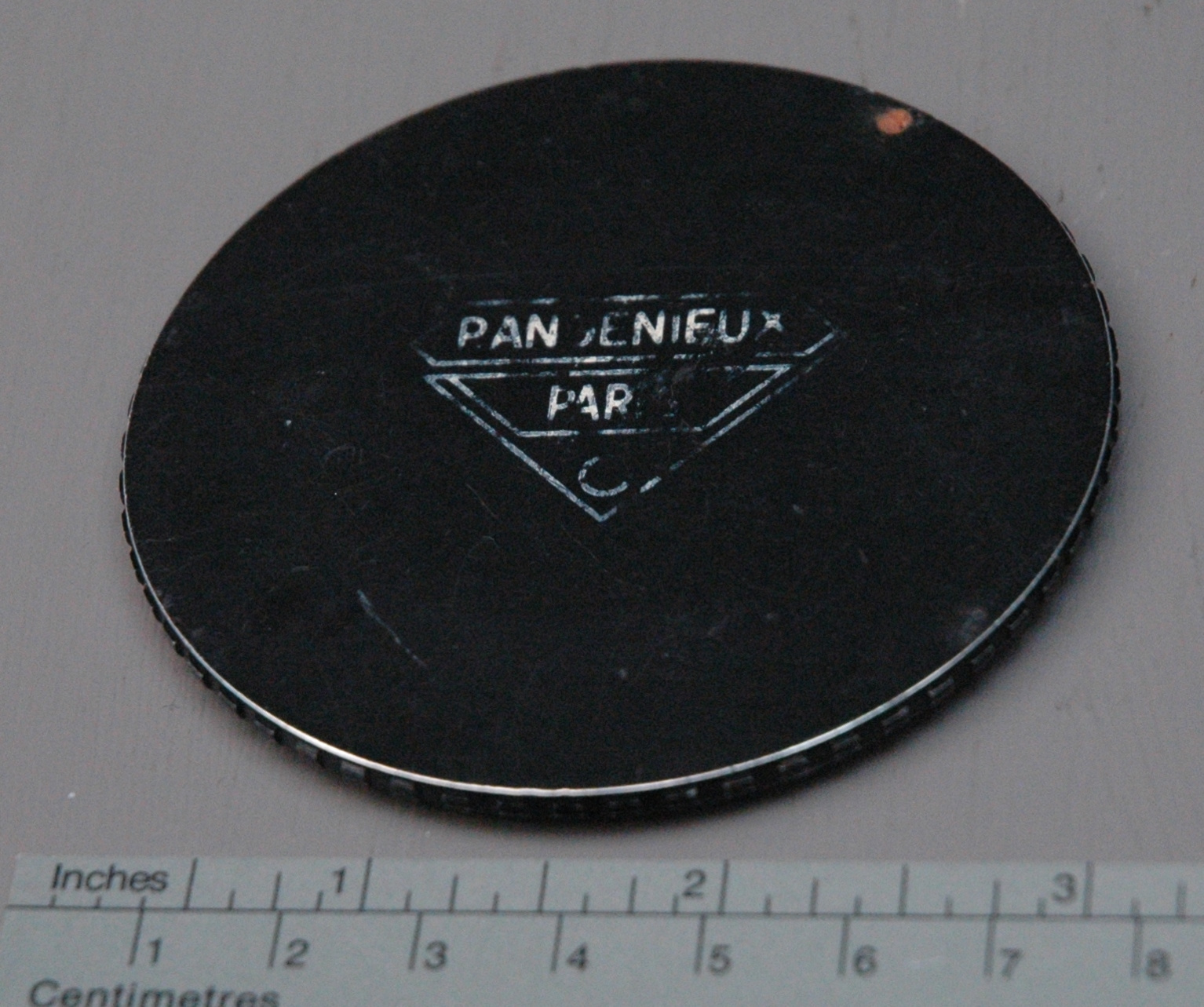Cap, lens
Use this image
Can I reuse this image without permission? Yes
Object images on the Ingenium Collection’s portal have the following Creative Commons license:
Copyright Ingenium / CC BY-NC-ND (Attribution-NonCommercial 4.0 International (CC BY-NC 4.0)
ATTRIBUTE THIS IMAGE
Ingenium,
2010.0206.005
Permalink:
Ingenium is releasing this image under the Creative Commons licensing framework, and encourages downloading and reuse for non-commercial purposes. Please acknowledge Ingenium and cite the artifact number.
DOWNLOAD IMAGEPURCHASE THIS IMAGE
This image is free for non-commercial use.
For commercial use, please consult our Reproduction Fees and contact us to purchase the image.
- OBJECT TYPE
- camera/still/threaded
- DATE
- 1965
- ARTIFACT NUMBER
- 2010.0206.005
- MANUFACTURER
- Angenieux, P.
- MODEL
- Unknown
- LOCATION
- Paris, France
More Information
General Information
- Serial #
- N/A
- Part Number
- 5
- Total Parts
- 17
- AKA
- N/A
- Patents
- N/A
- General Description
- Cast silver metal has flat black finish; white text and graphics.
Dimensions
Note: These reflect the general size for storage and are not necessarily representative of the object's true dimensions.
- Length
- N/A
- Width
- N/A
- Height
- N/A
- Thickness
- N/A
- Weight
- N/A
- Diameter
- 7.2 cm
- Volume
- N/A
Lexicon
- Group
- Photography
- Category
- Cine camera parts
- Sub-Category
- N/A
Manufacturer
- AKA
- Angenieux
- Country
- France
- State/Province
- Unknown
- City
- Paris
Context
- Country
- Canada
- State/Province
- Quebec
- Period
- Unknown
- Canada
-
Owned and used by Canadian film maker Bill Mason, who achieved international recognition for his wilderness and canoeing documentaries in the 1960s and 1970s. - Function
-
To protect surface of lens from dust, loose dirt, etc. - Technical
-
The Bill Mason collection consists of typical cameras and other equipment in the 16 mm format widely used by documentary film makers in Canada in this period. Due to its relatively light weight (touted by the maker as the world’s lightest) and reflex view finding system, the Beaulieu R16 was marketed as a news camera, although company literature also suggested it was ideal for industrial and scientific film making. Called by one authority a “reasonably sturdy, well designed, versatile, beautifully finished and easy-to-use machine,” the Beaulieu was less expensive than such competitors as the Arriflex 16BL and Éclair NPR cameras, although also not as quiet or robust (Lipton, 132). The Beaulieu reflex viewfinder system consists of a mirror on the reciprocating shutter that directs light passing through the lens to a ground glass viewing screen during intervals when the shutter is closed. Unlike the more limited reflex viewer on the Ciné Special, this system enables accurate focus and depth of field evaluation while filming, even when zooming or switching from one subject to another. A built-in reflex photocell, meanwhile, displays a light reading in the viewfinder to guide the operator in adjusting the diaphragm setting. Unlike the spring-driven Ciné Special, the Beaulieu R16 is powered by a transistor regulated electric motor that provides stability over a range of speeds (2-64 fps) while a sync pulse socket enables connection and synchronous operation with an audio tape recorder (although Mason appears not to have used the Beaulieu for synchronous sound filming). The drive train offers a variety of standard special effects features: reverse drive for fades and dissolves, single frame filming for animation and time lapse photography and variable speed for slow and fast motion sequences. This example features a fixed turret with an Angenieux 12-120 mm, f2.2 zoom lens and a shop-built zoom lens support (likely made by NFB technicians) used because of a tendency for the R16 turret to warp under the weight of the large lens (the R16 was also available with a rotary turret holding up to three lenses of different focal lengths). [Cont'd in Notes] - Area Notes
-
Unknown
Details
- Markings
- "P. ANGENIEUX/ PARIS/ [O ?]" printed in white on cap top.
- Missing
- None.
- Finish
- Cast silver metal has flat black finish; white text and graphics.
- Decoration
- N/A
CITE THIS OBJECT
If you choose to share our information about this collection object, please cite:
Angenieux, P., Cap, lens, circa 1965, Artifact no. 2010.0206, Ingenium – Canada’s Museums of Science and Innovation, http://collection.ingeniumcanada.org/en/item/2010.0206.005/
FEEDBACK
Submit a question or comment about this artifact.
More Like This
